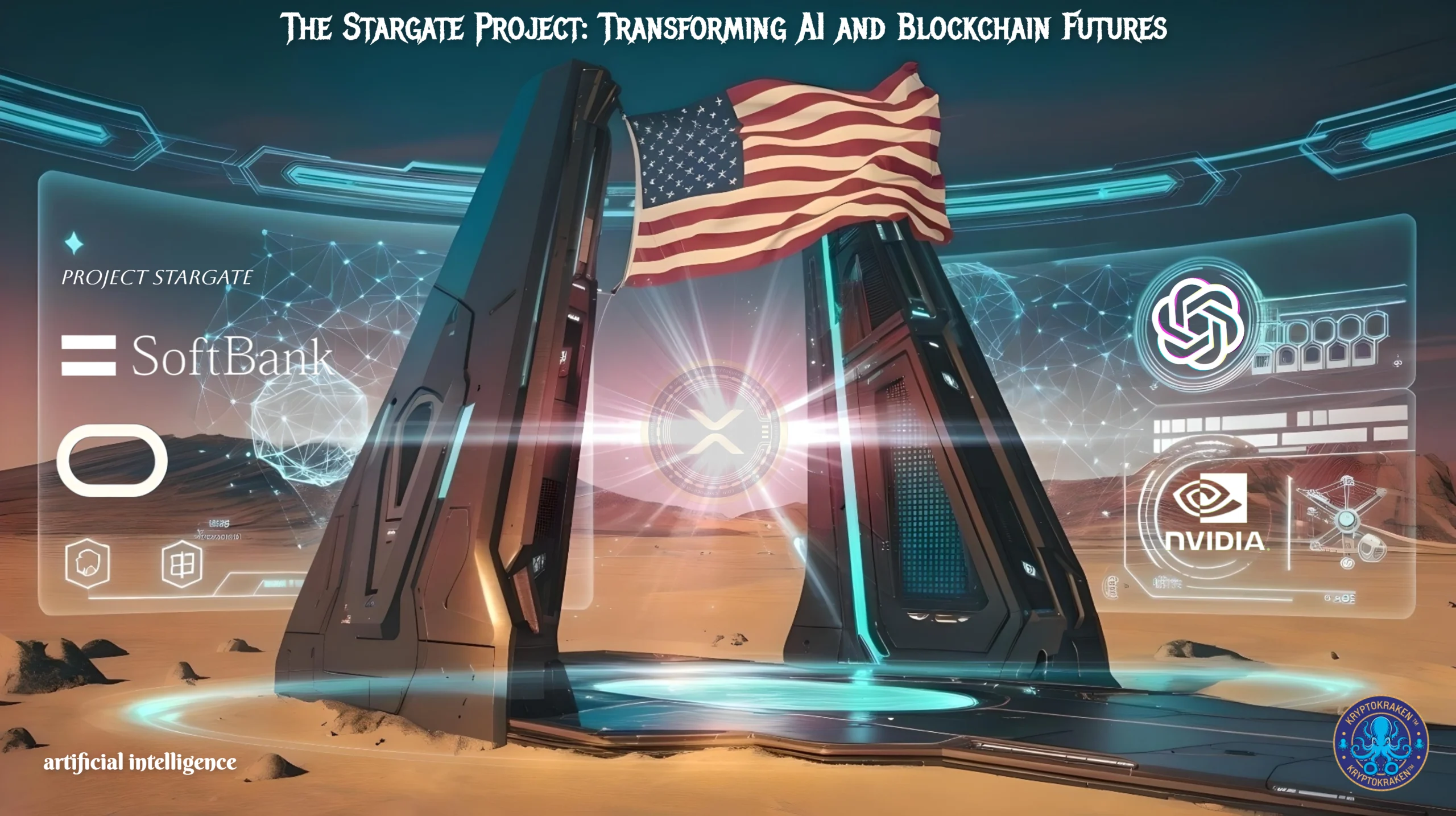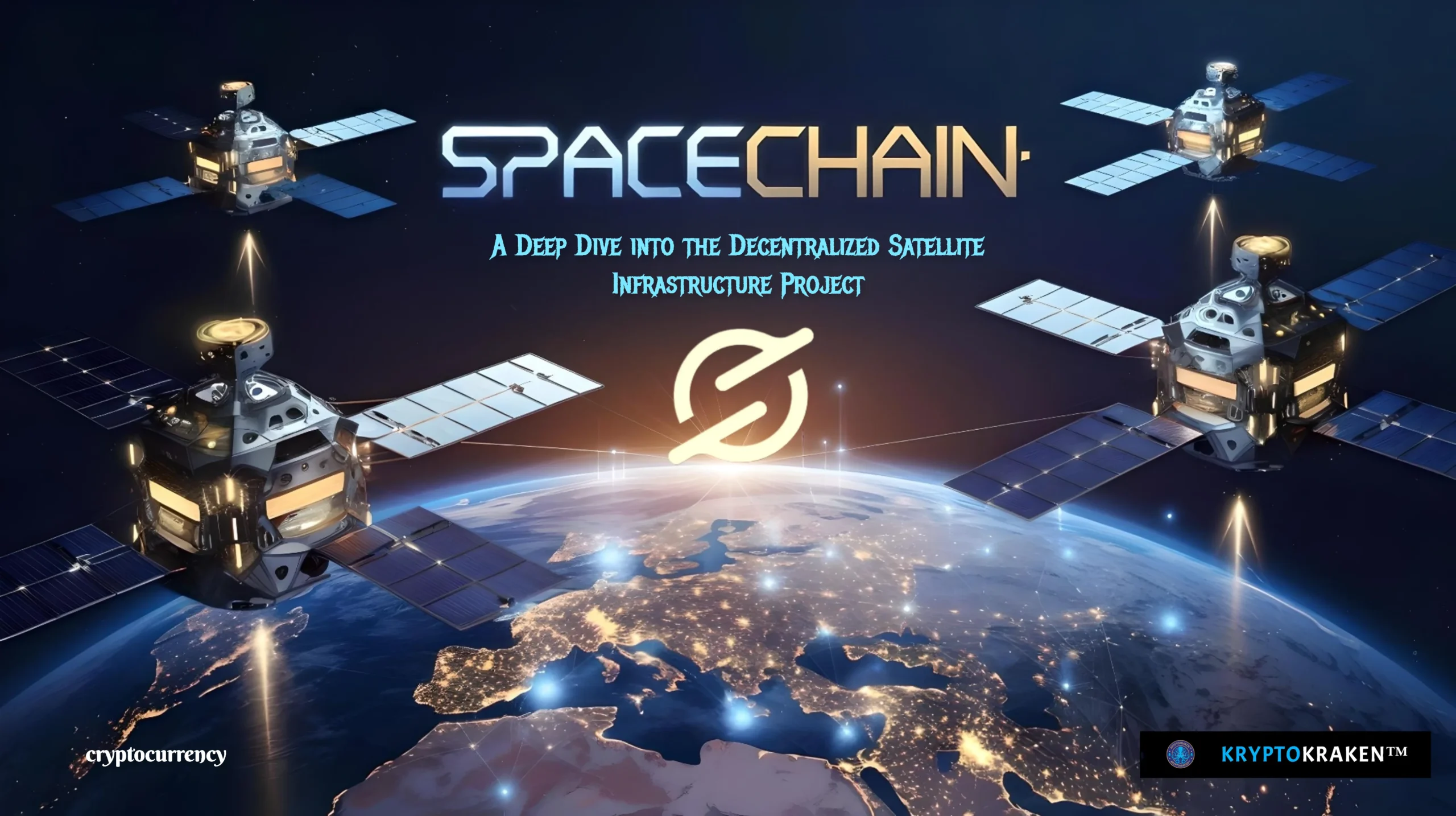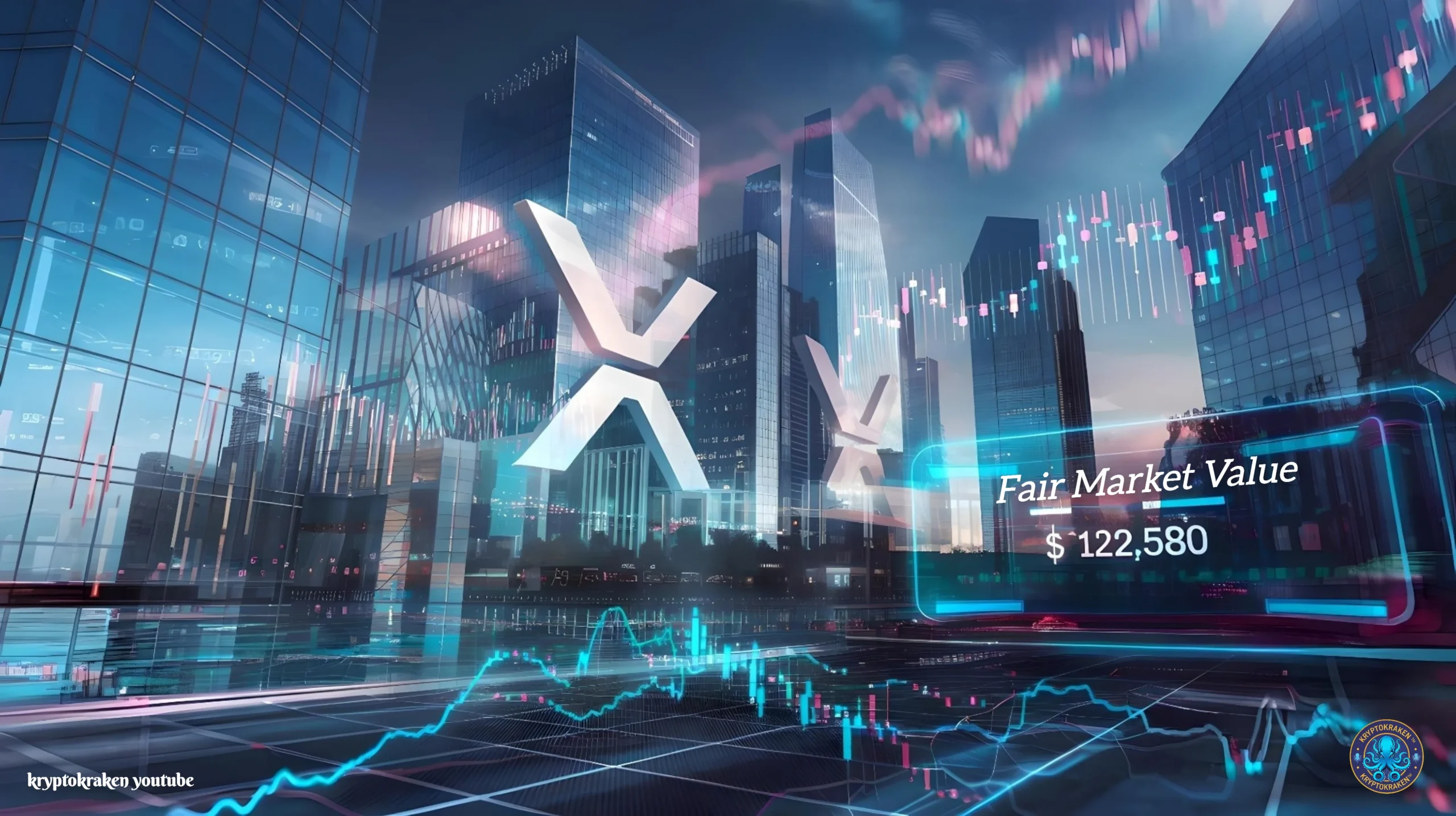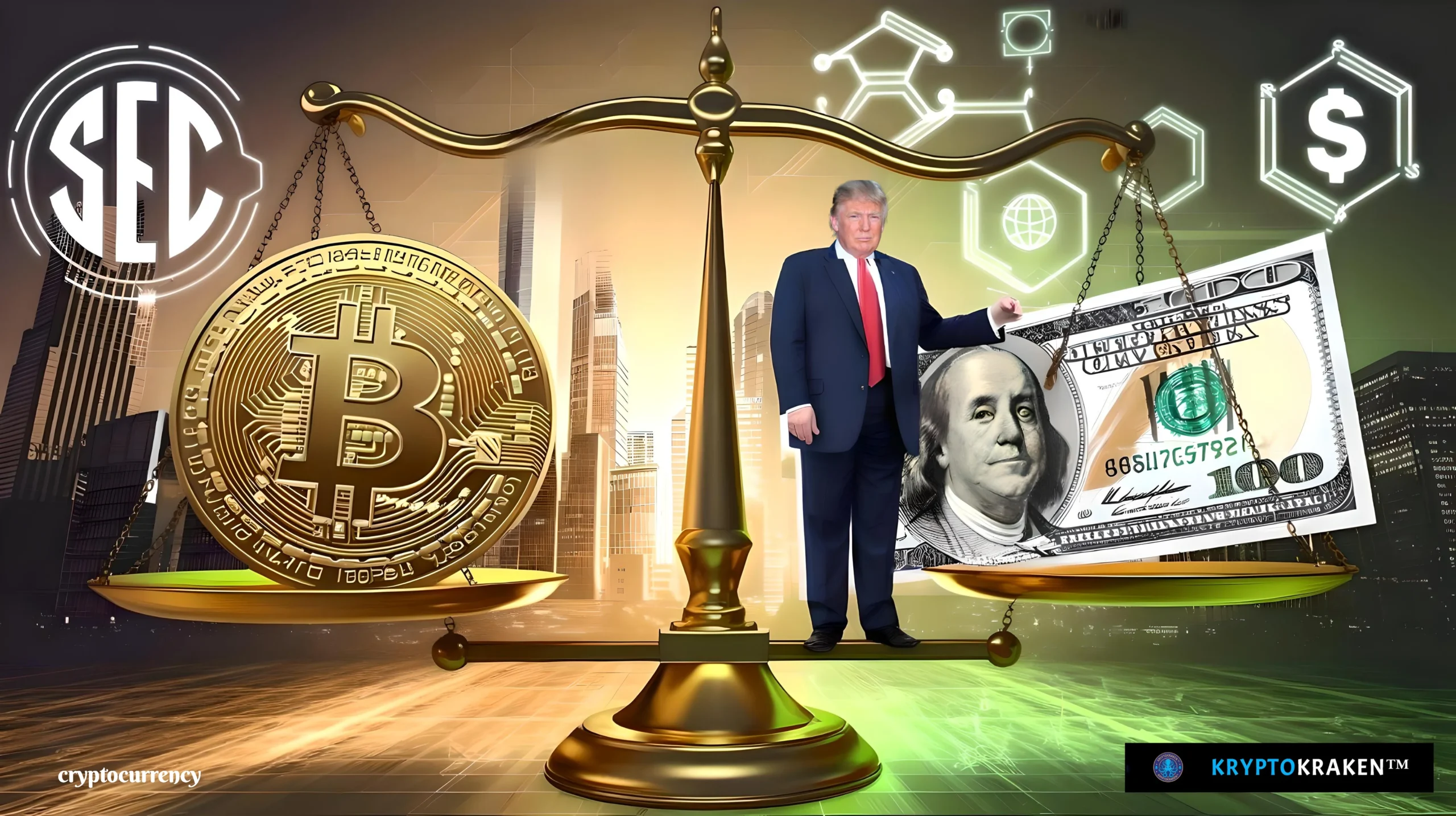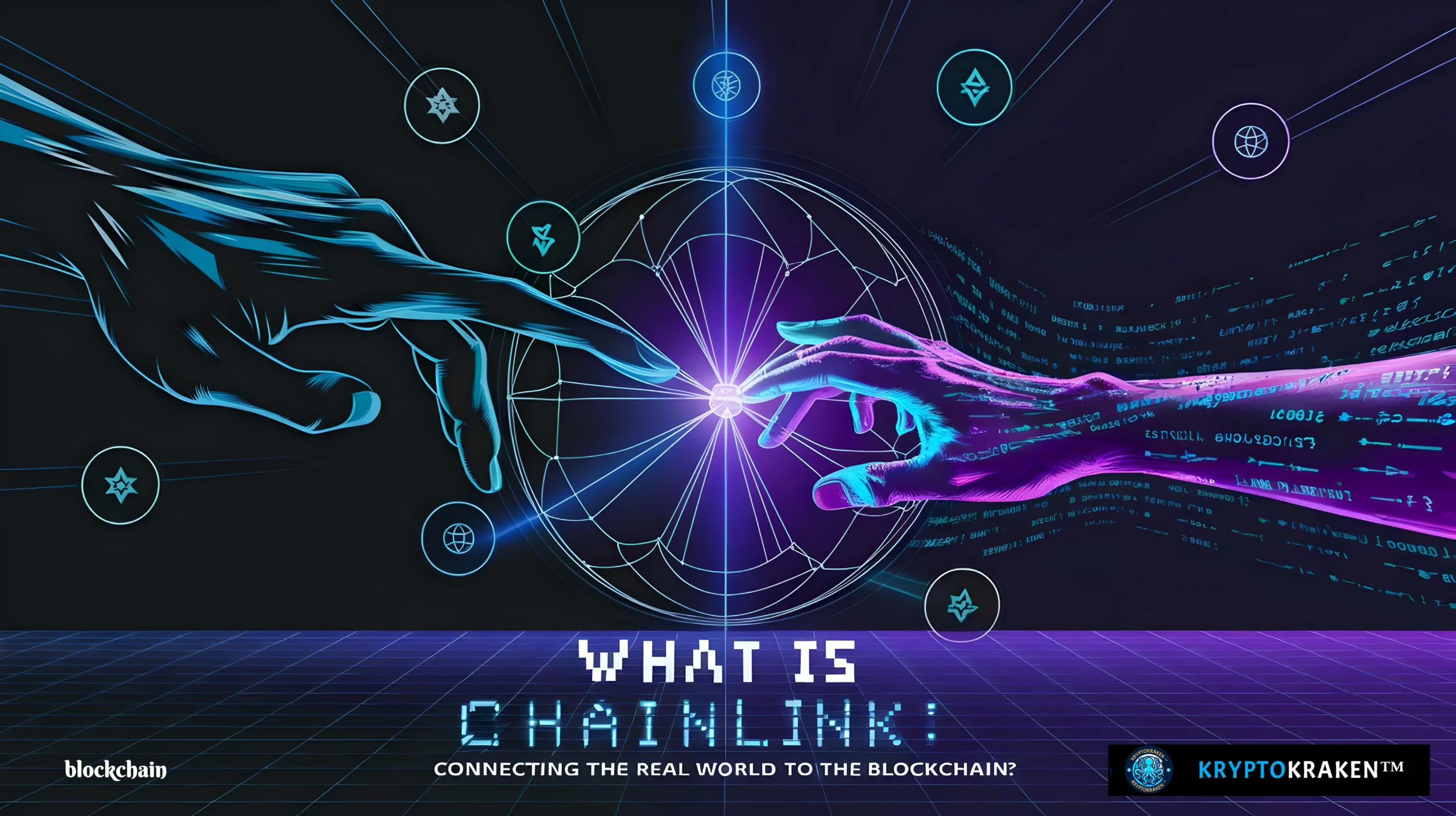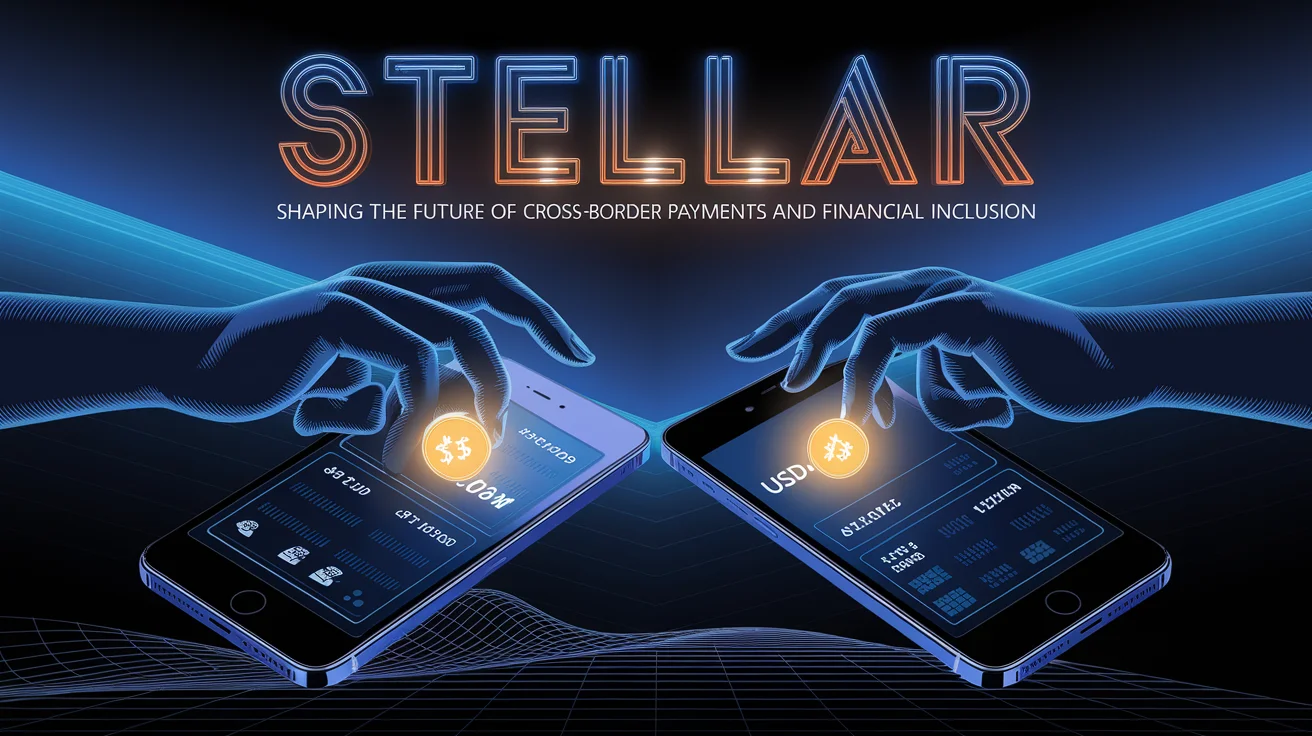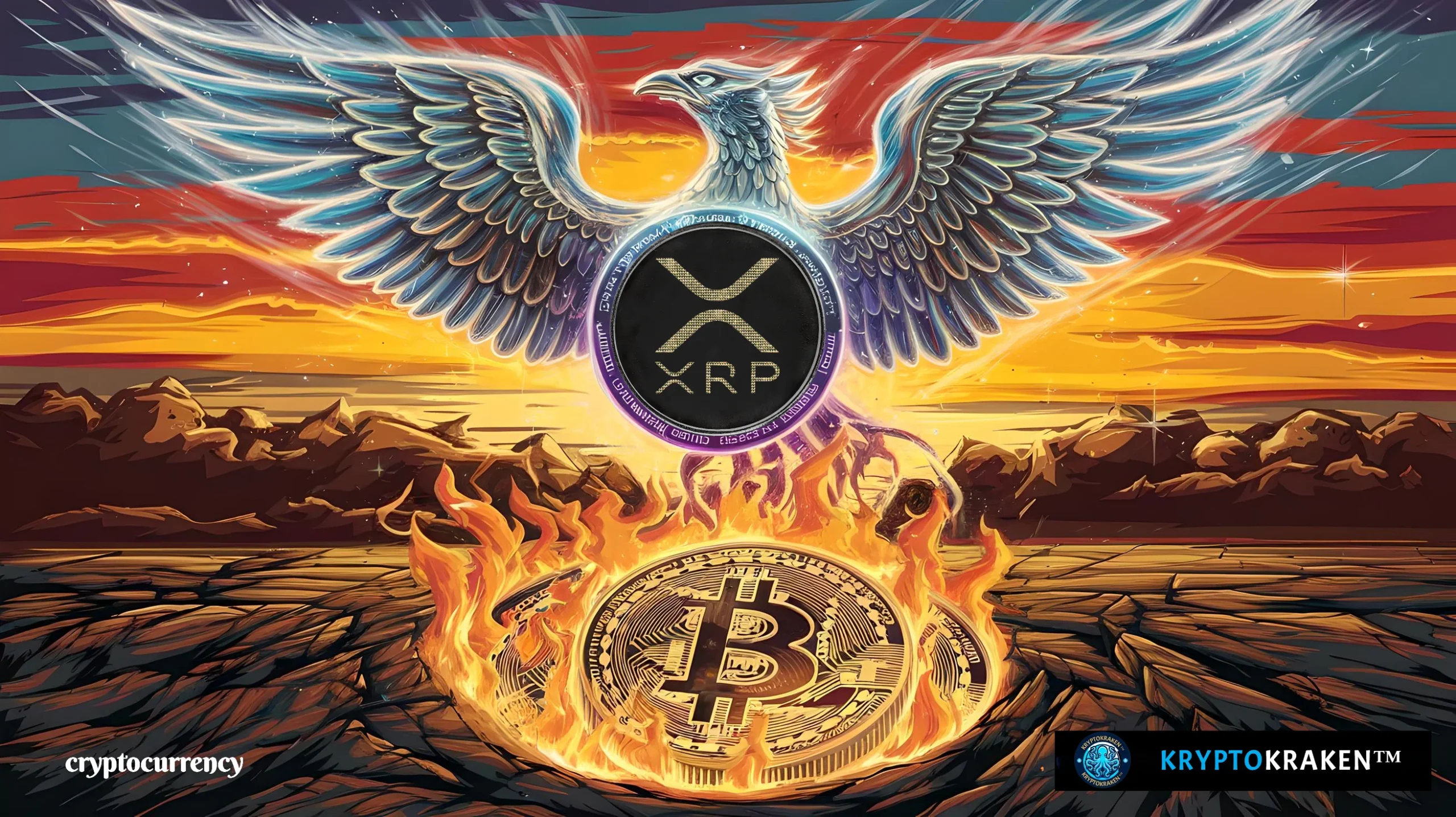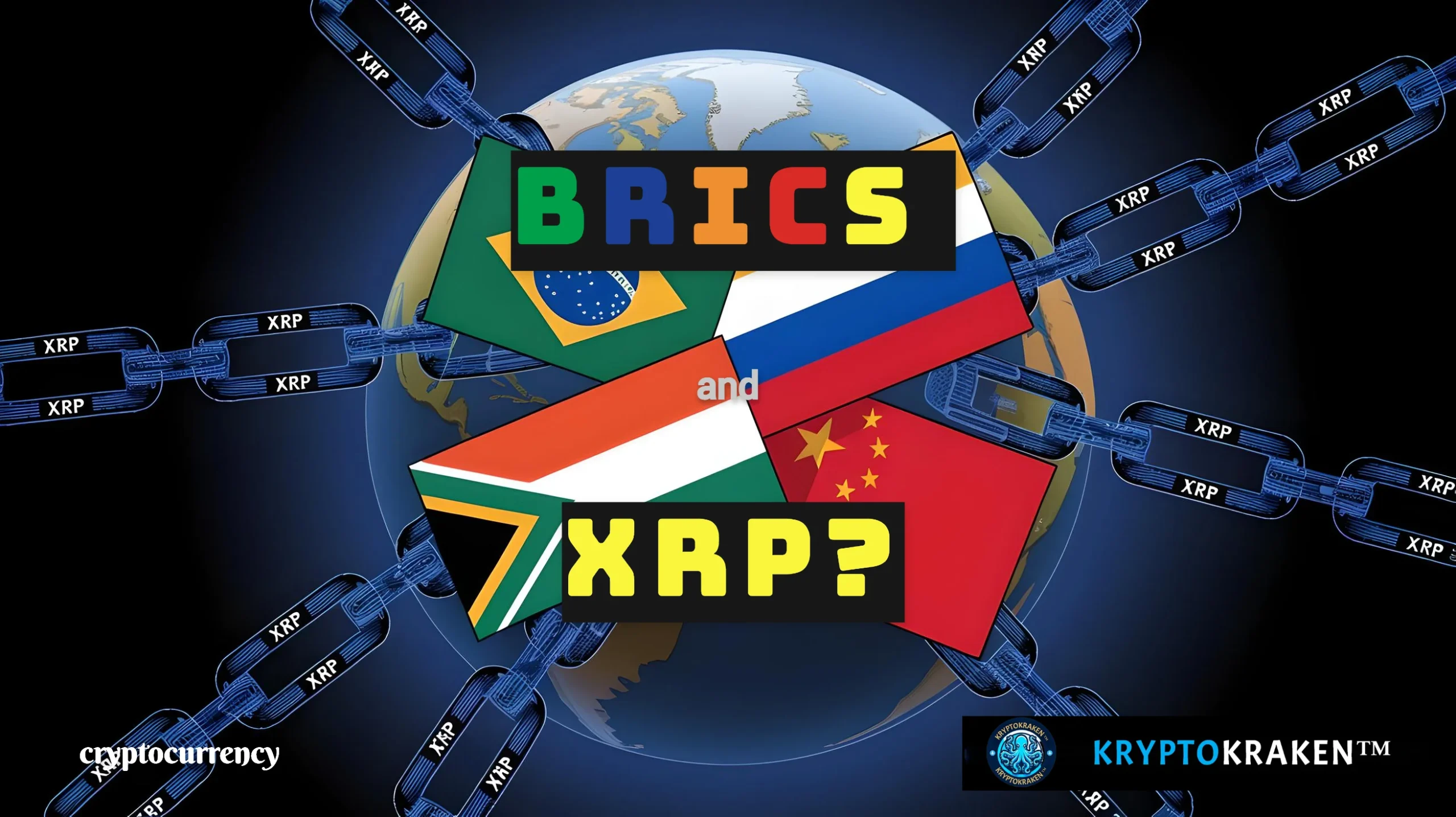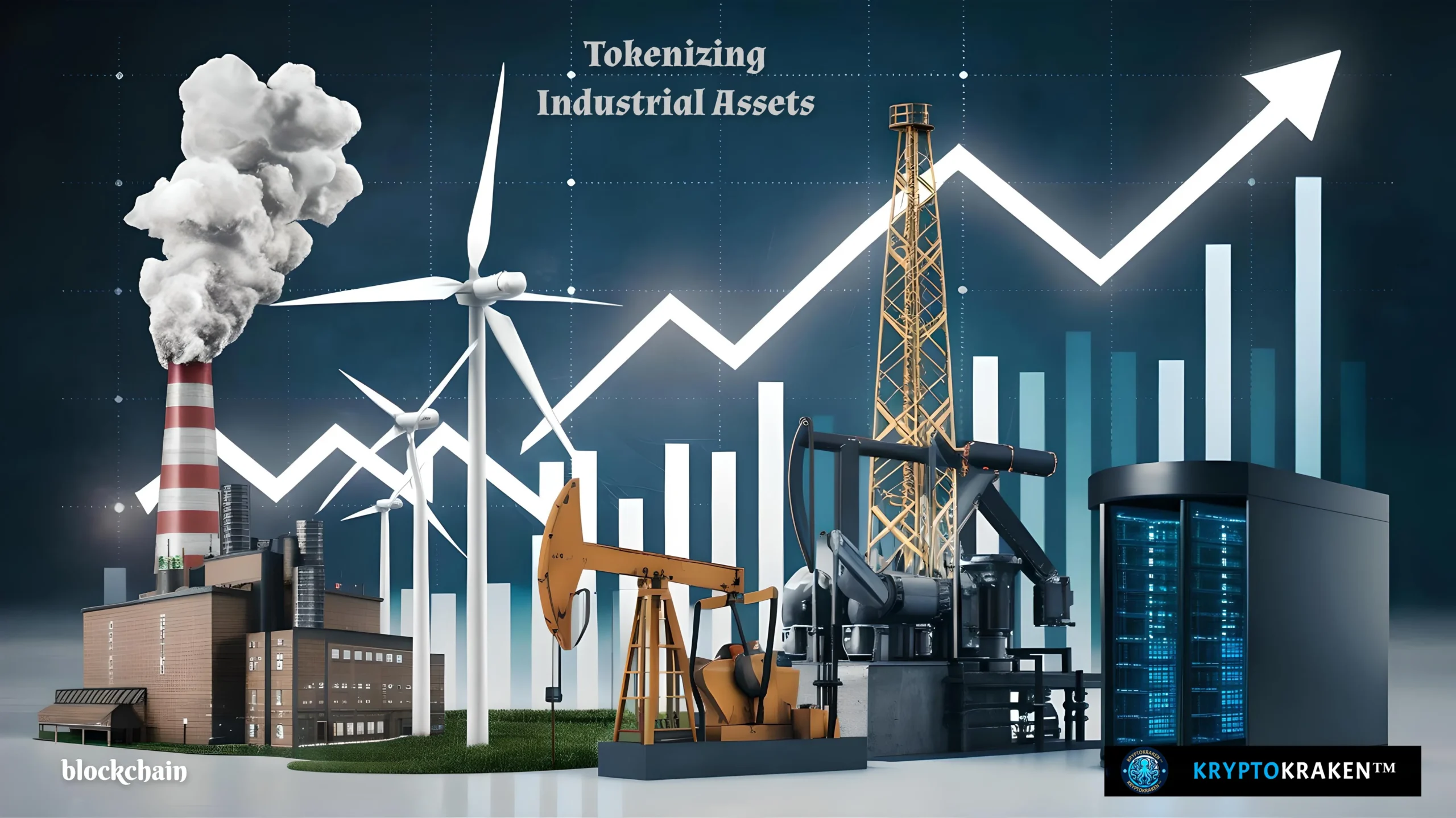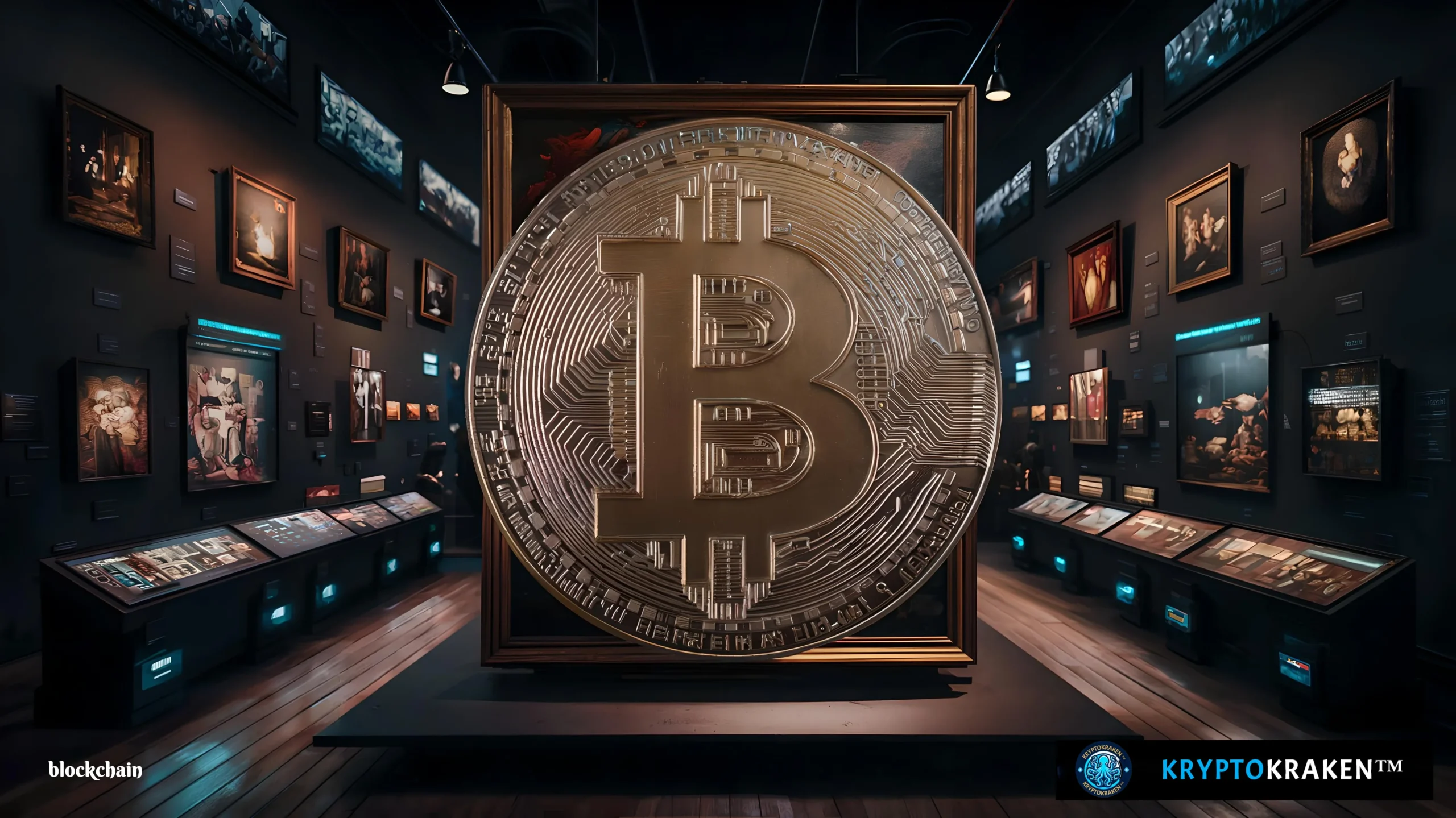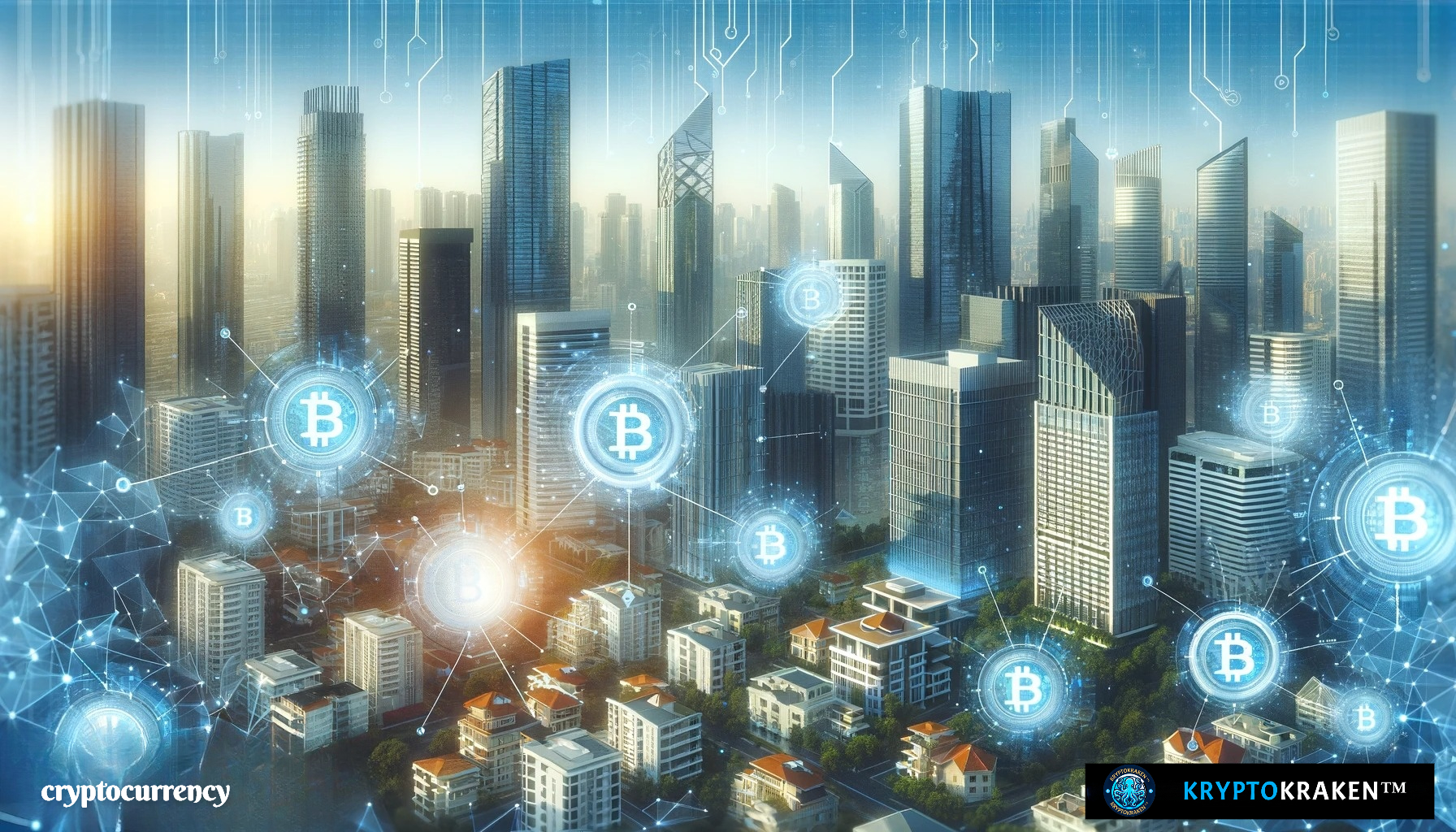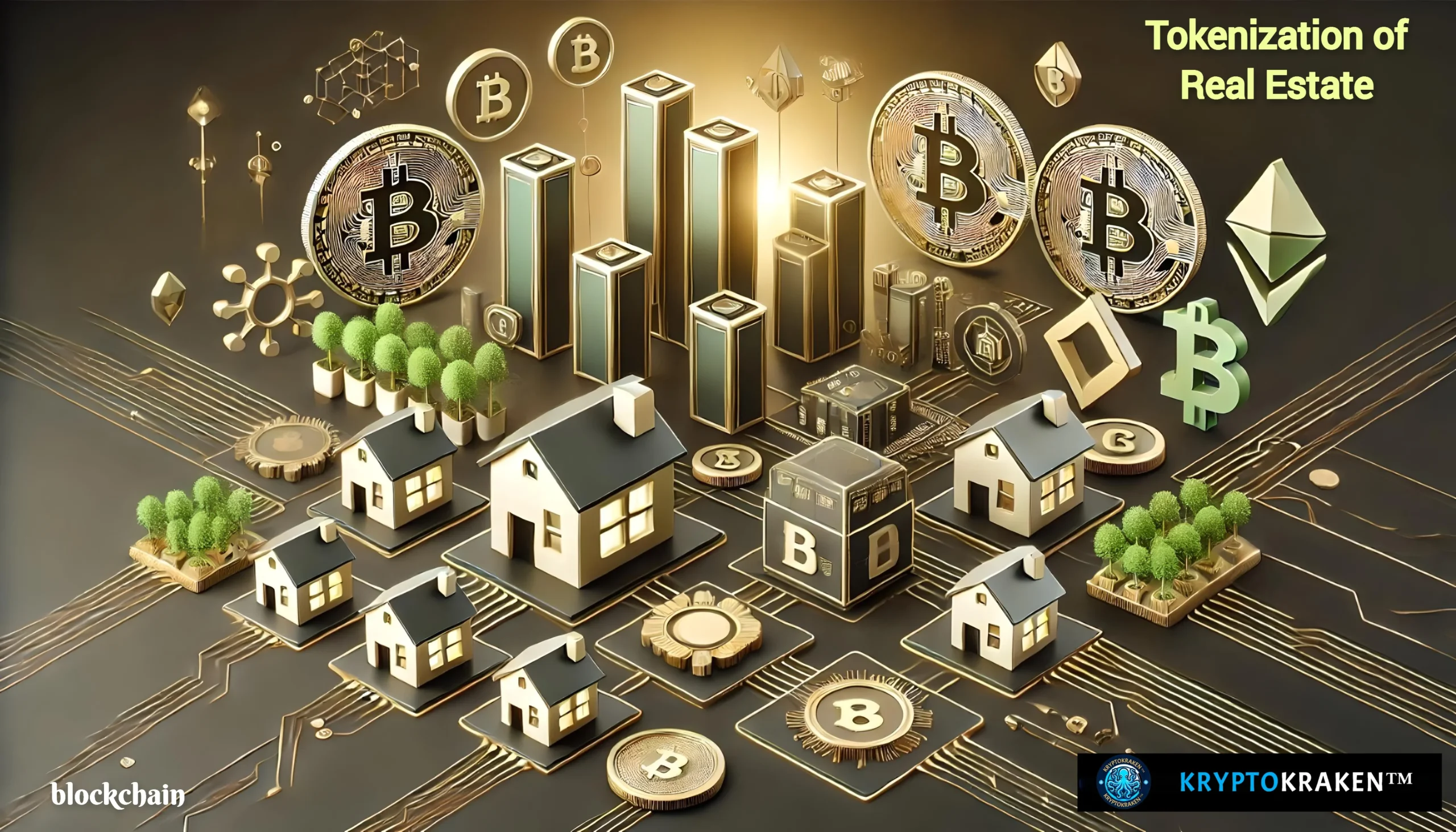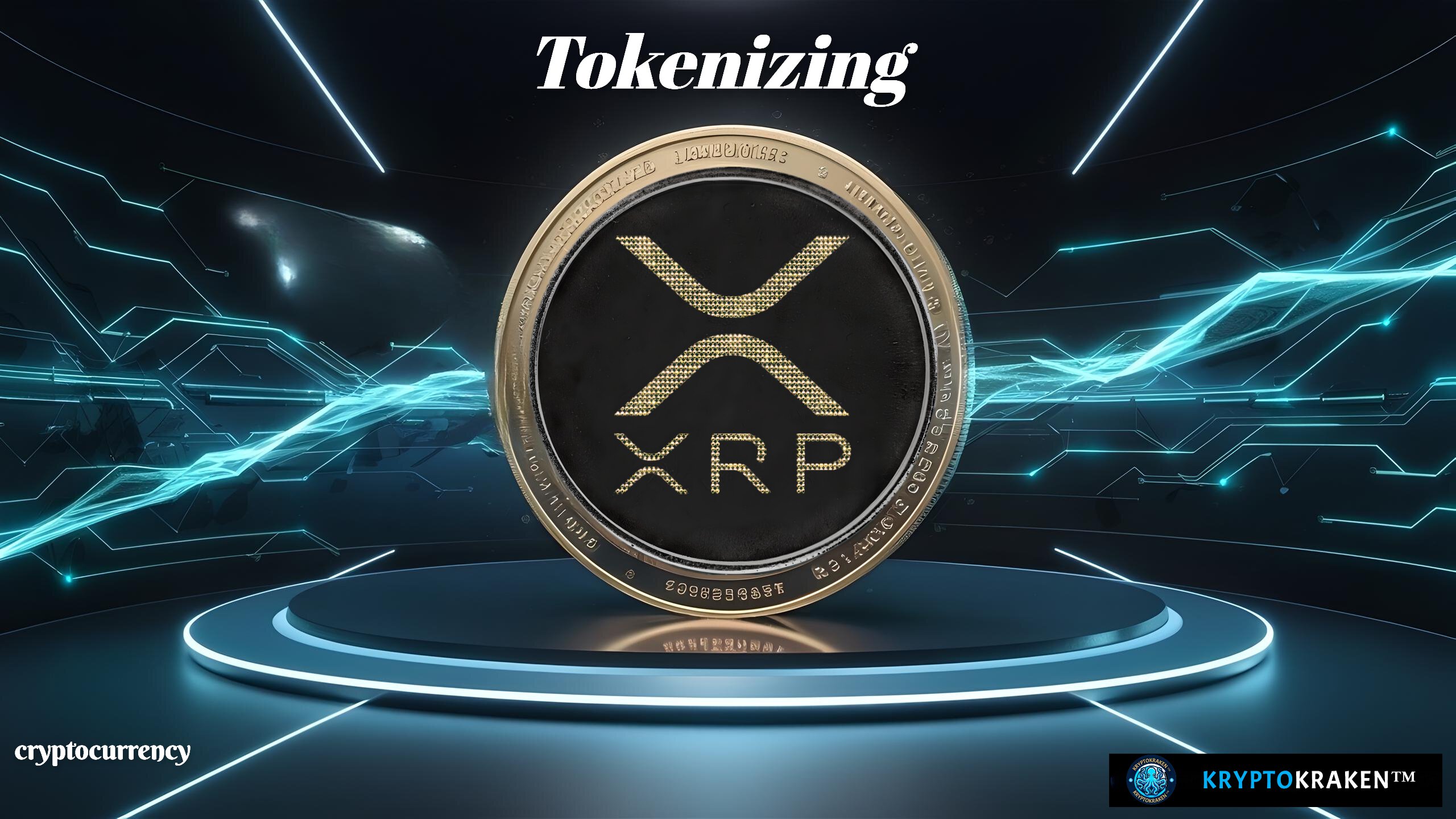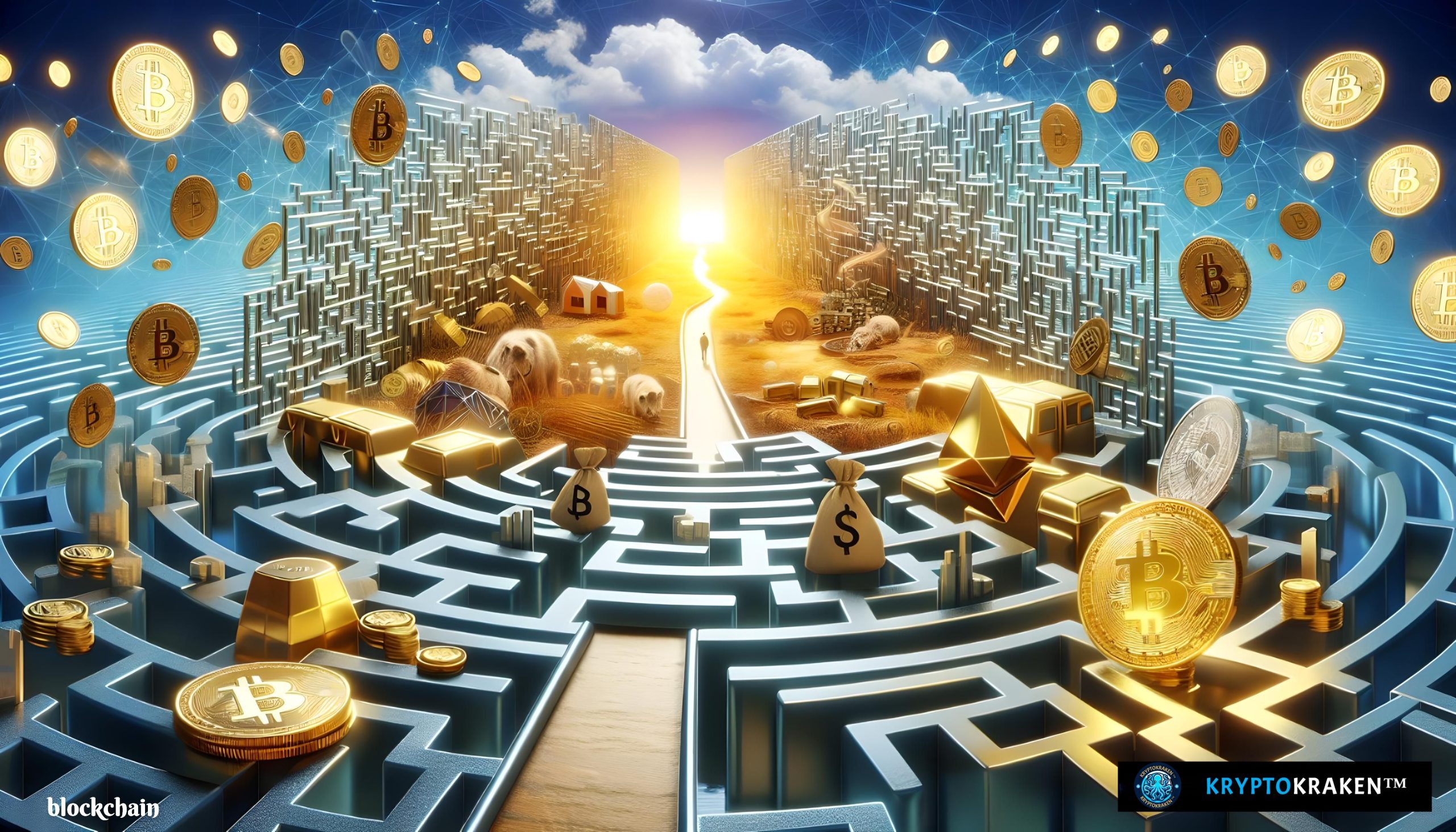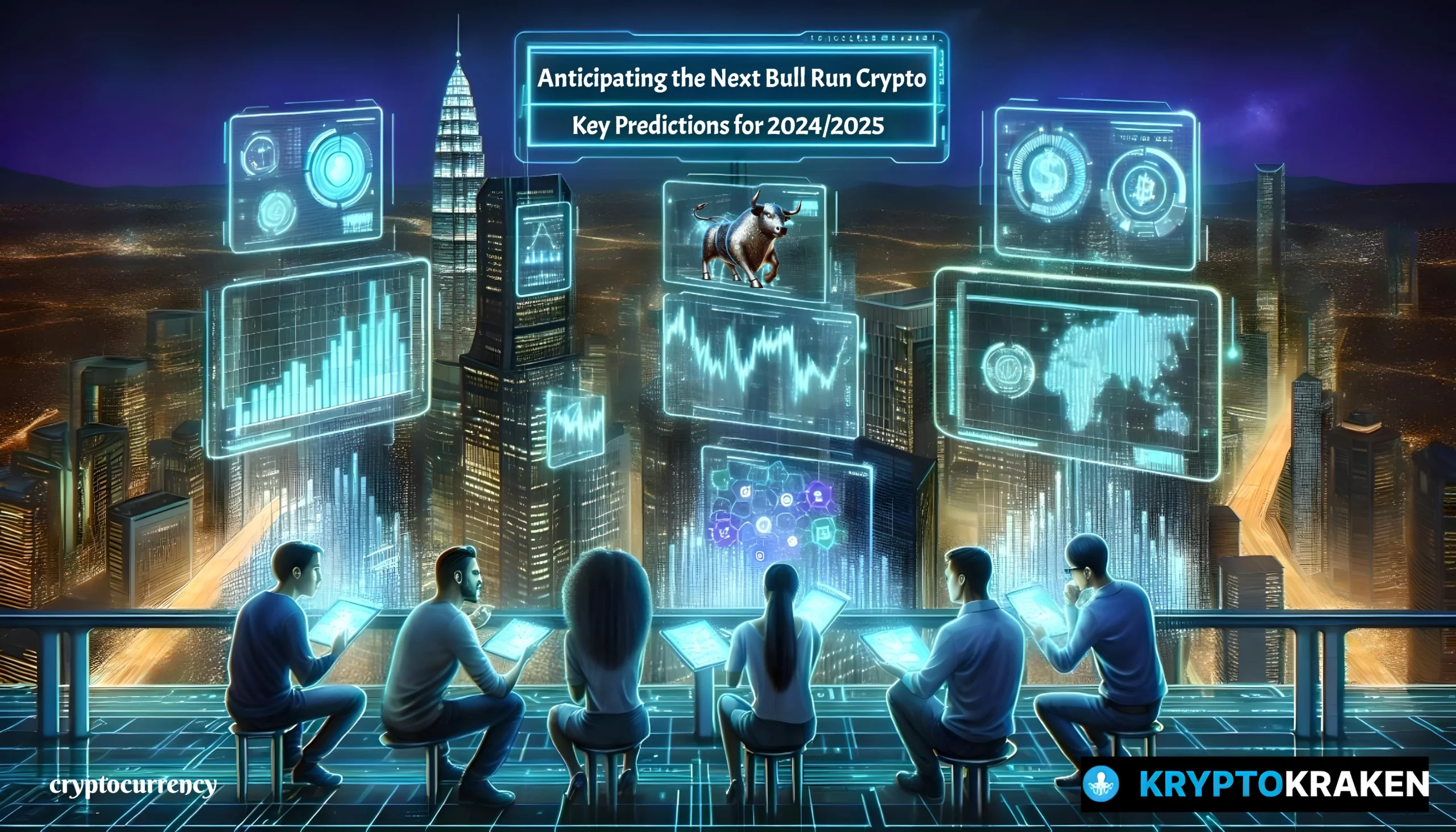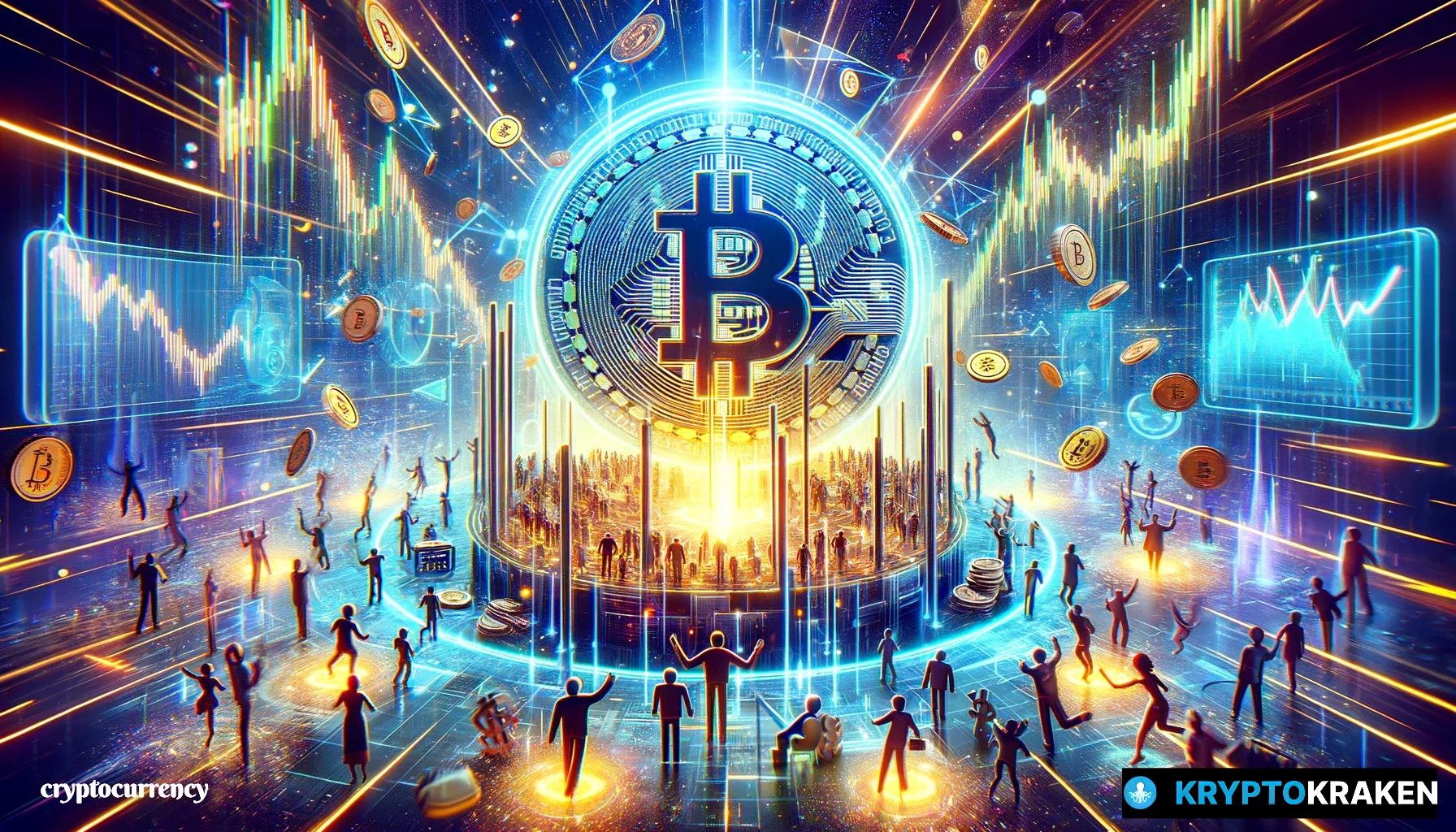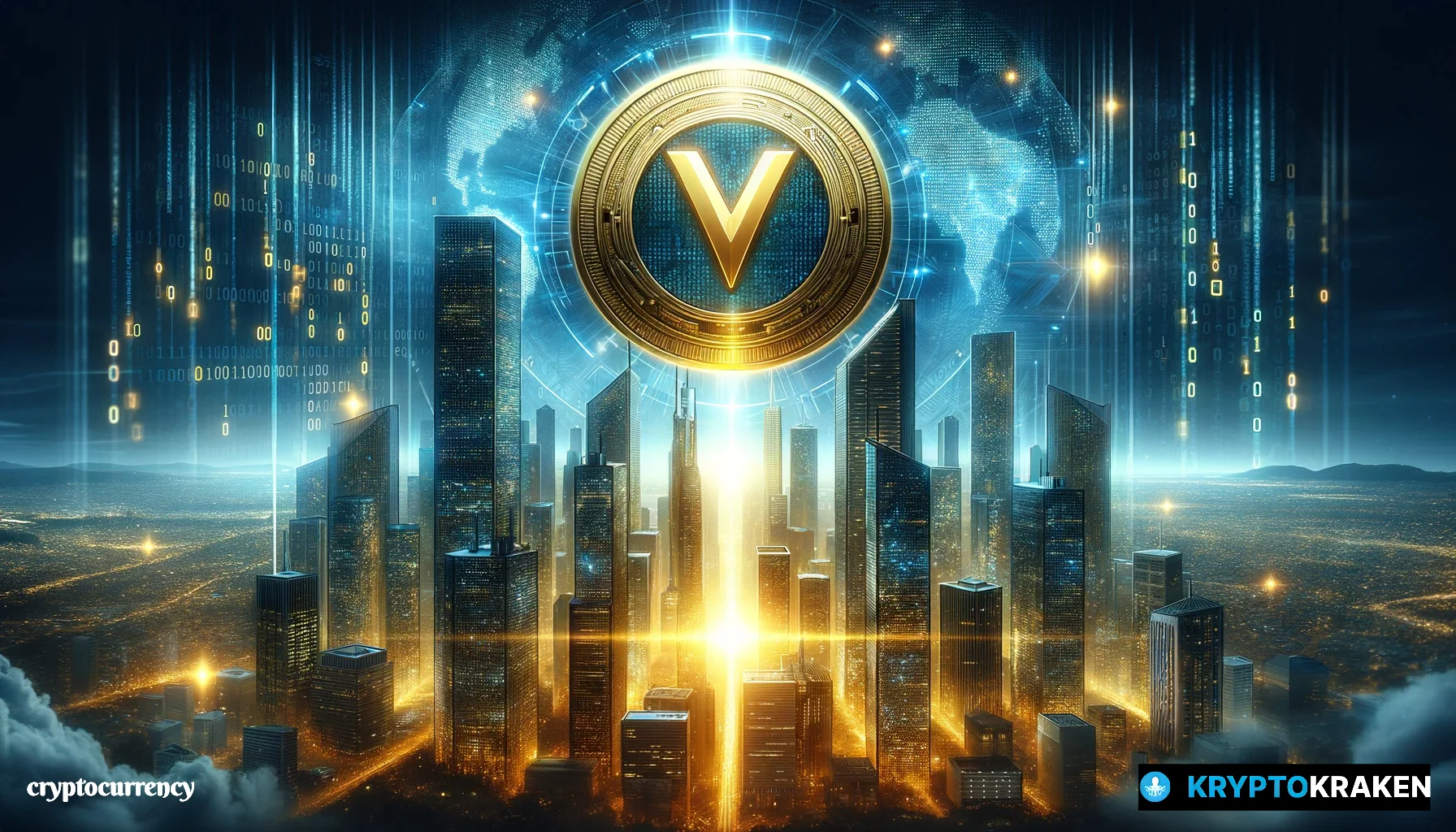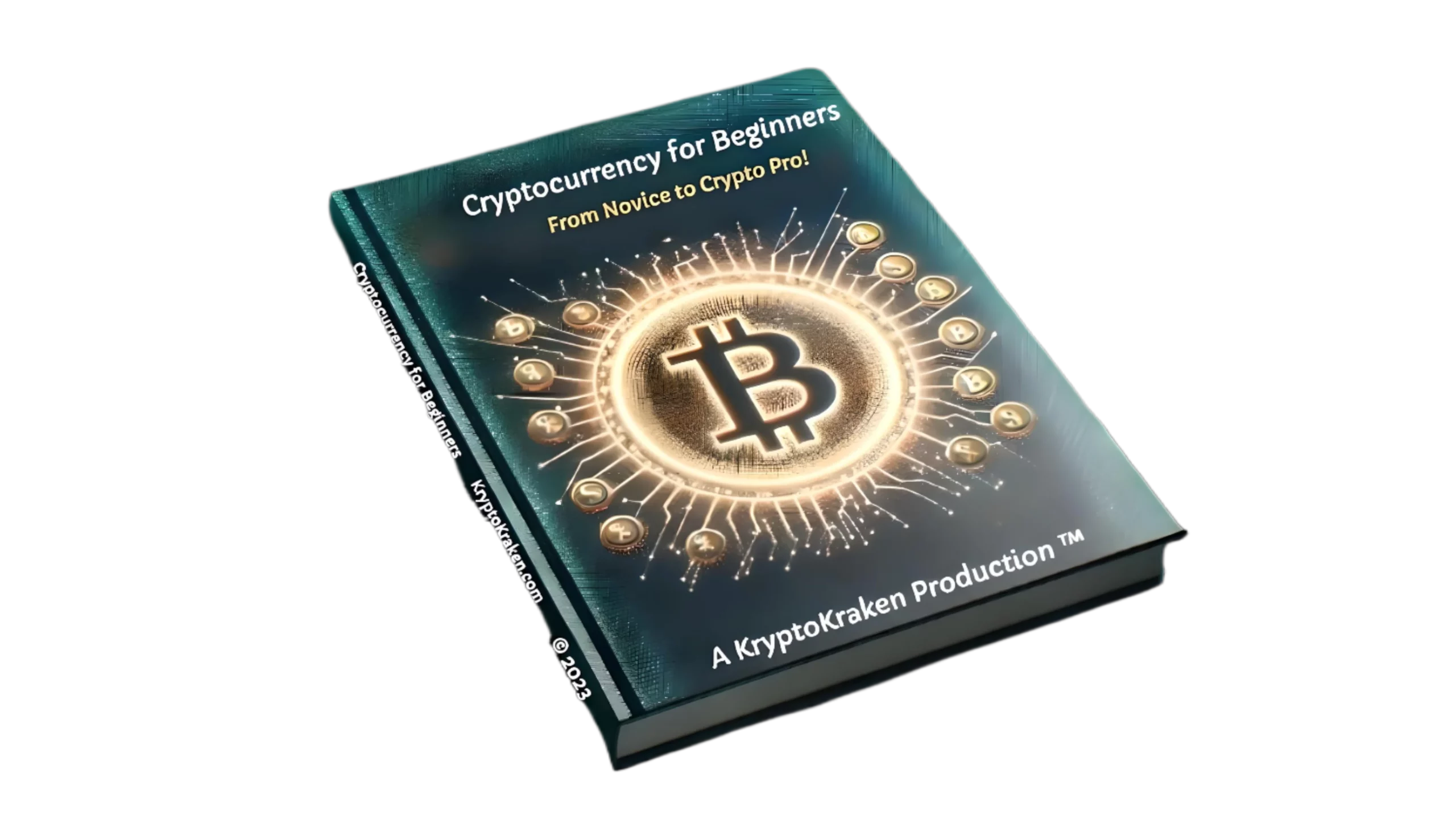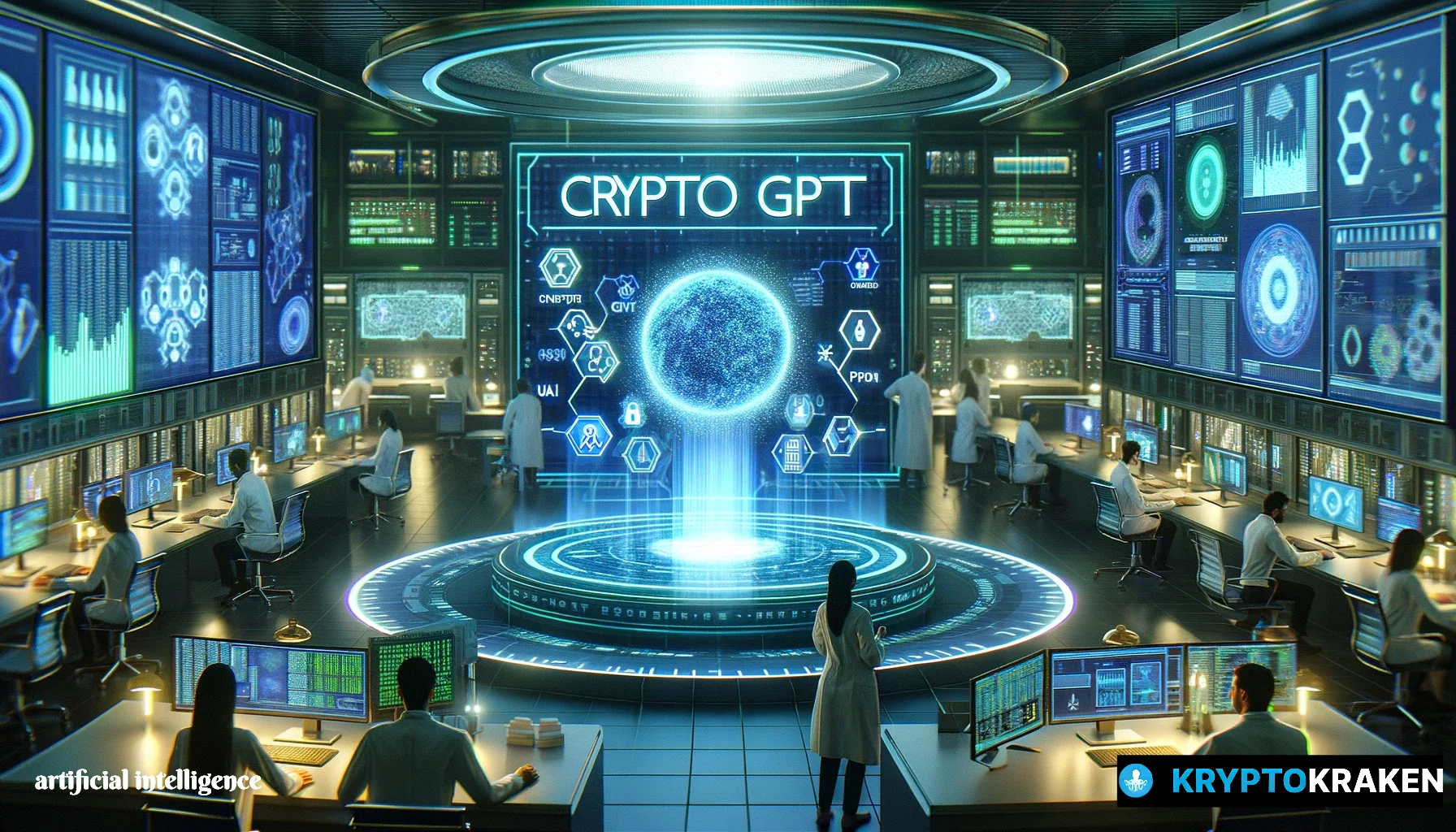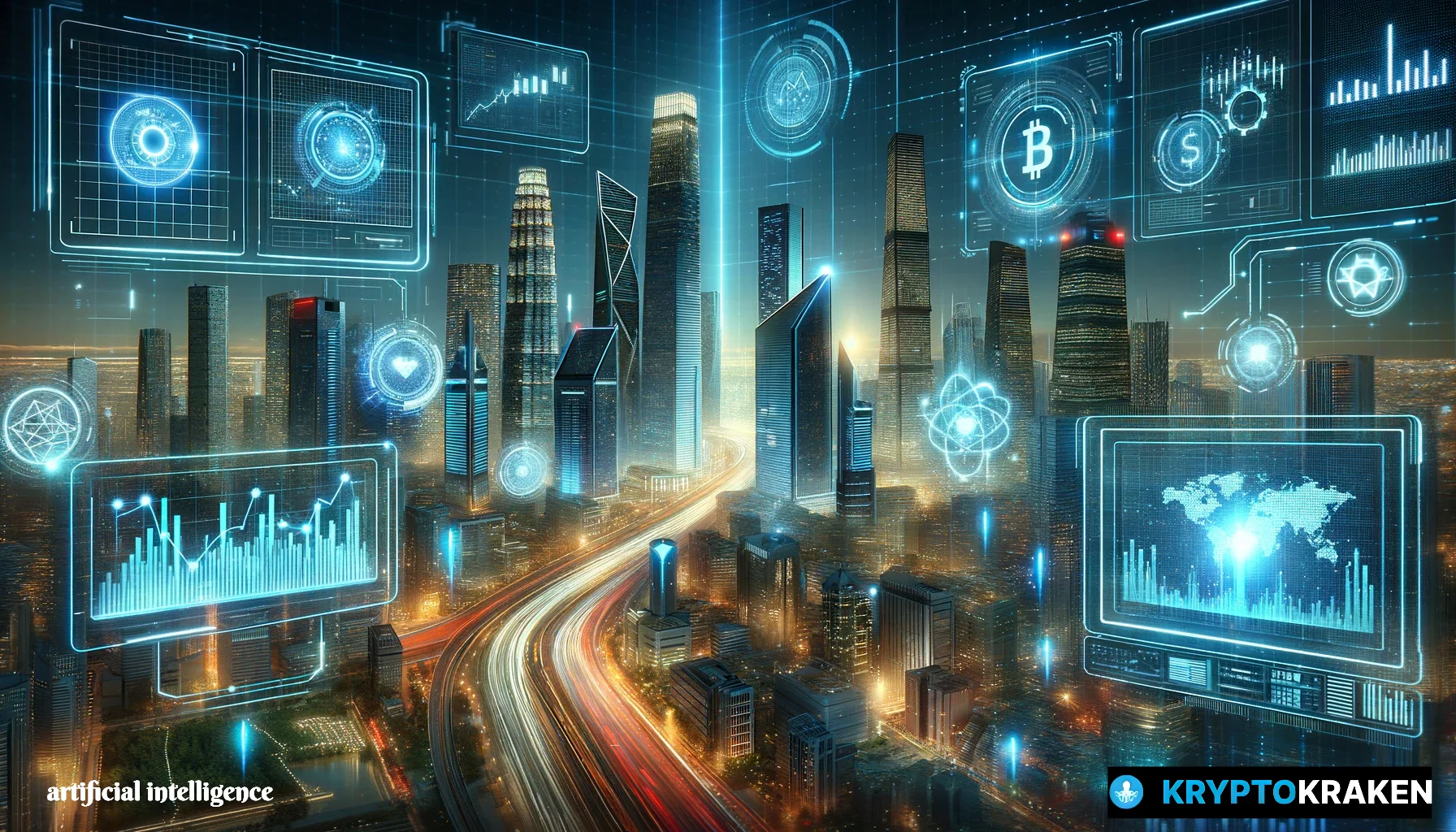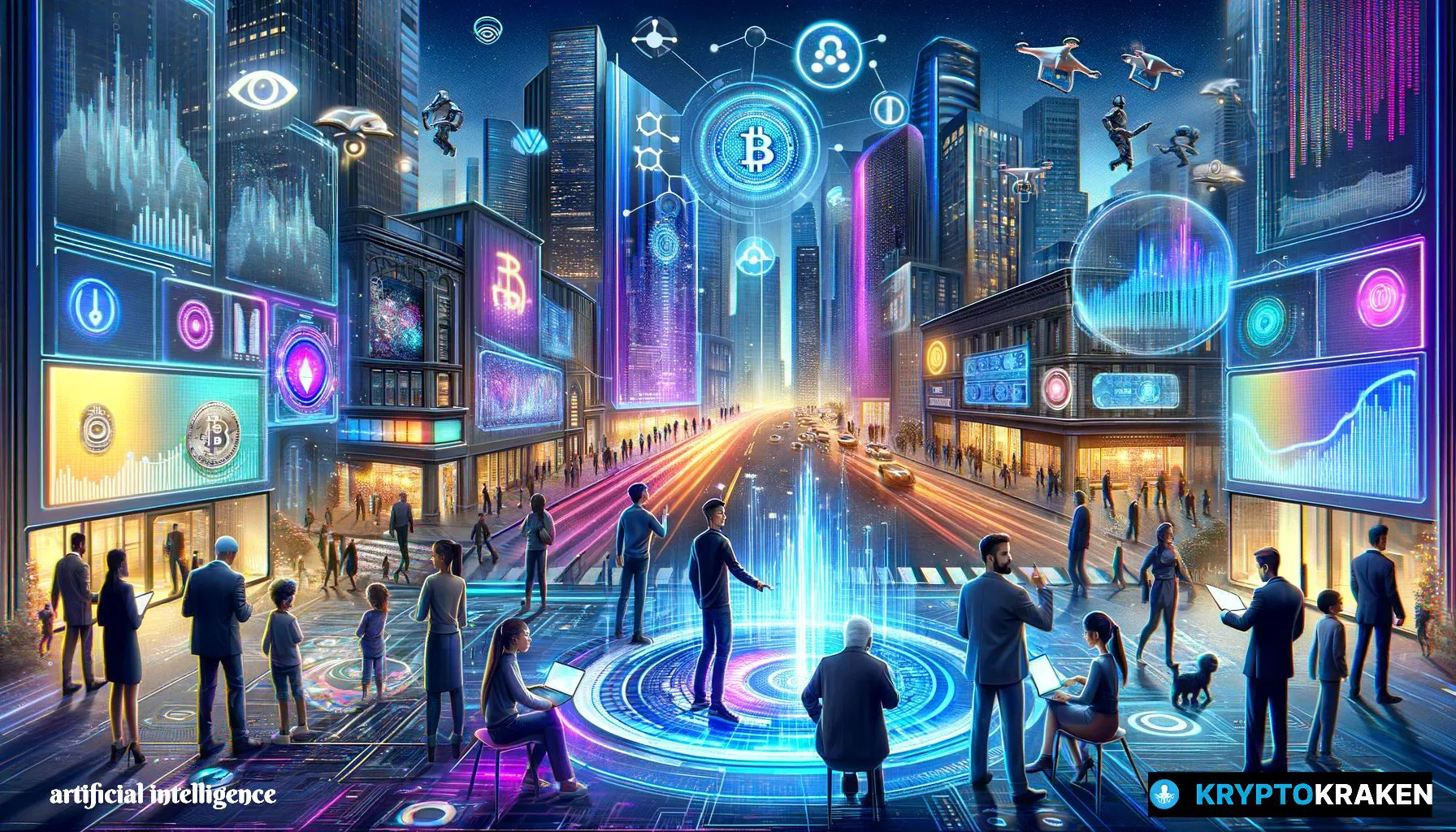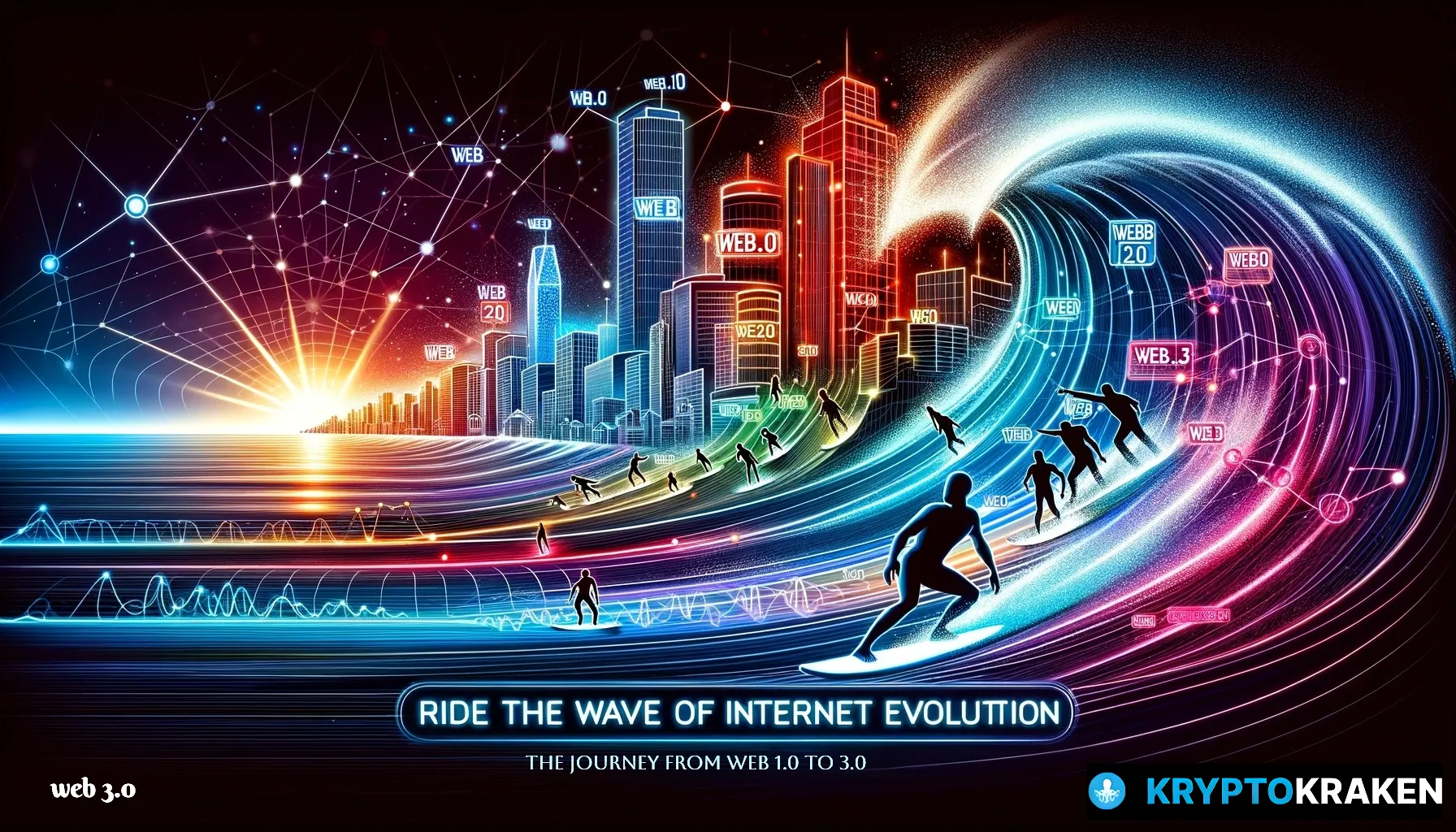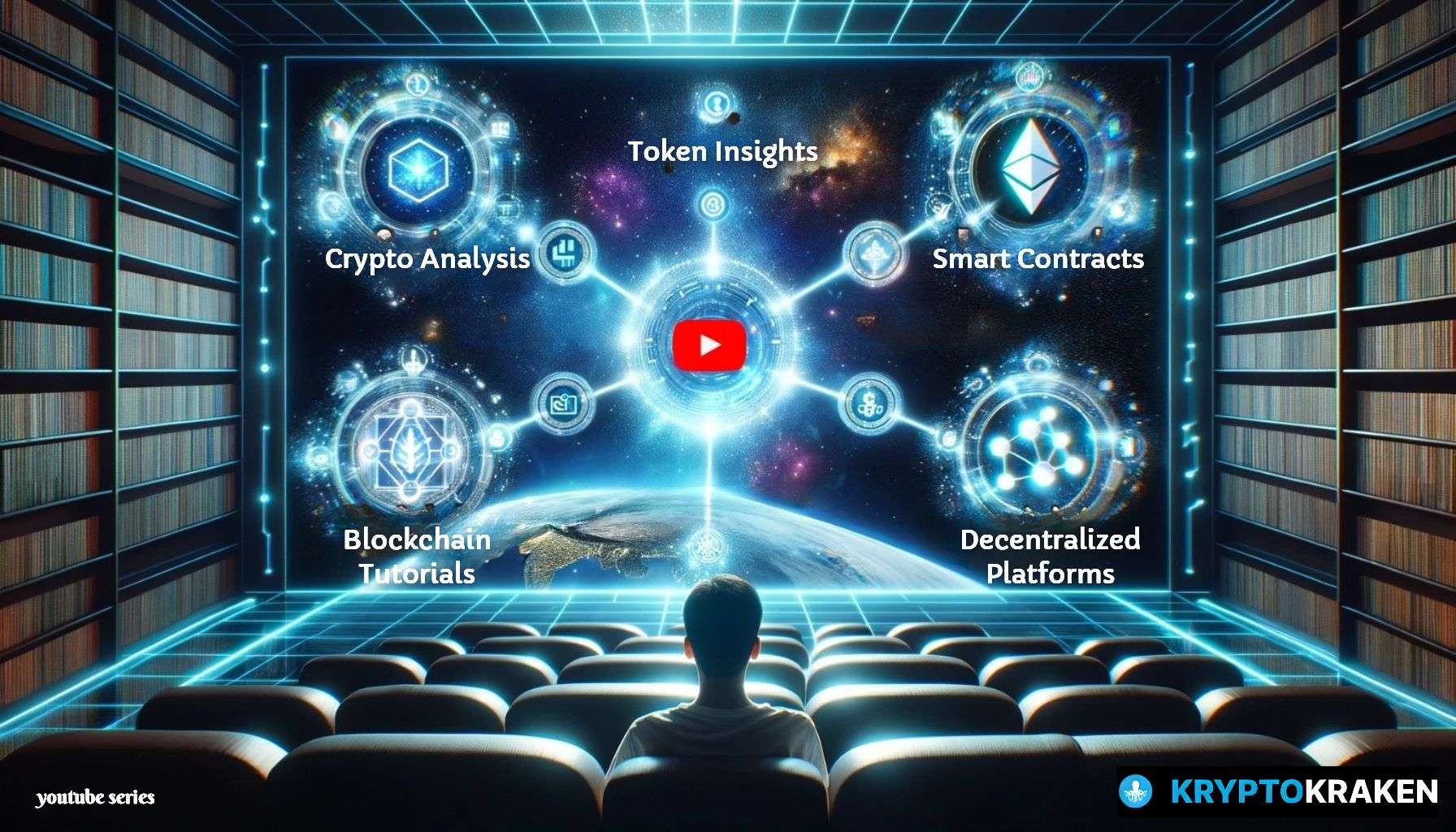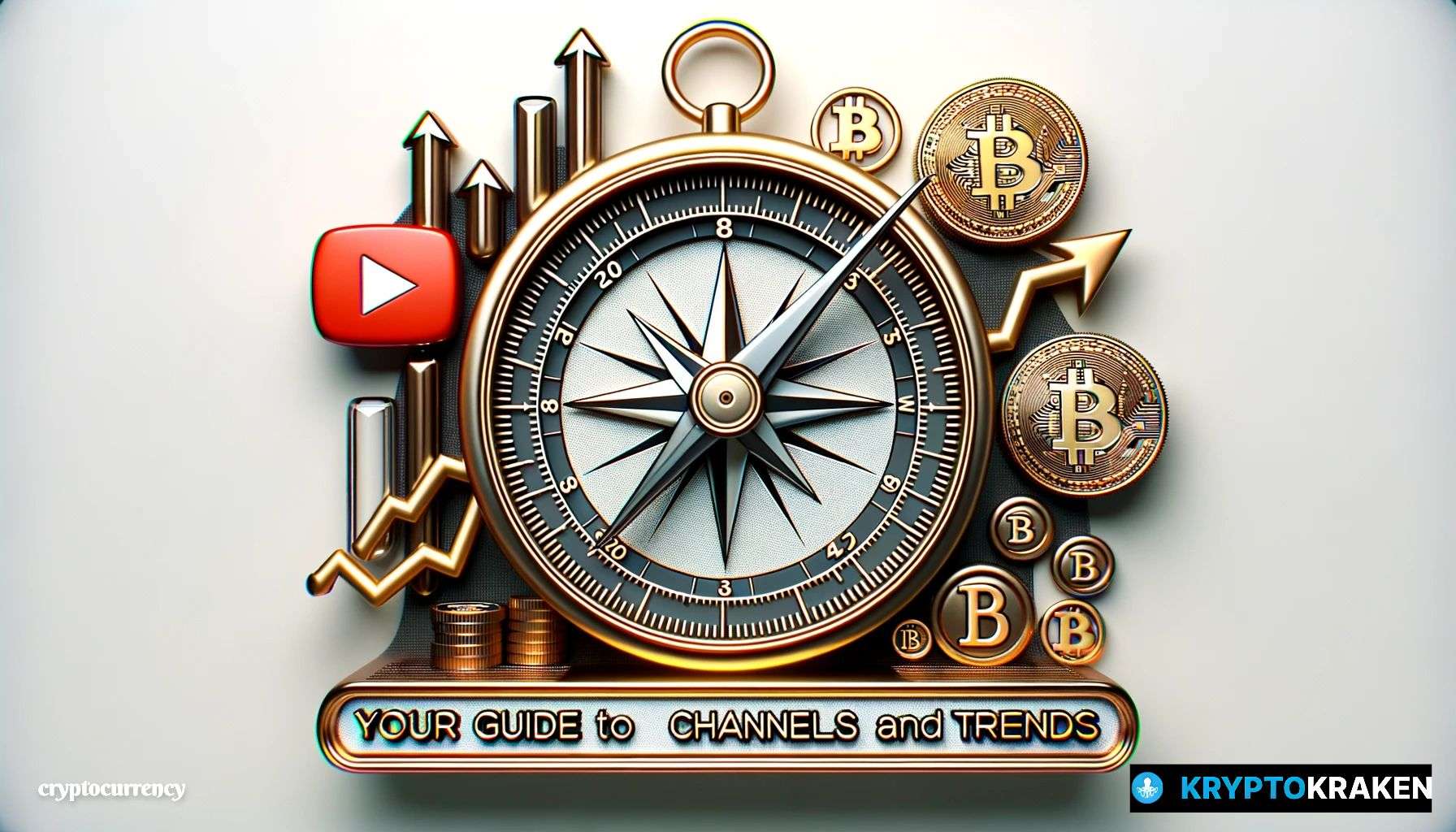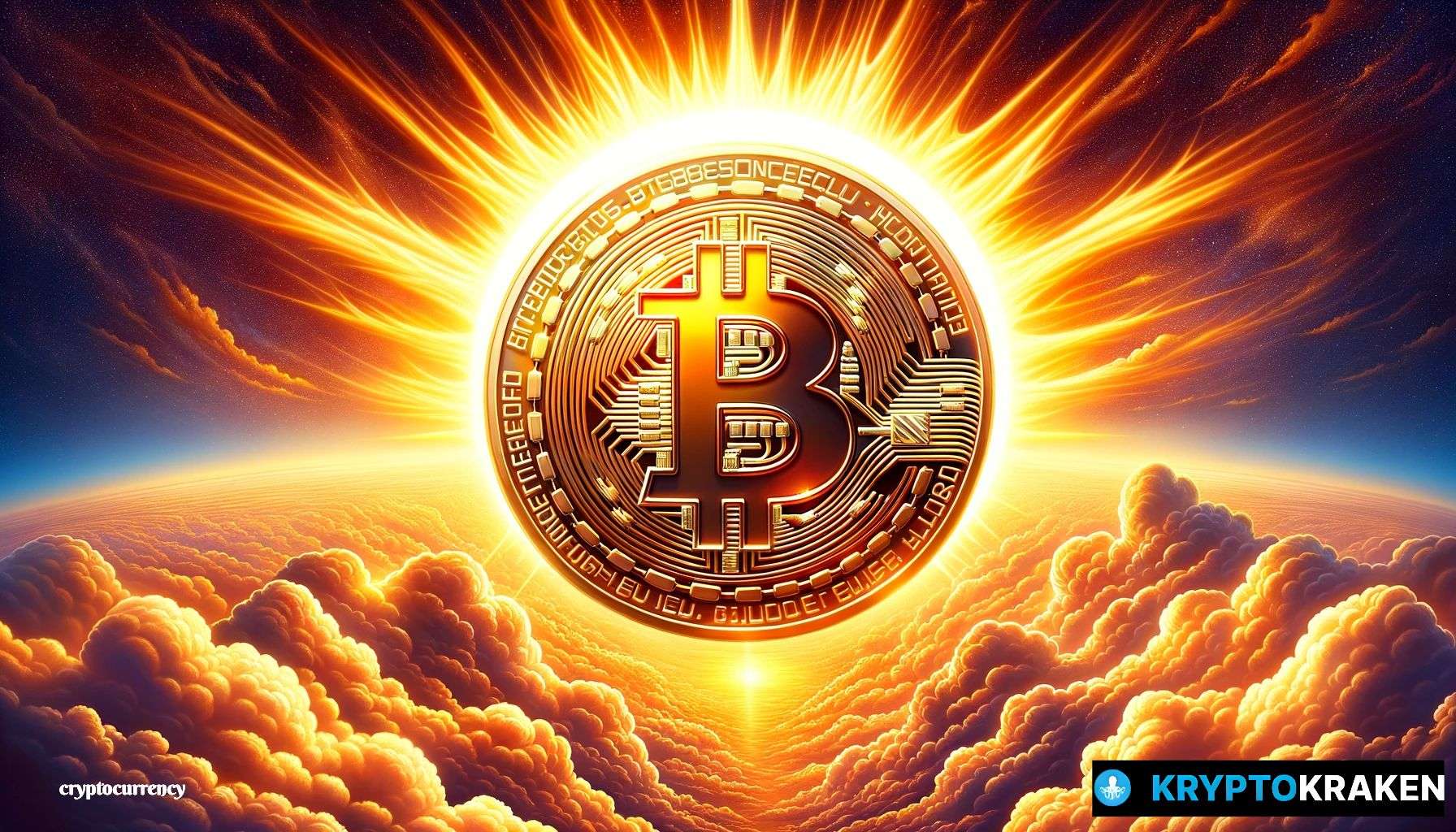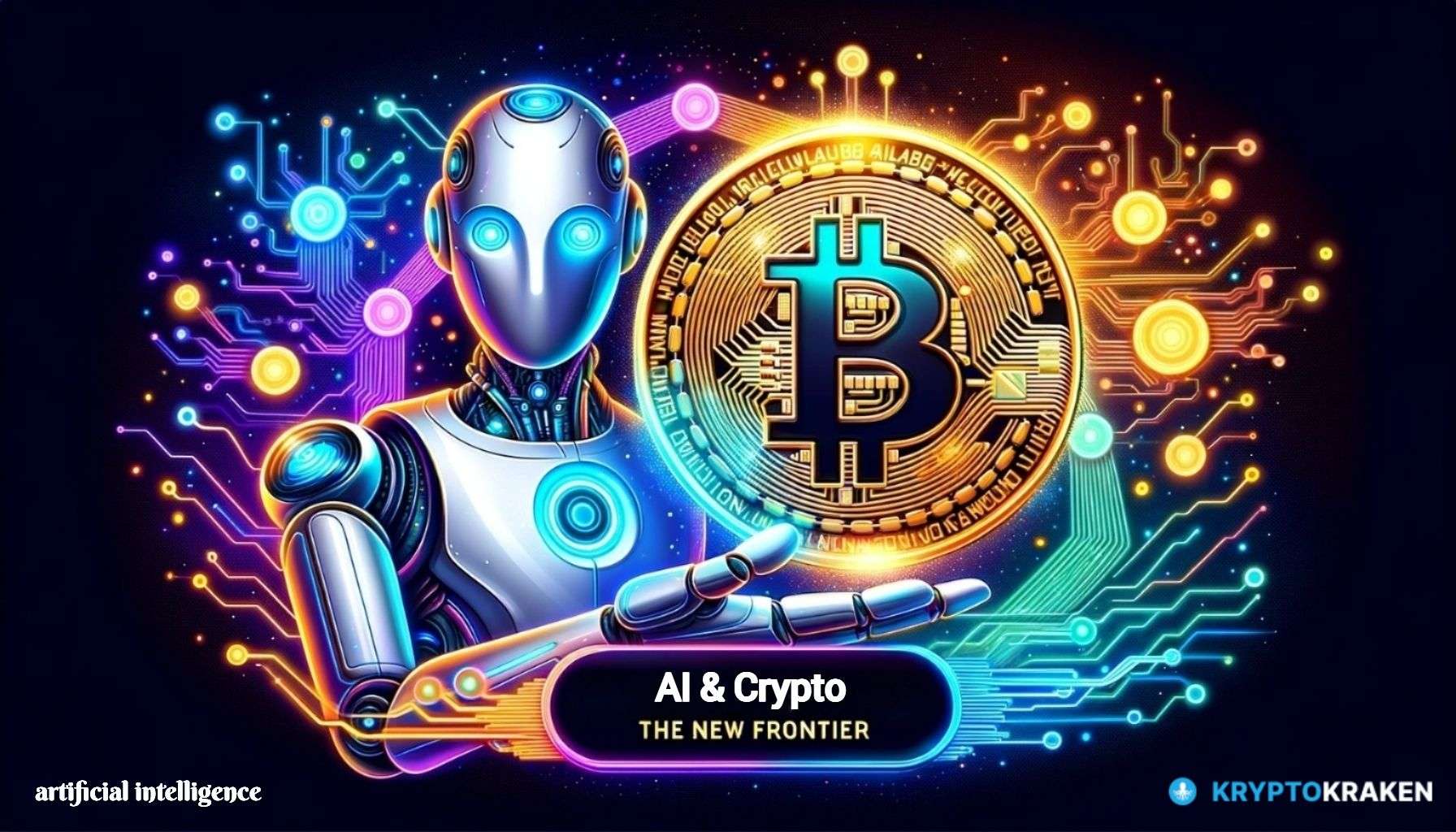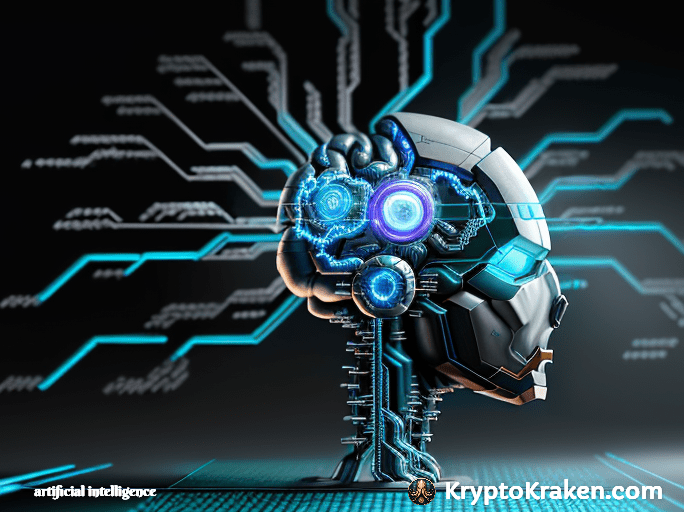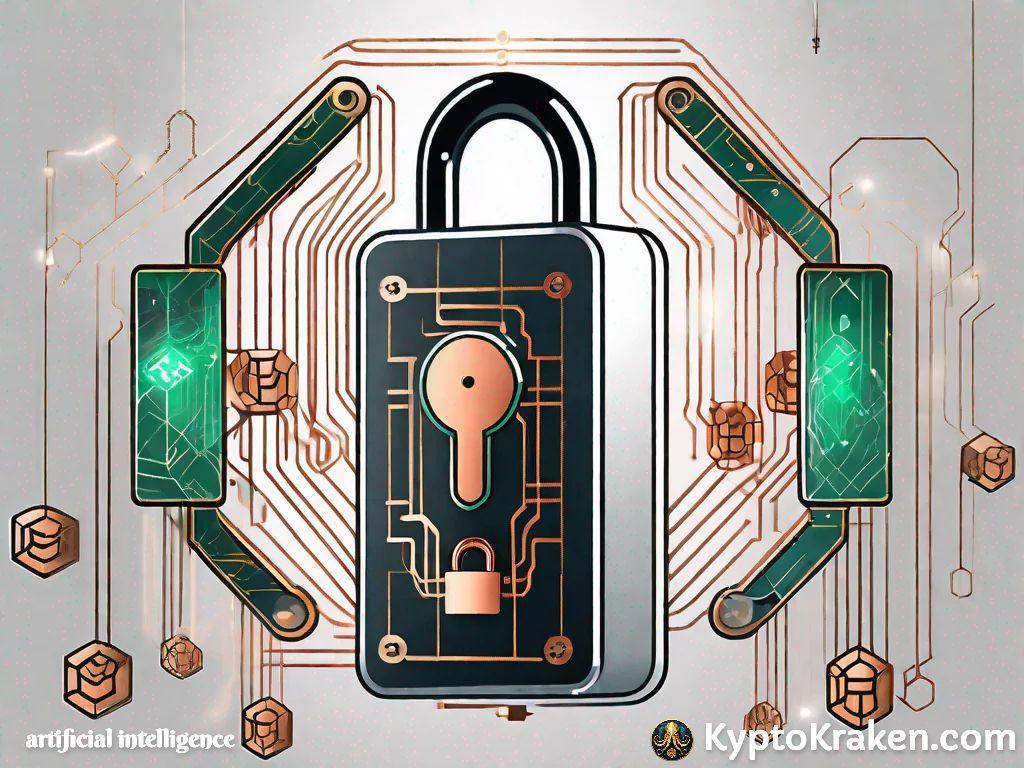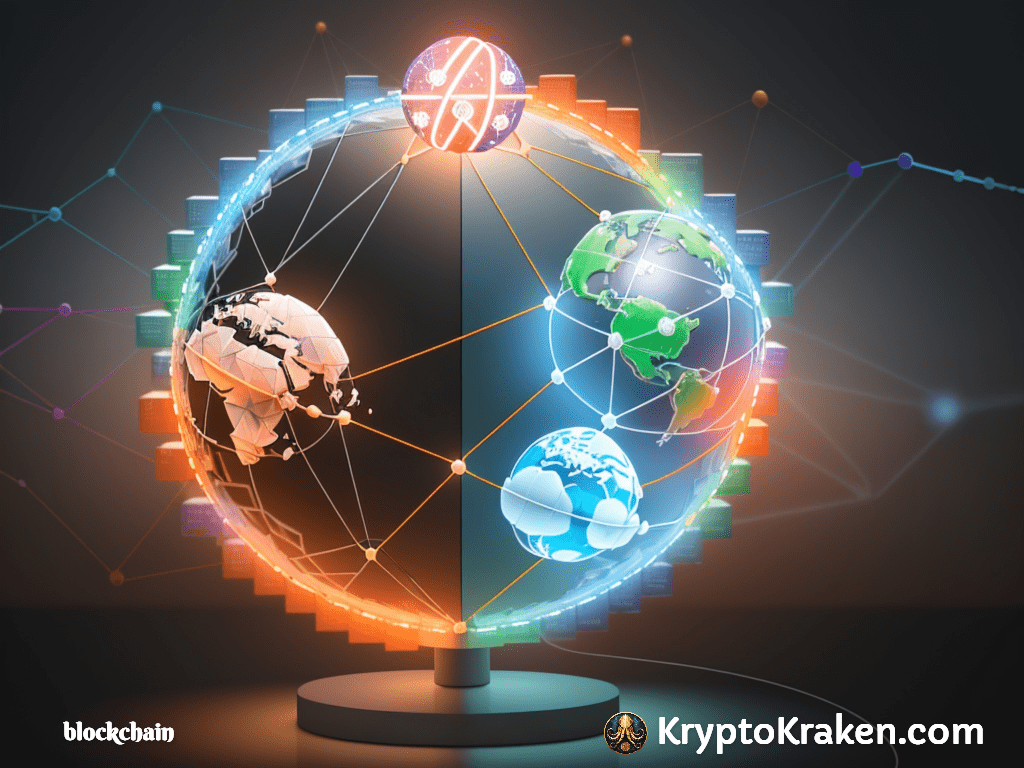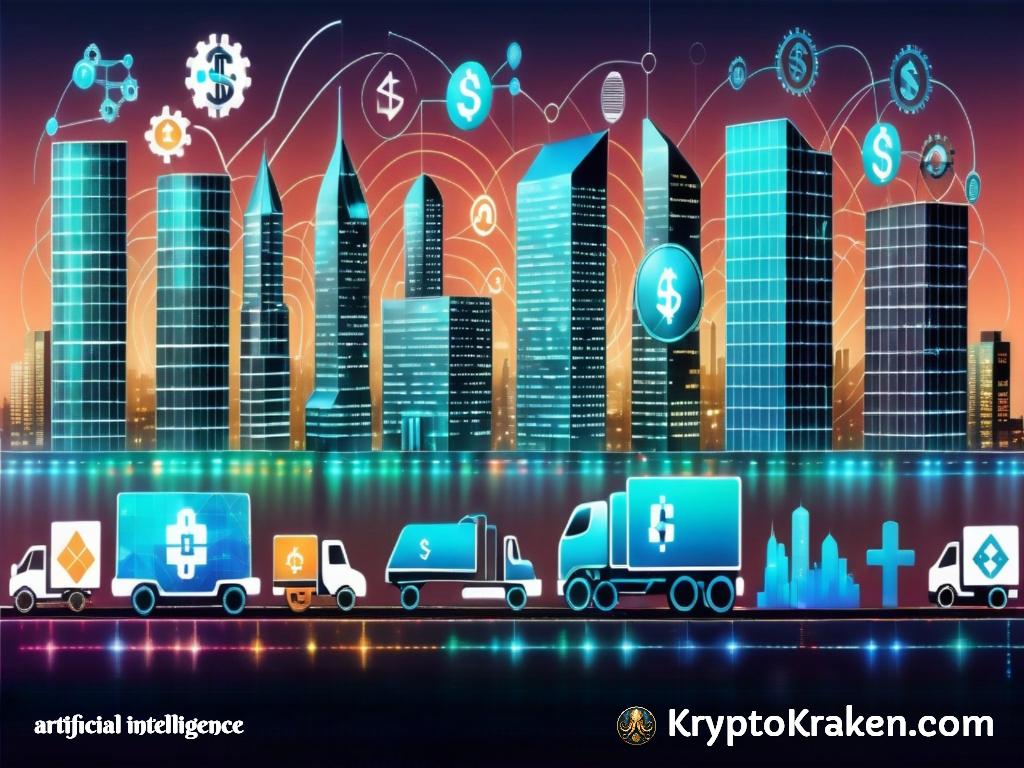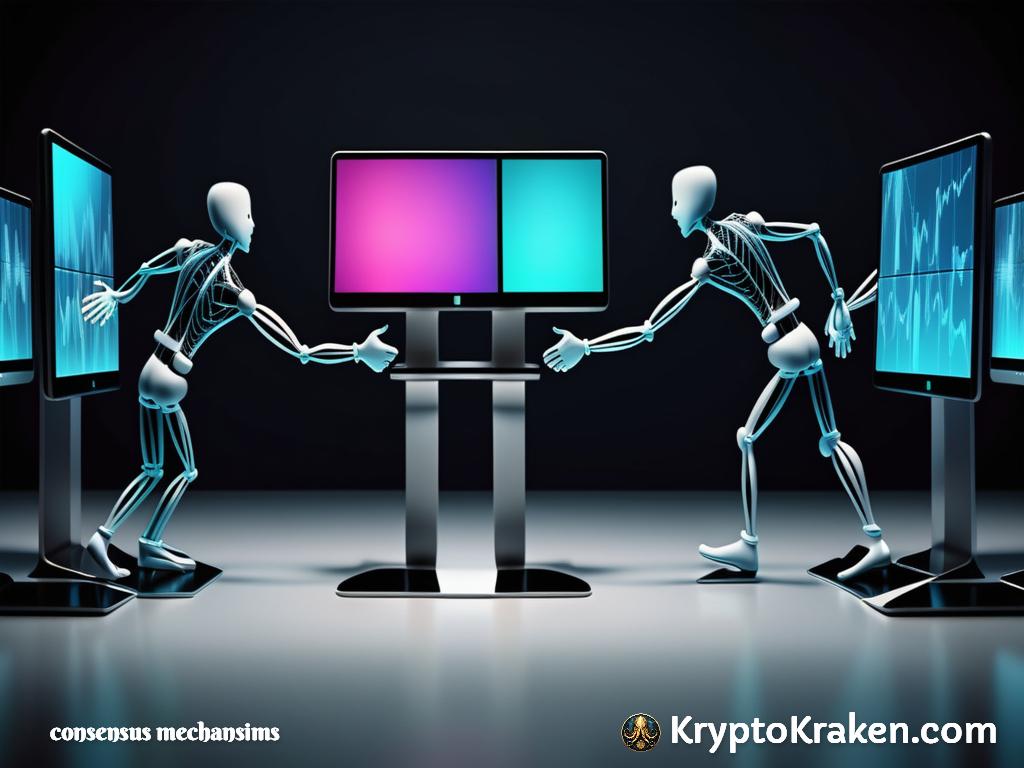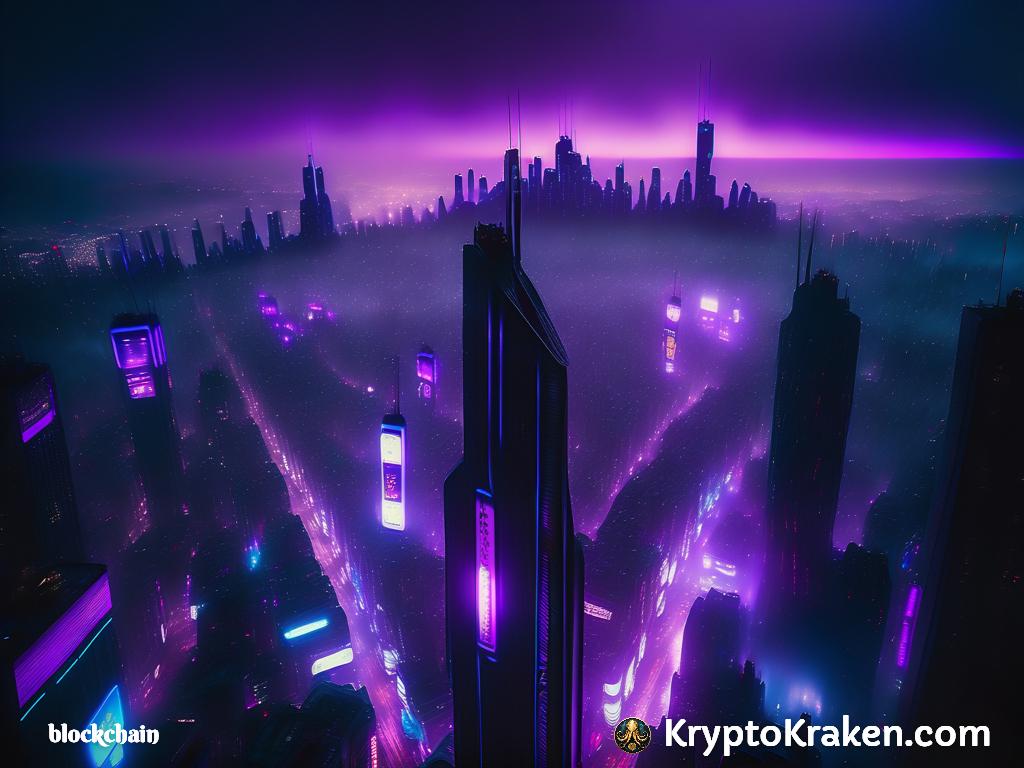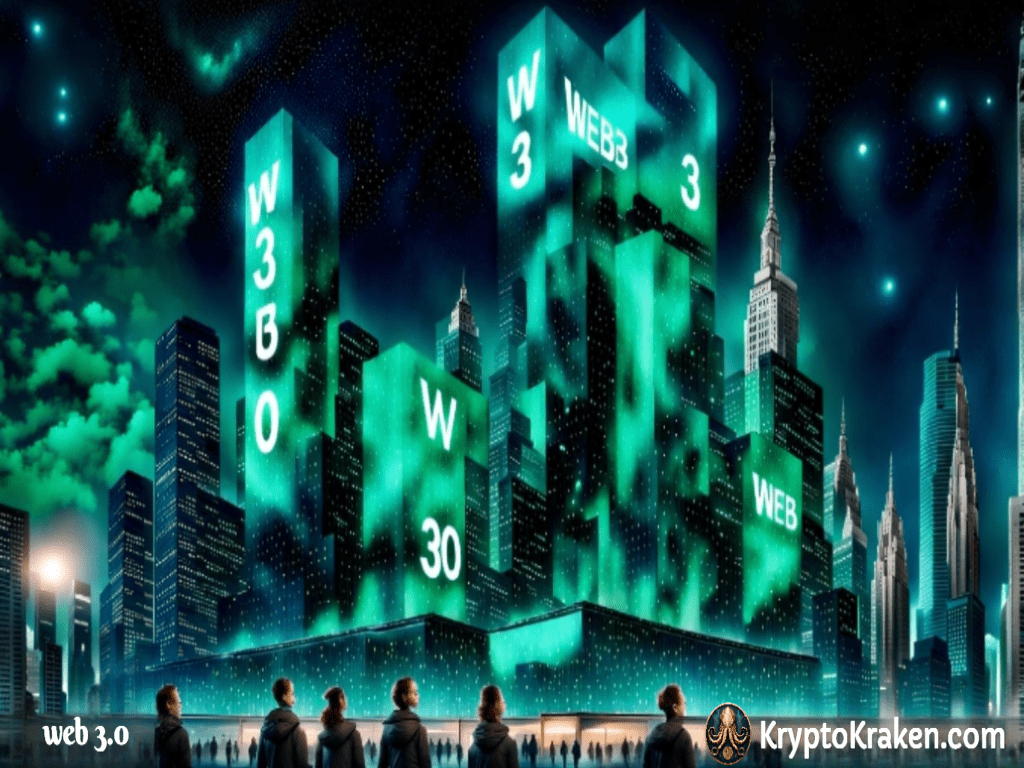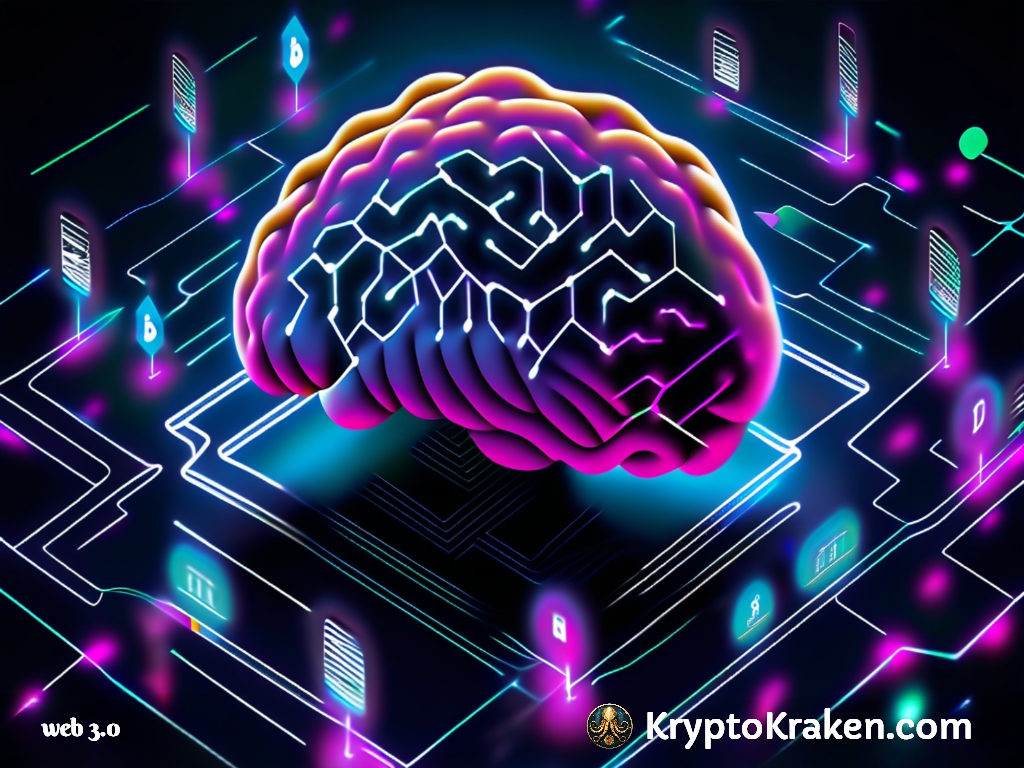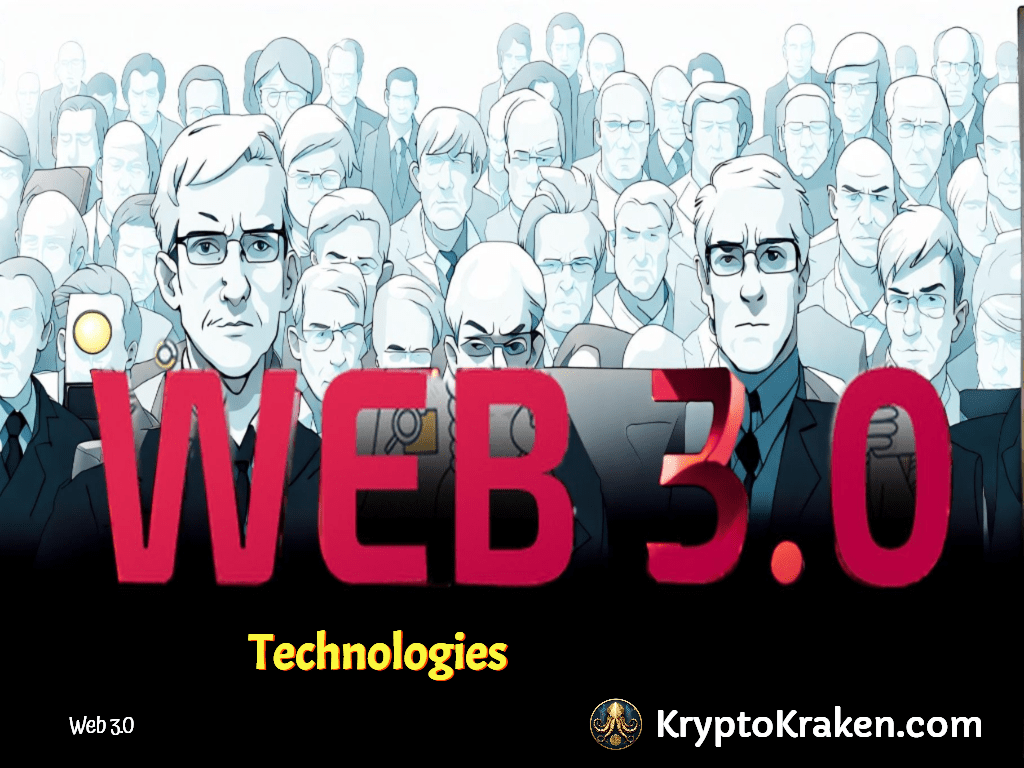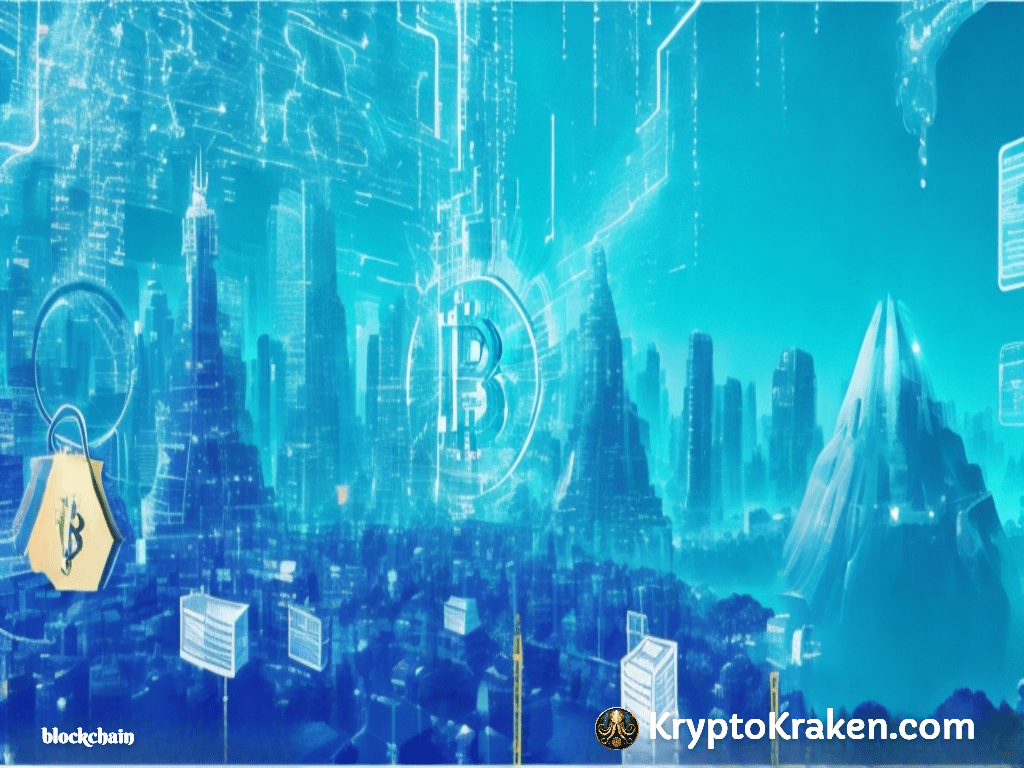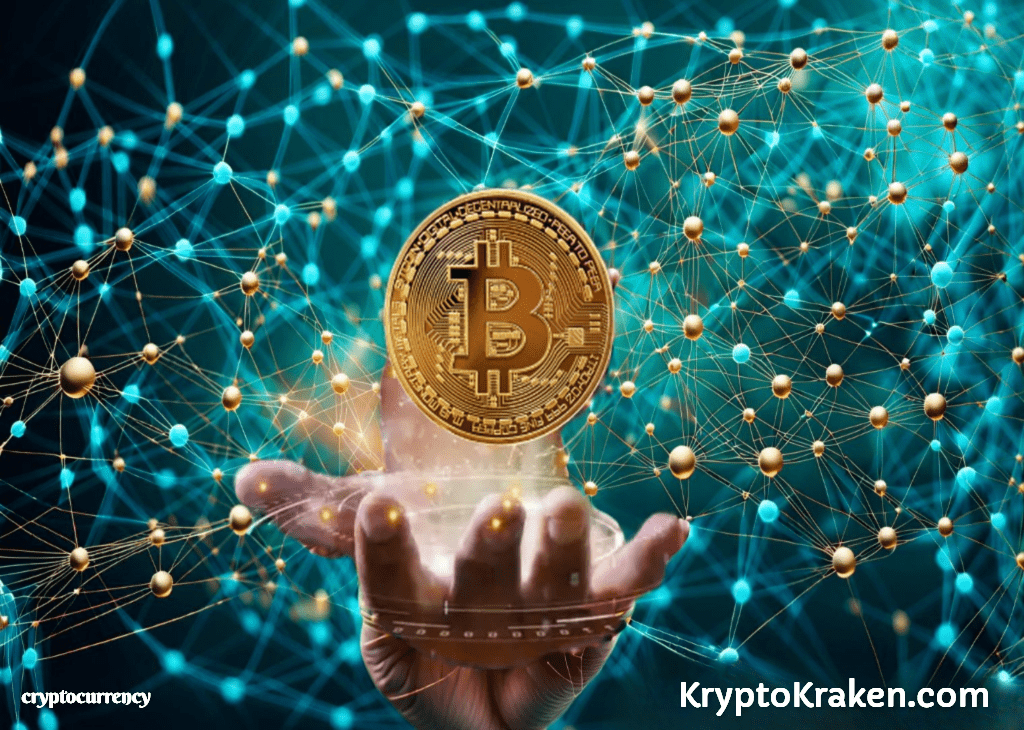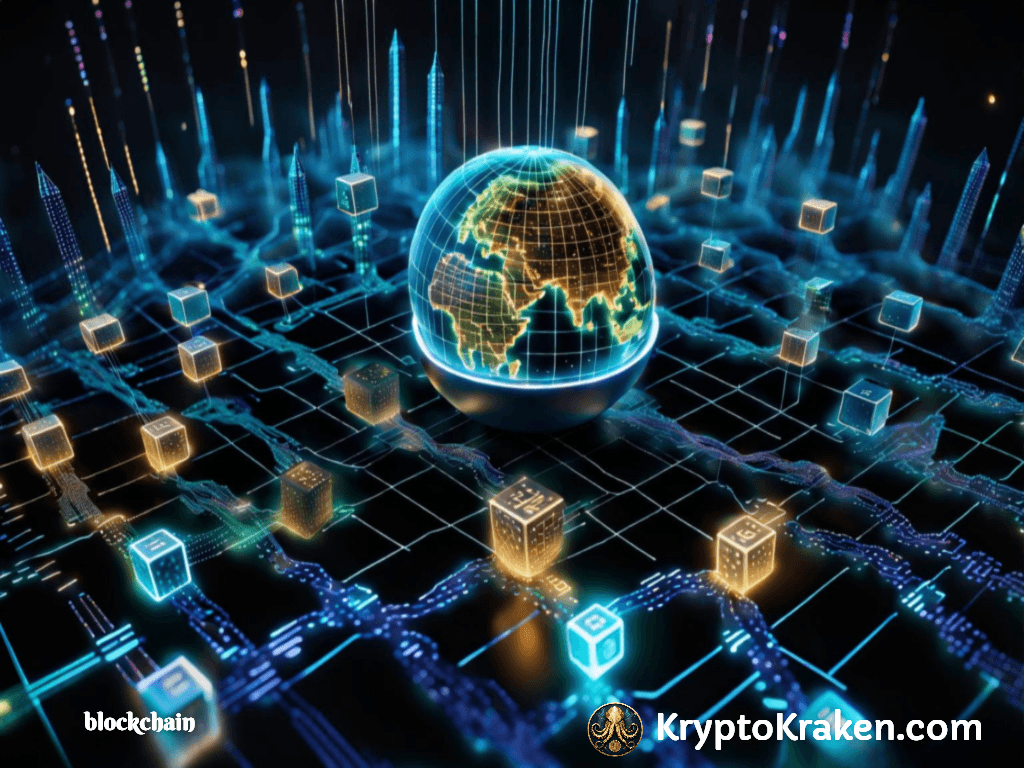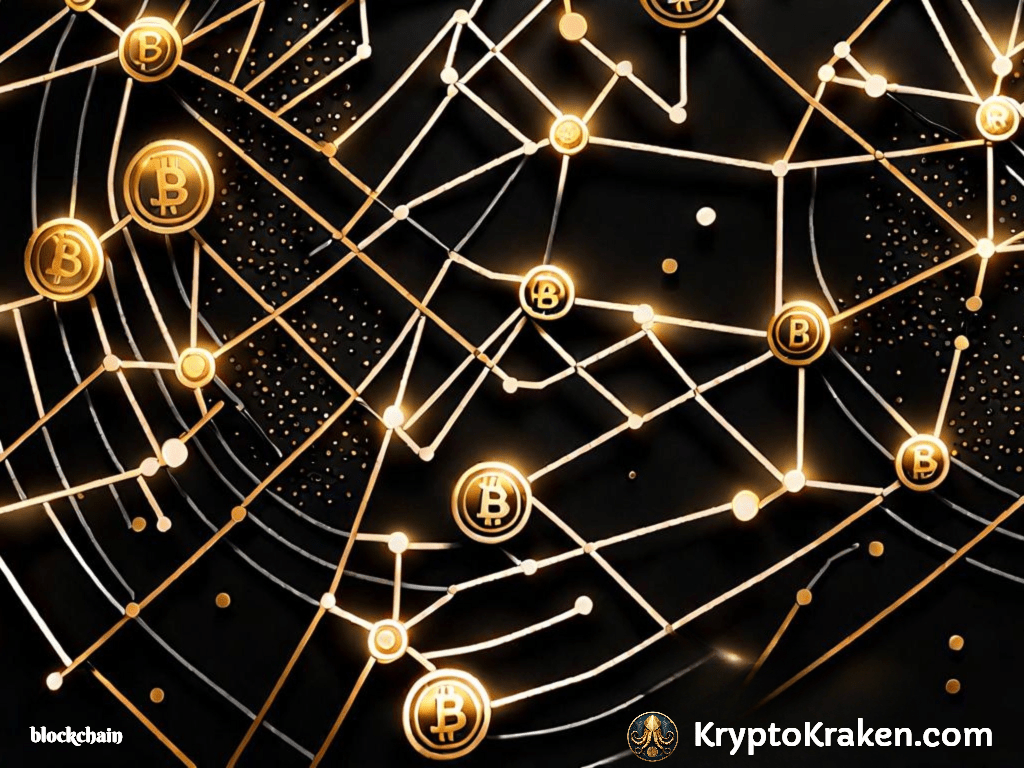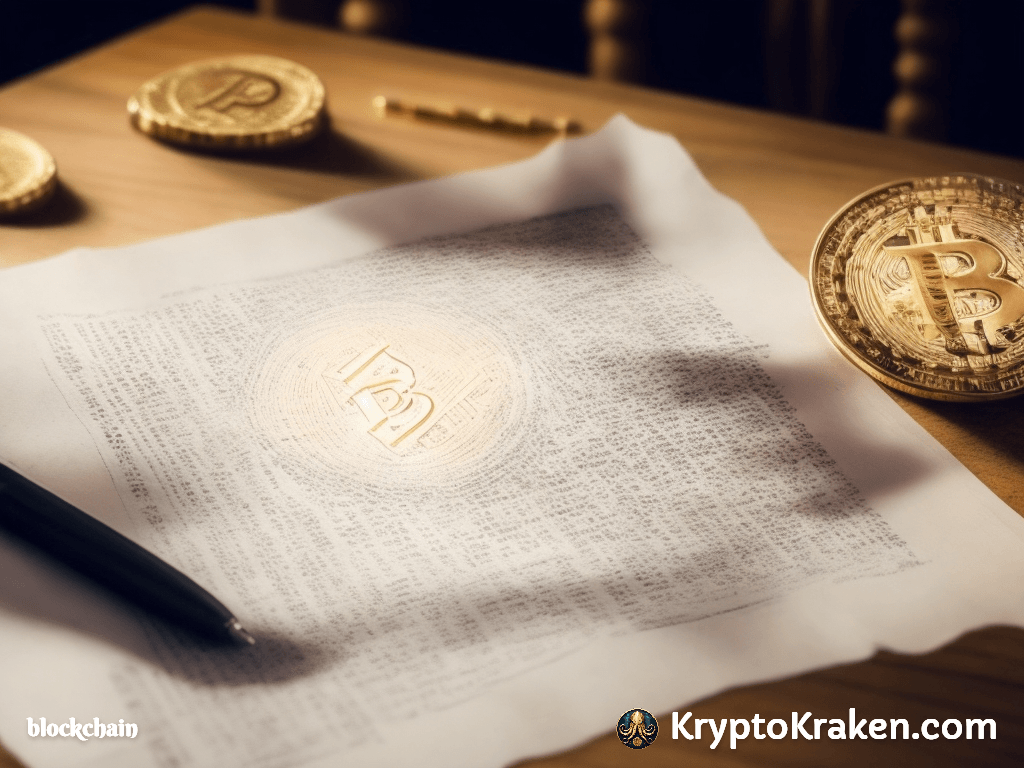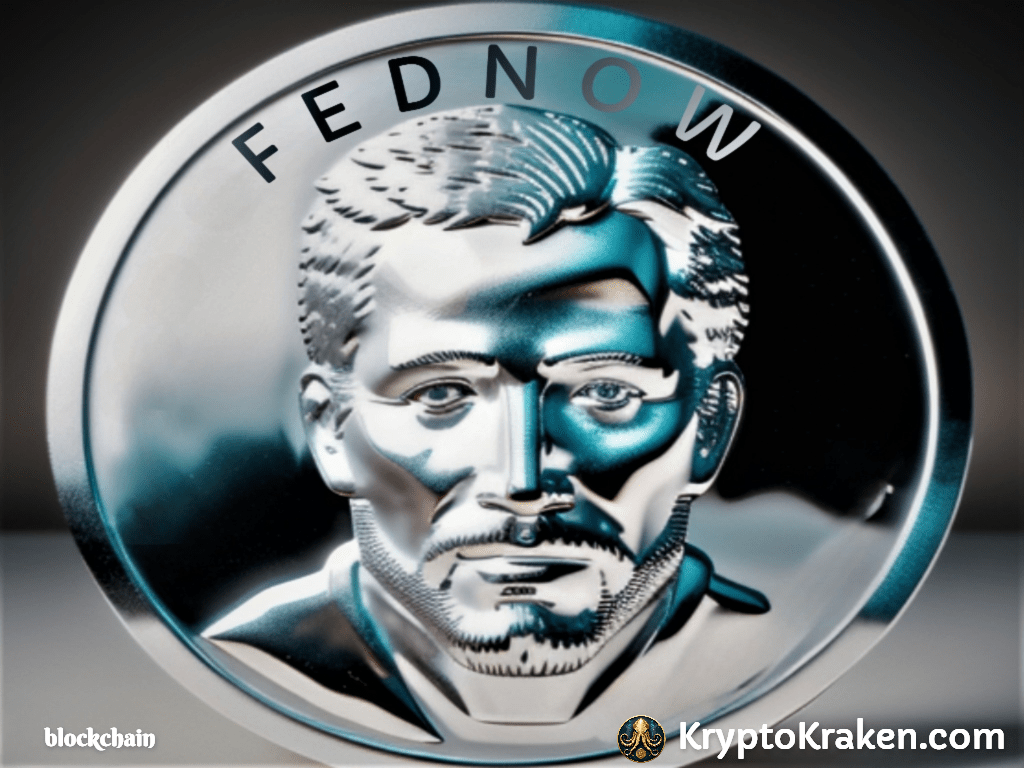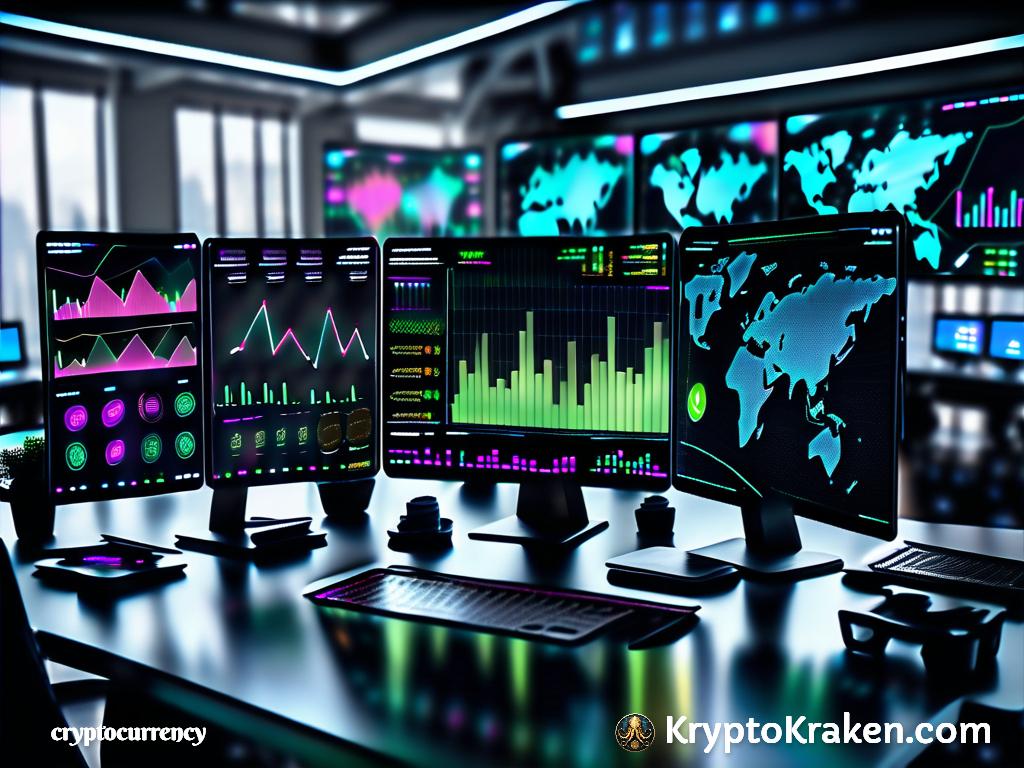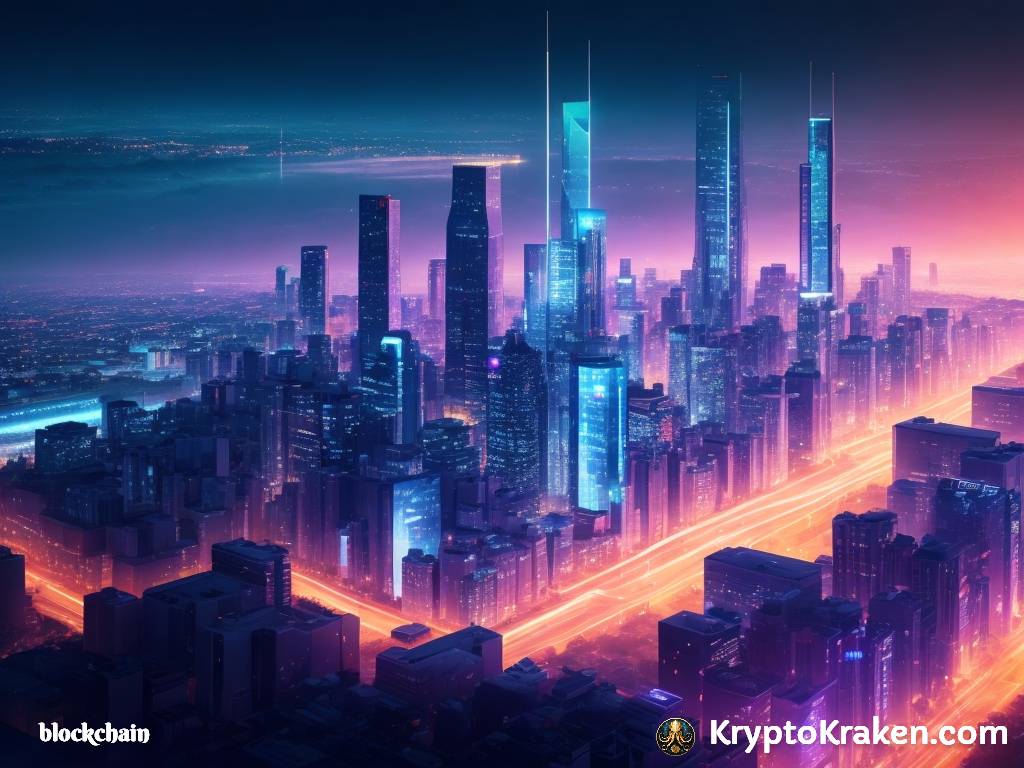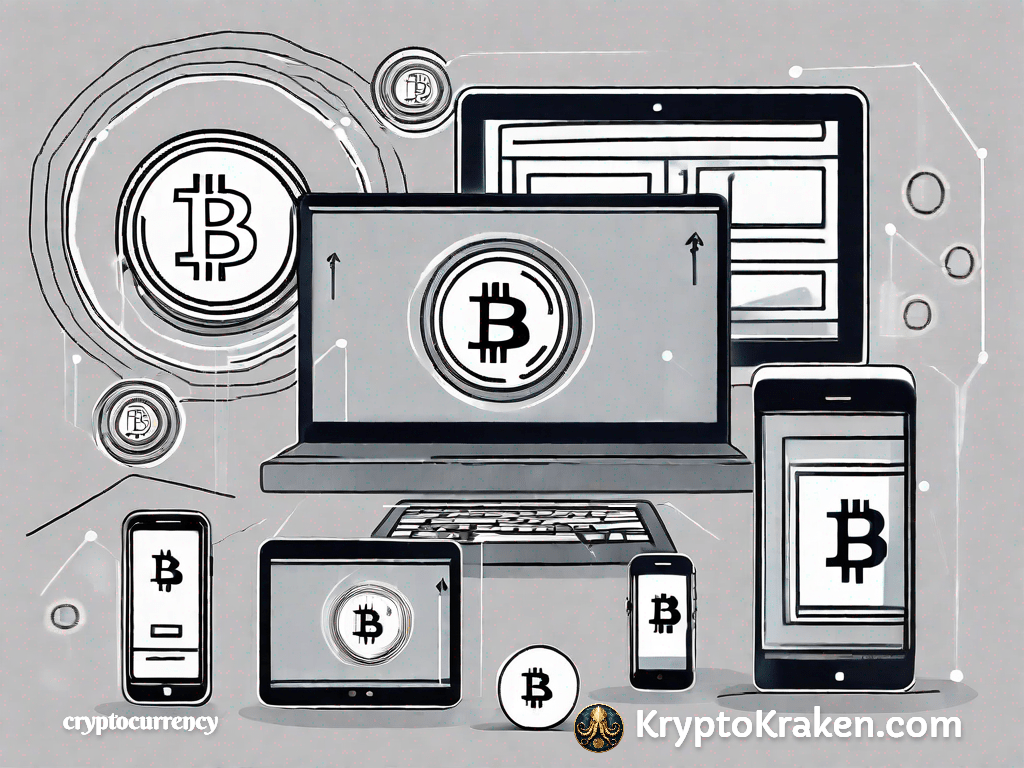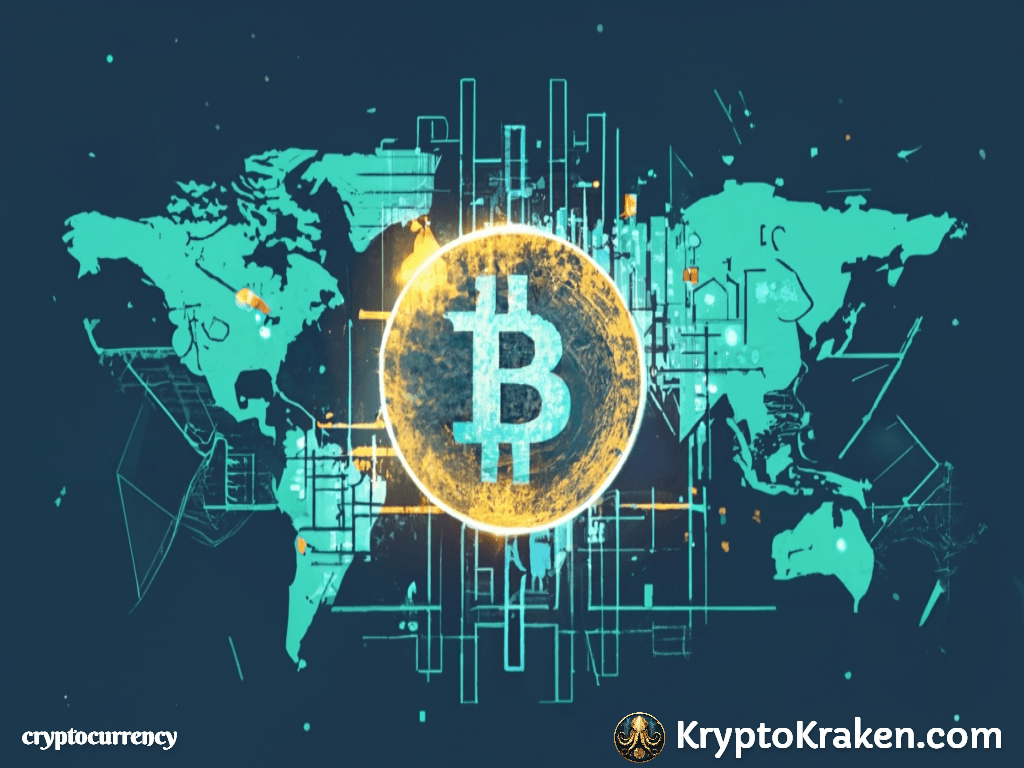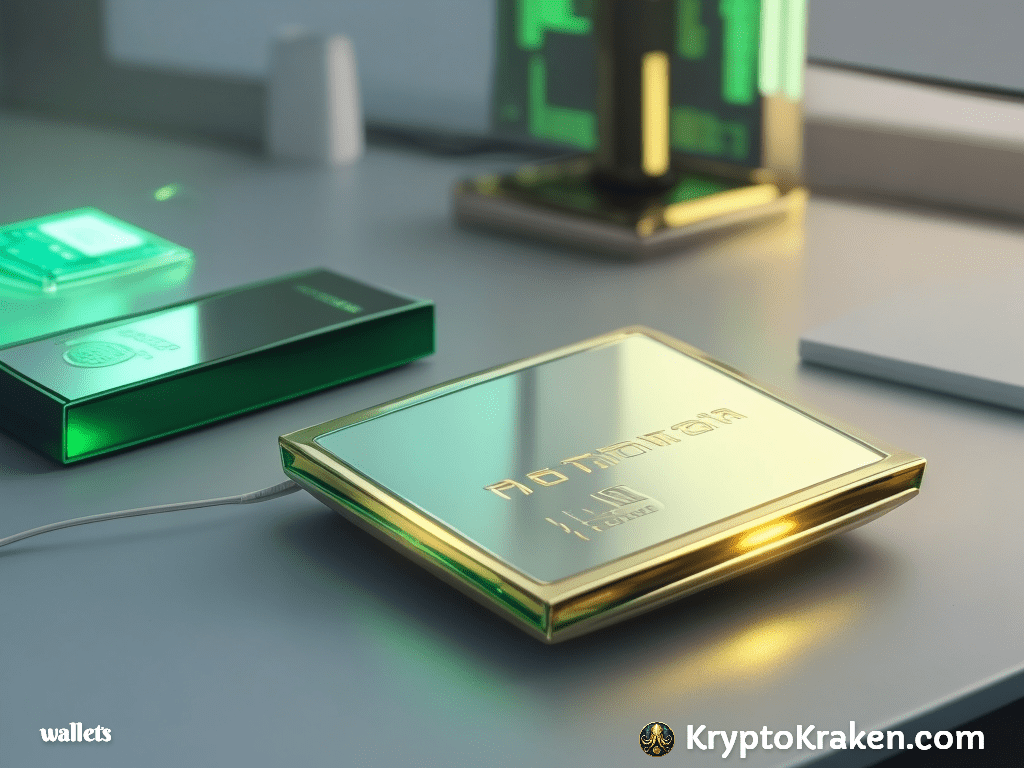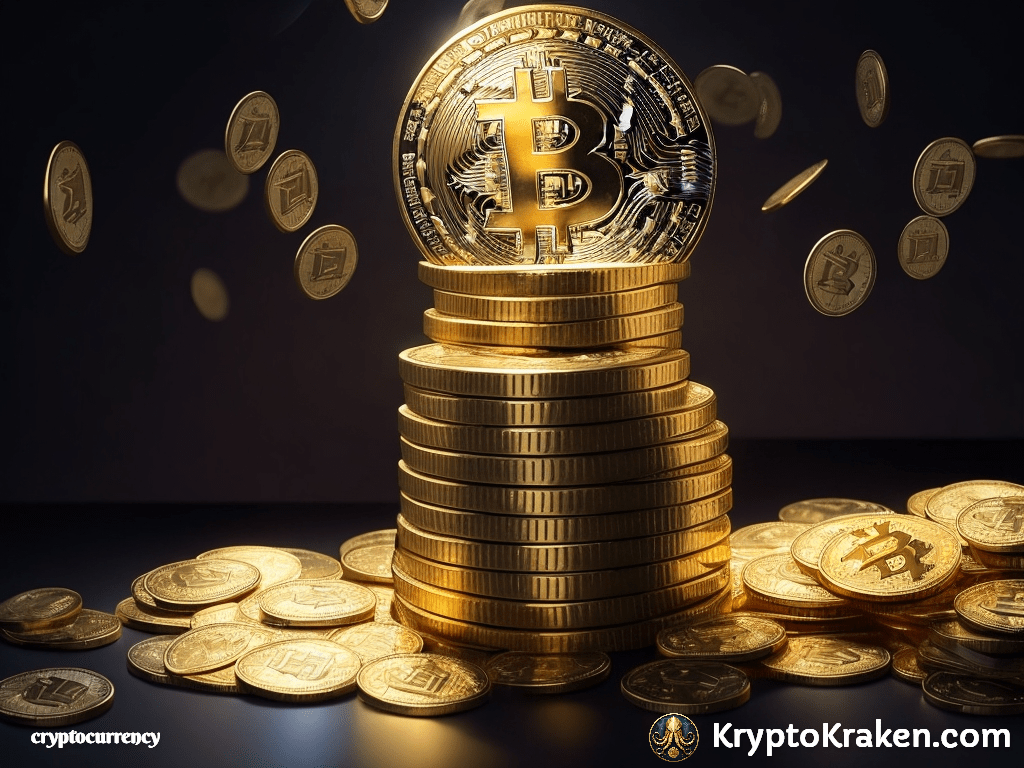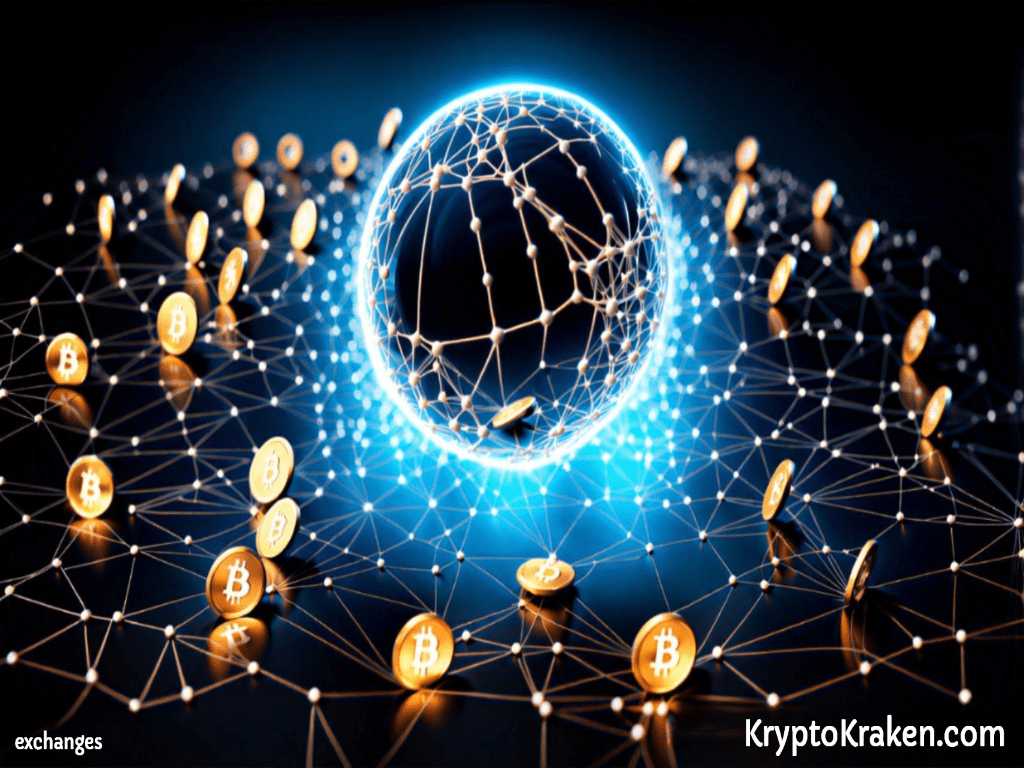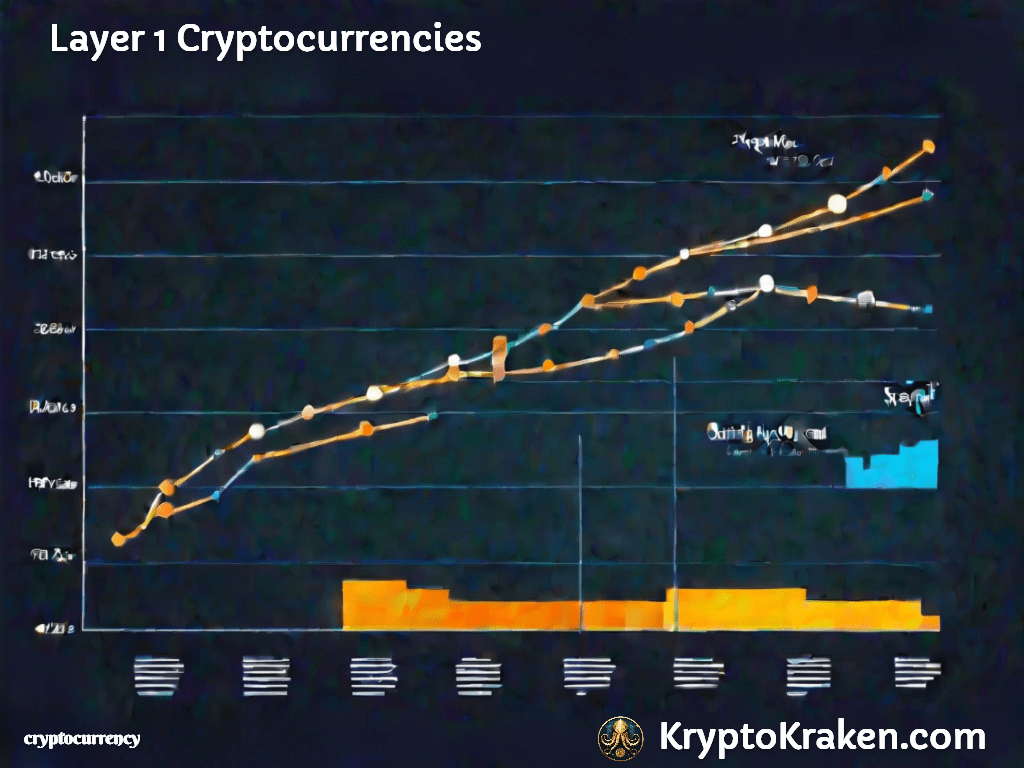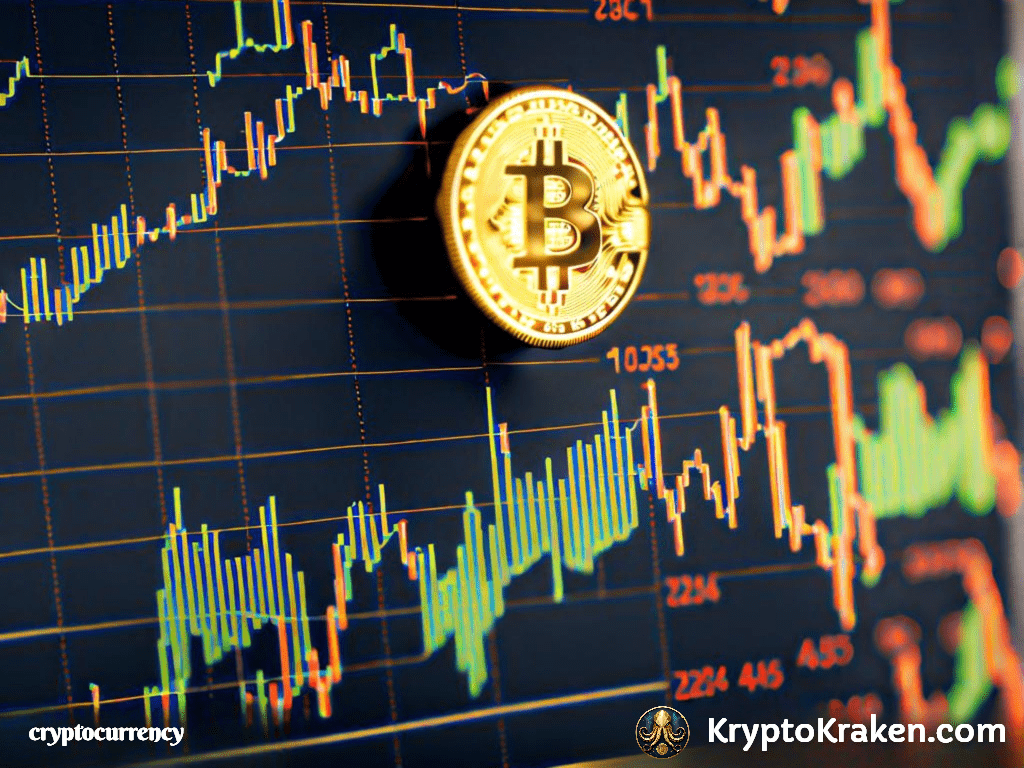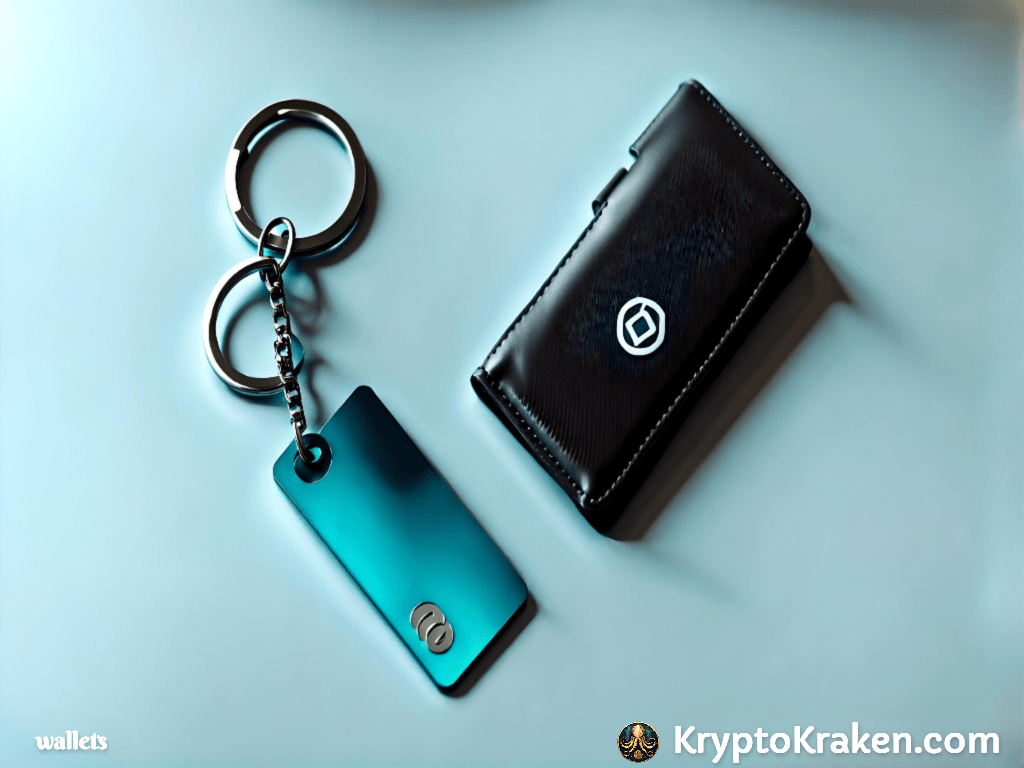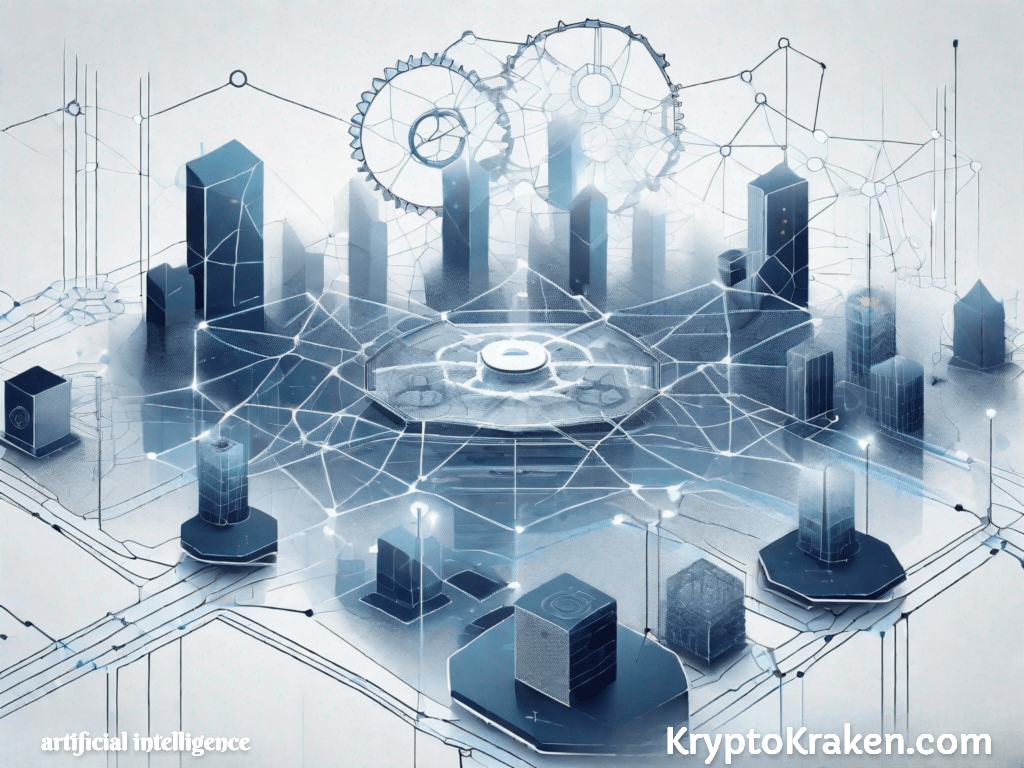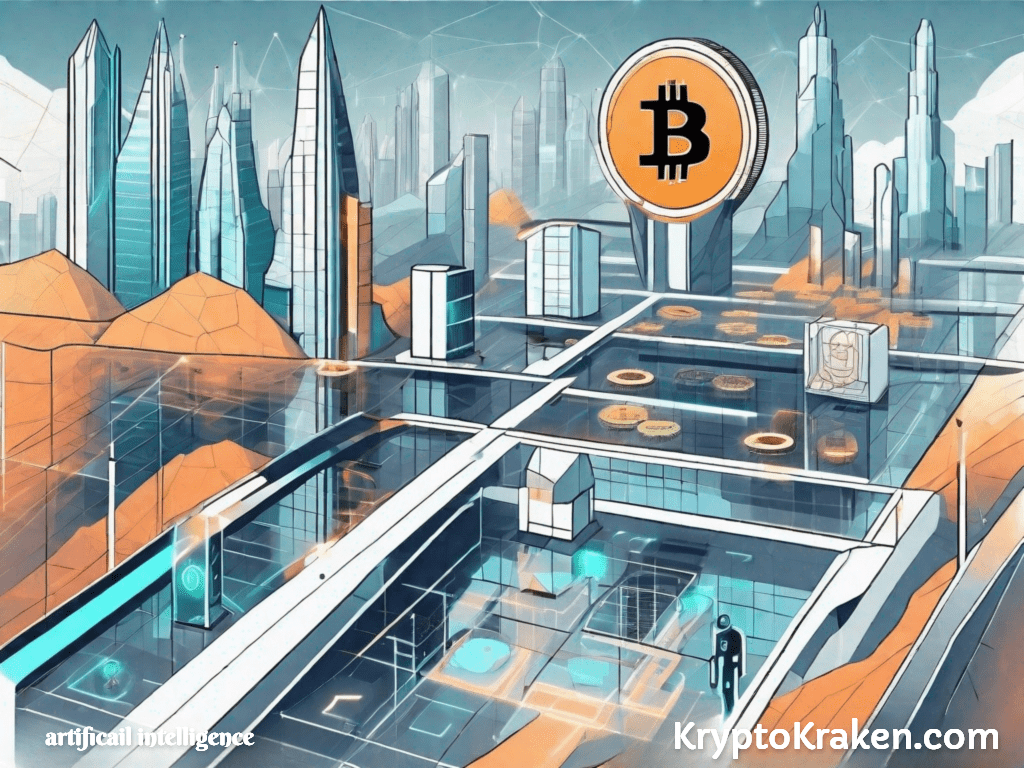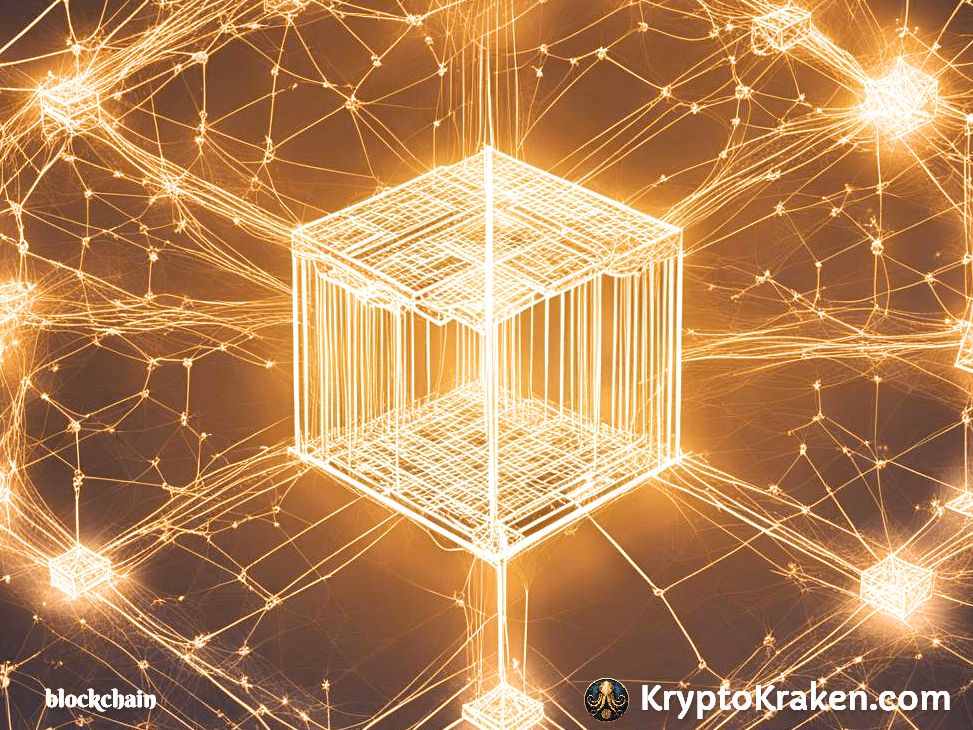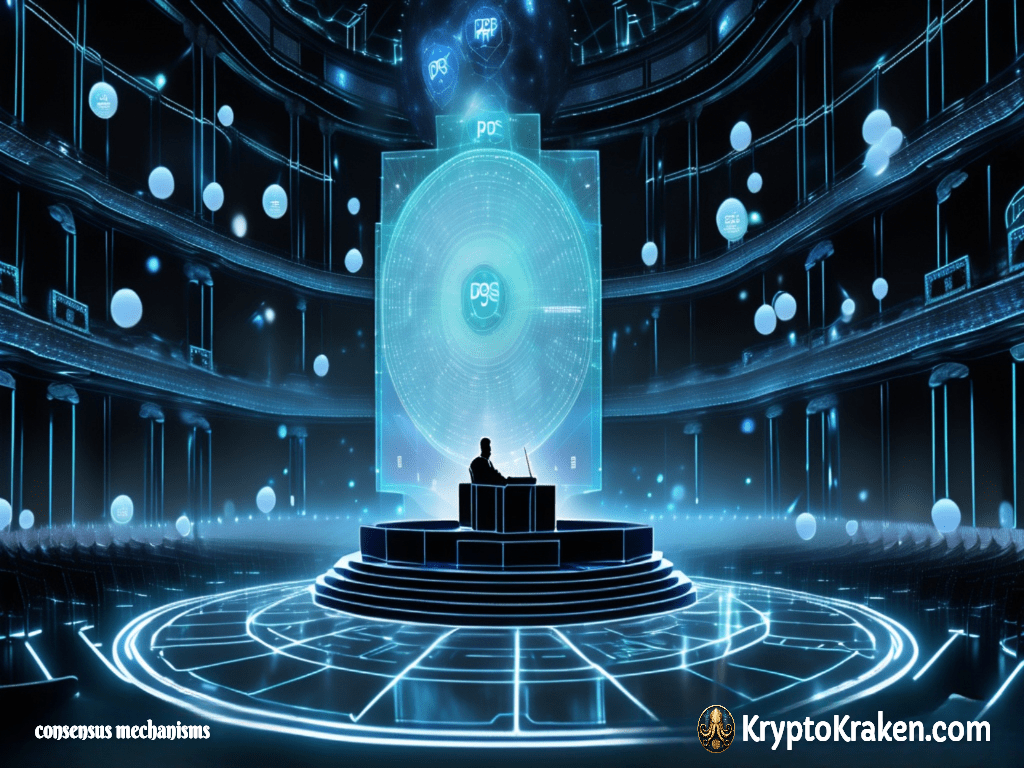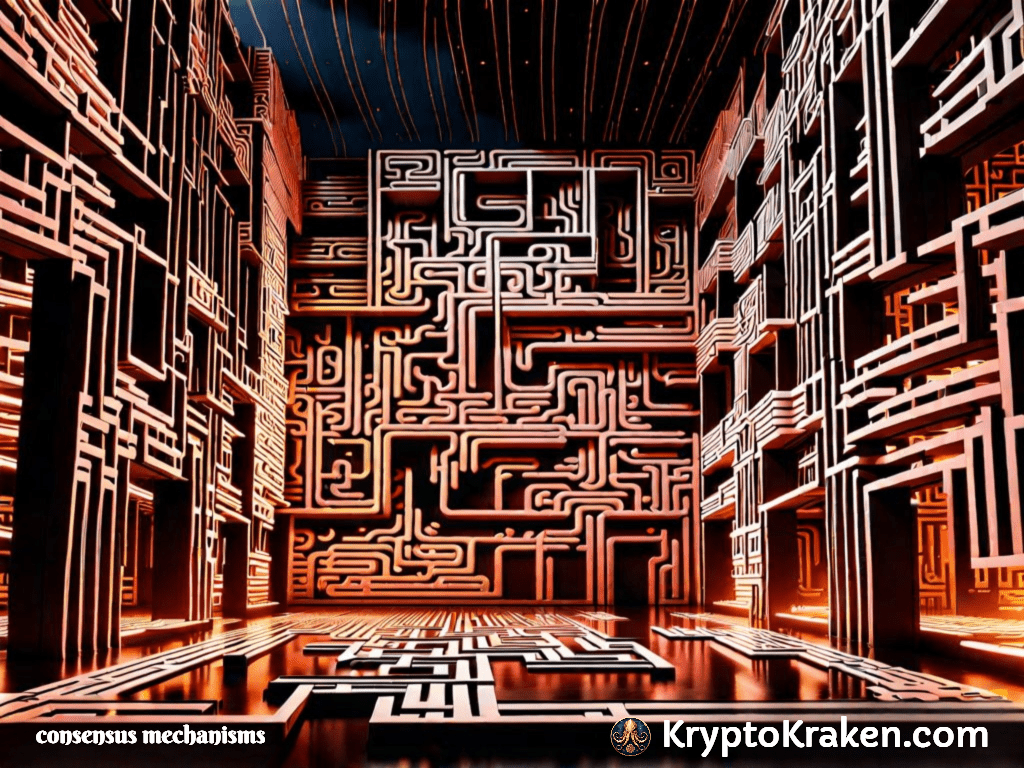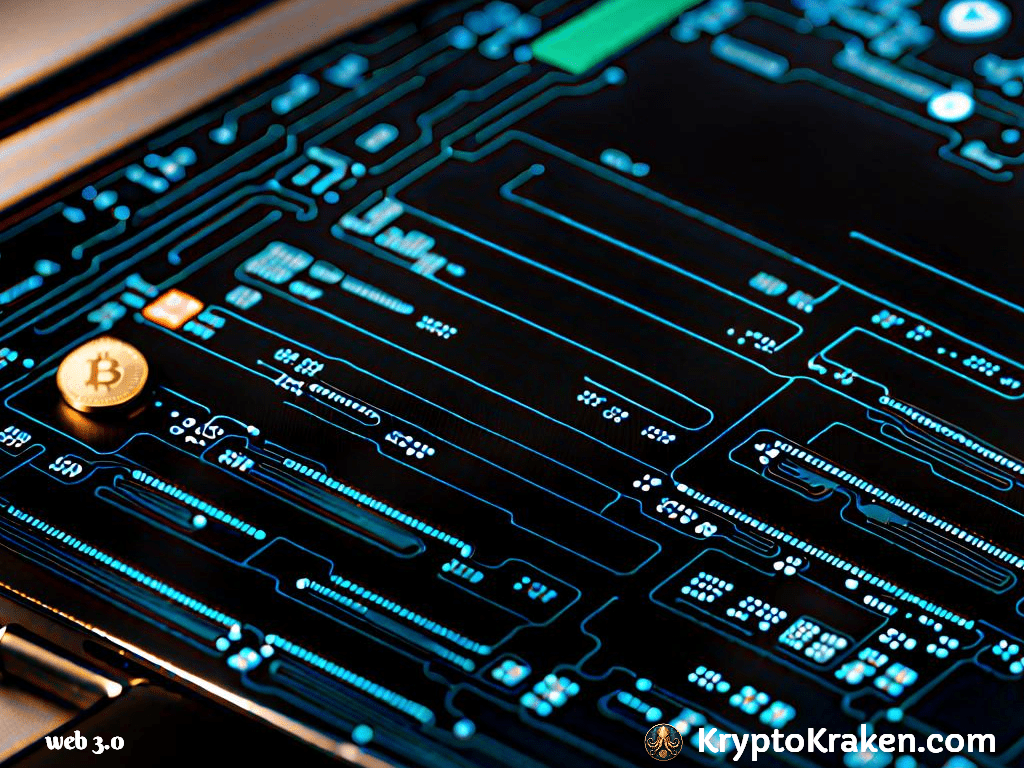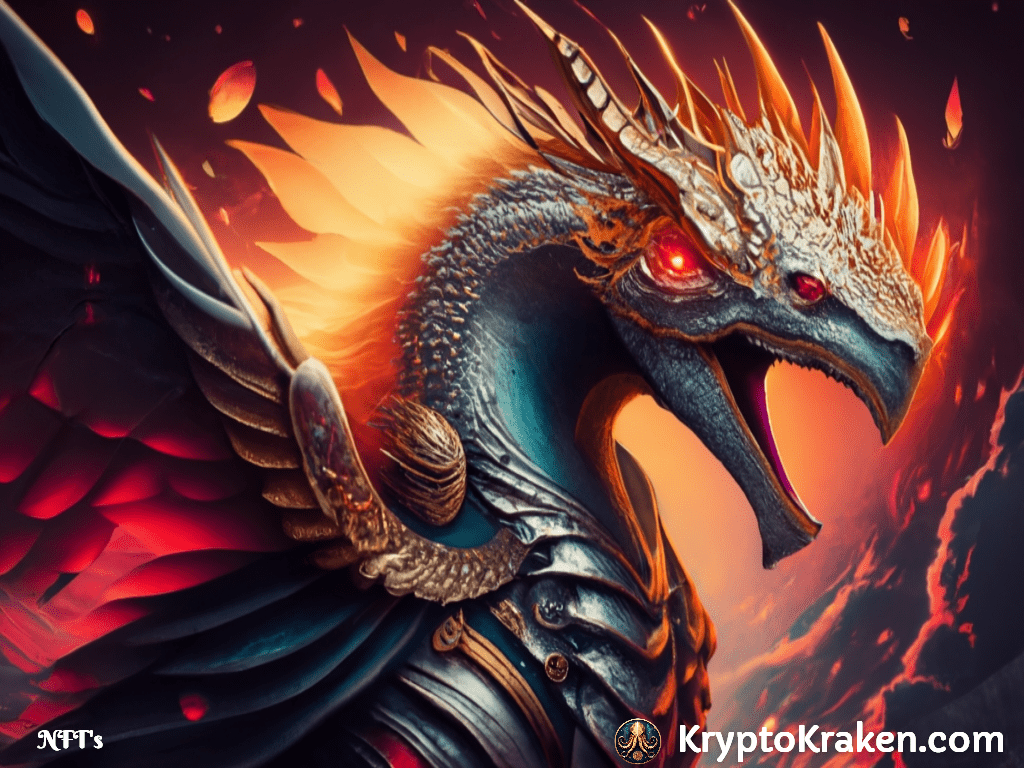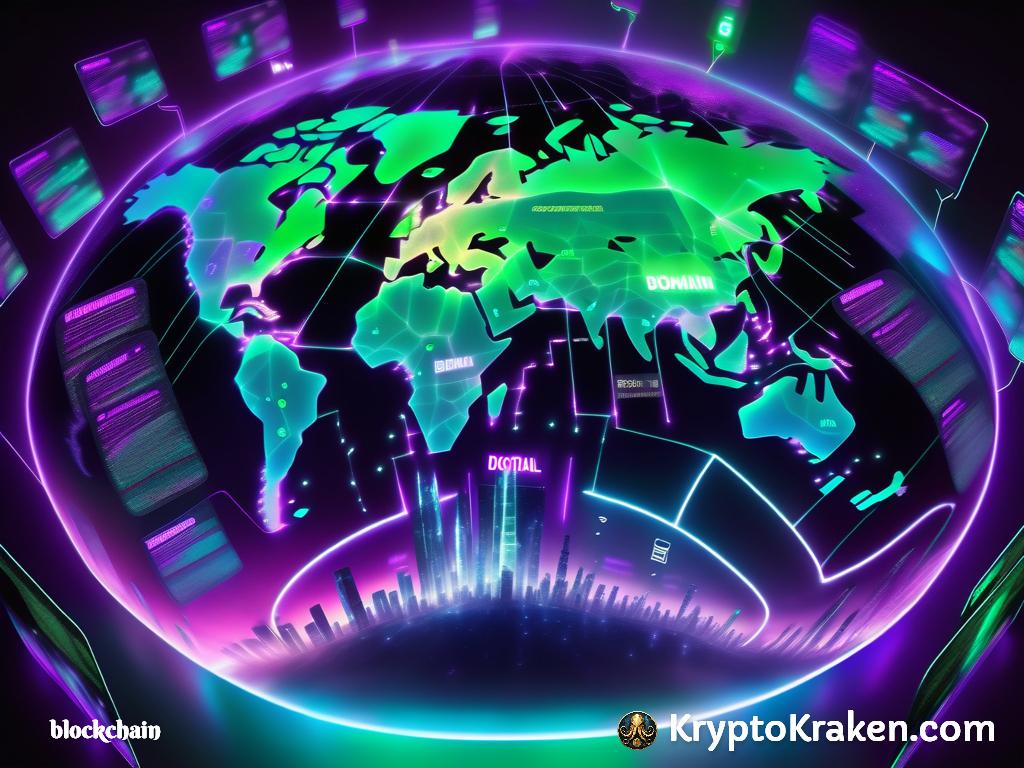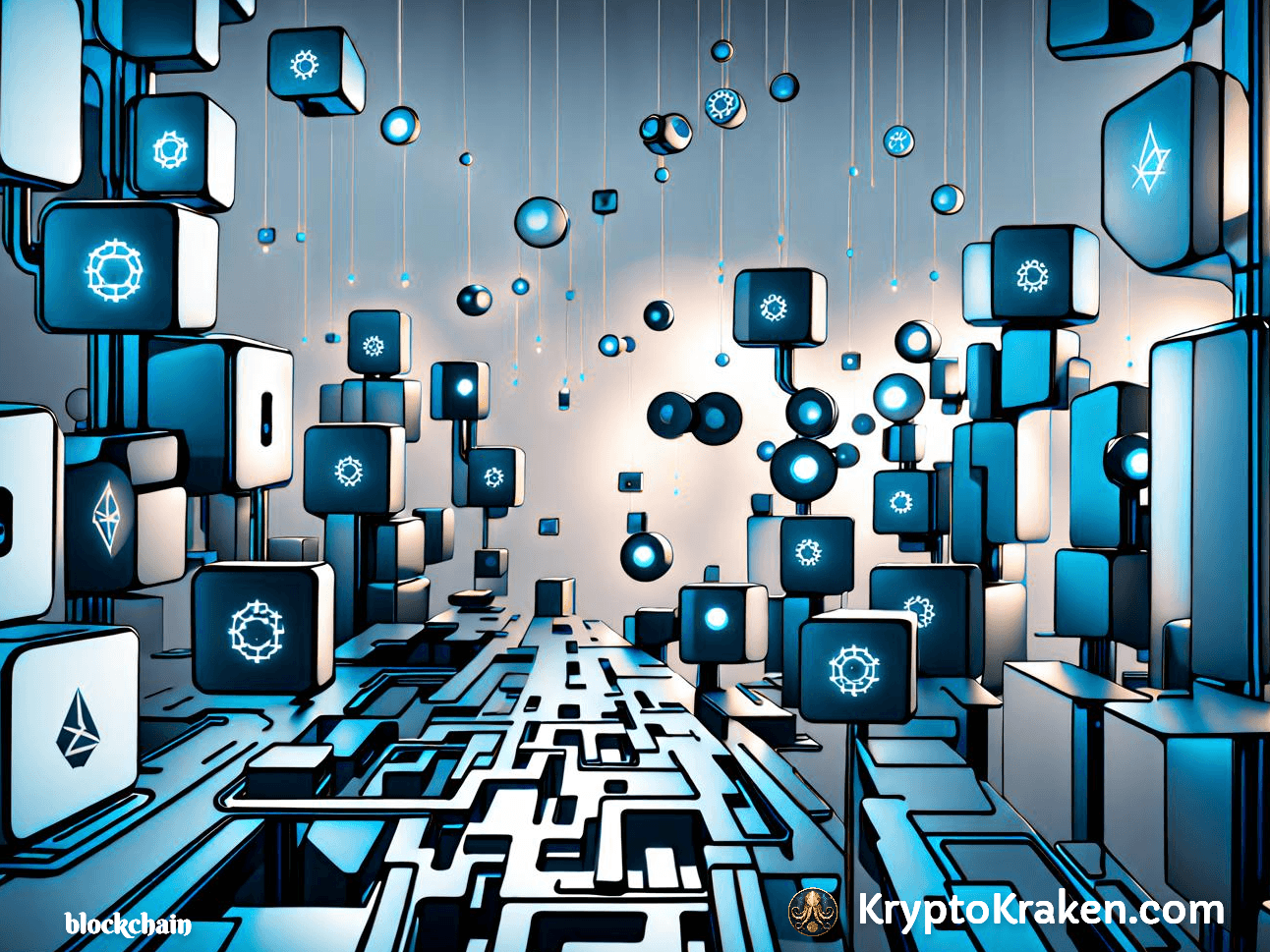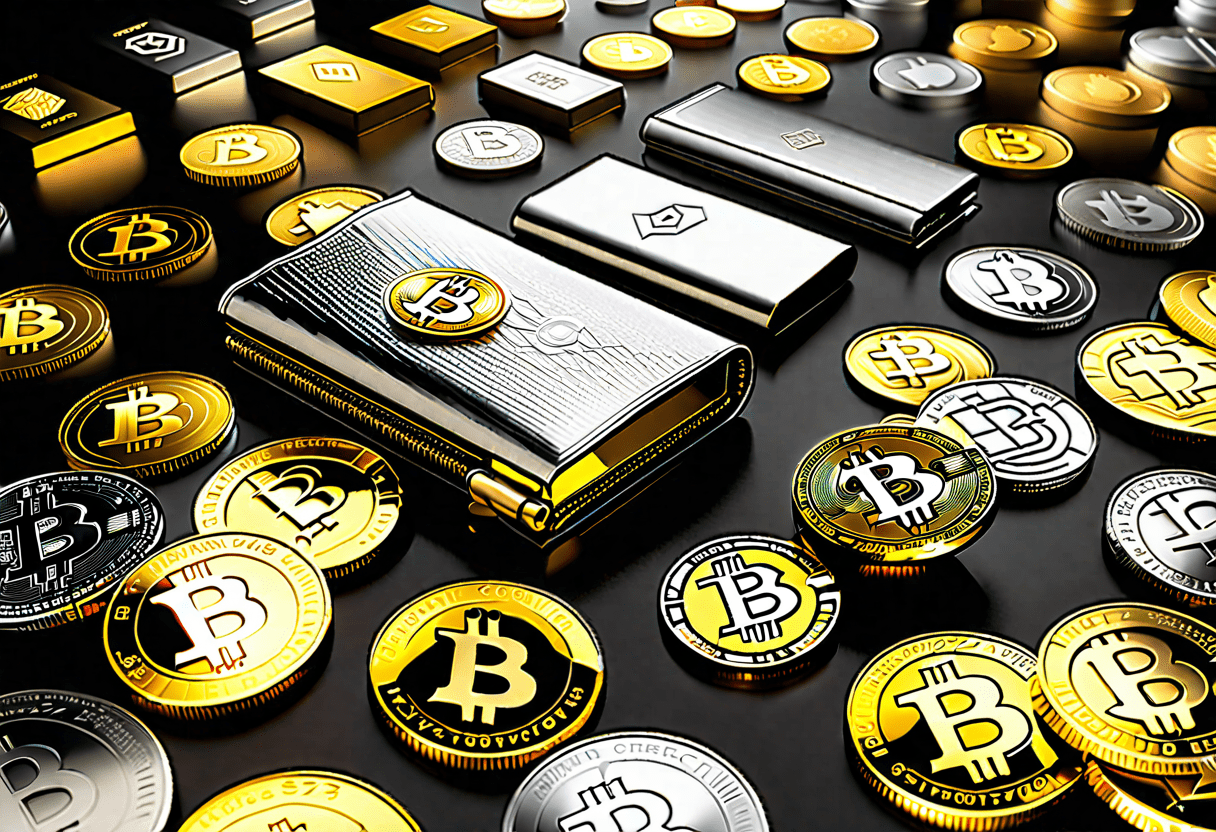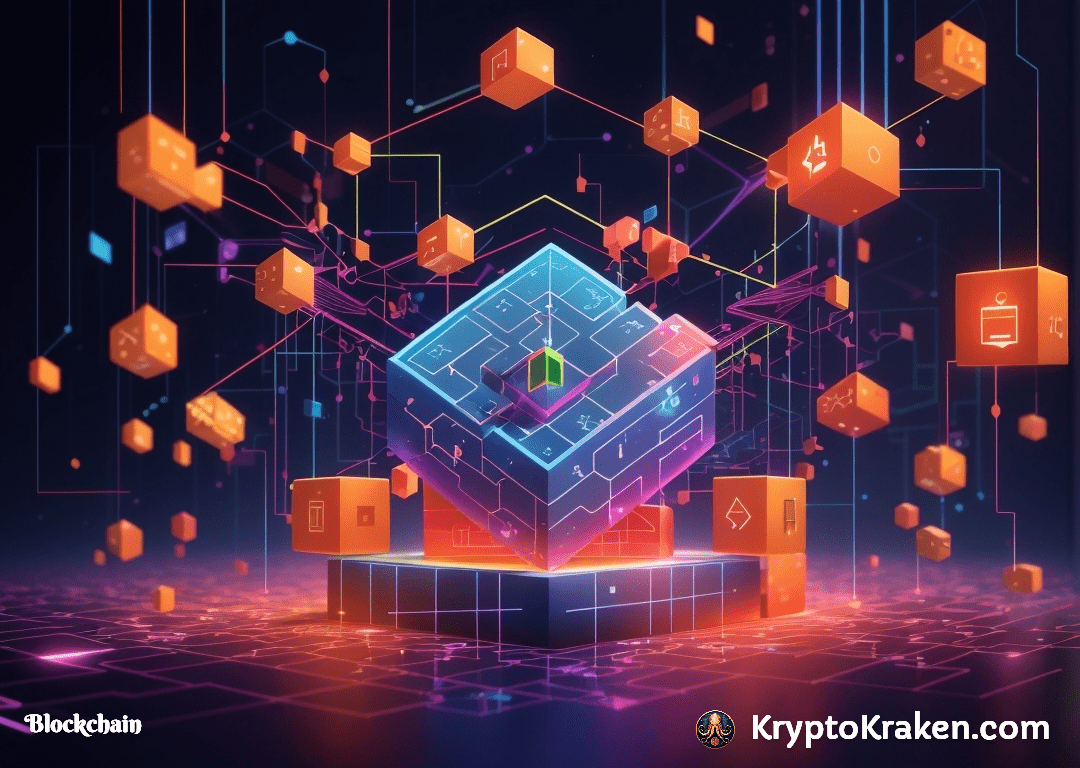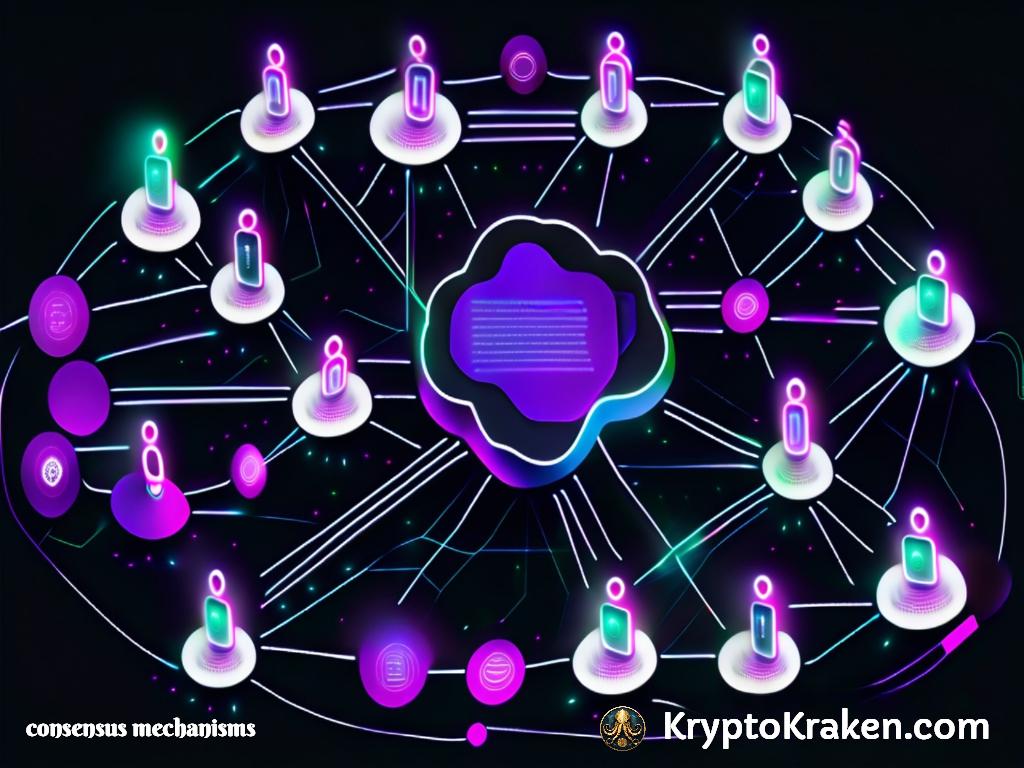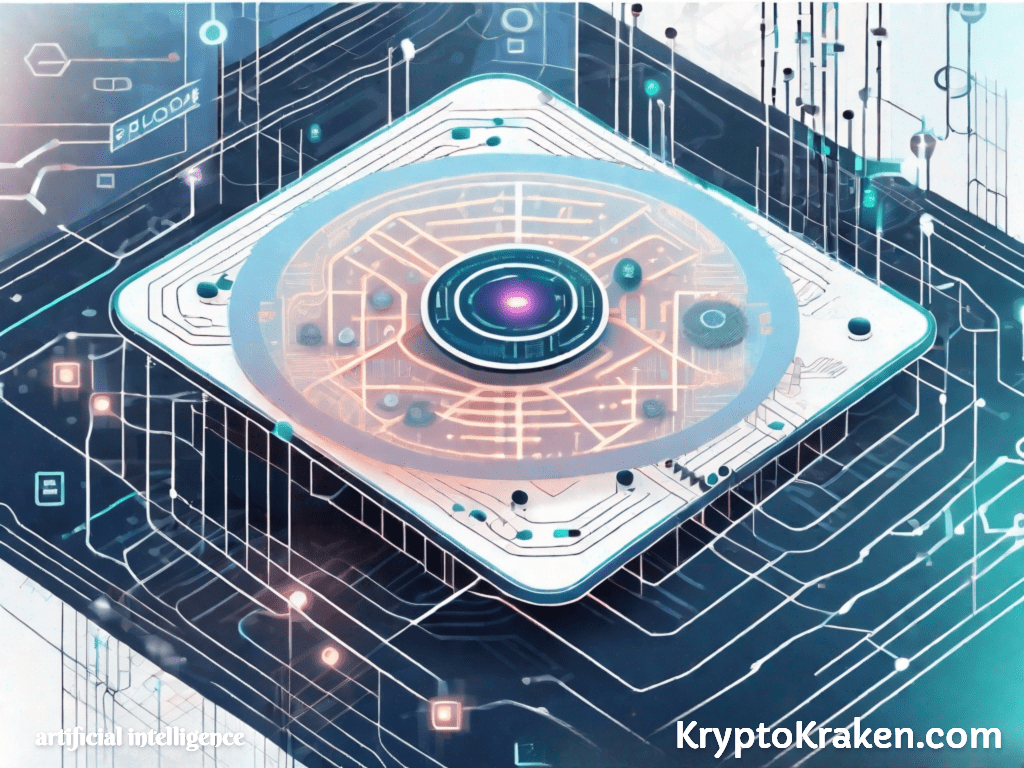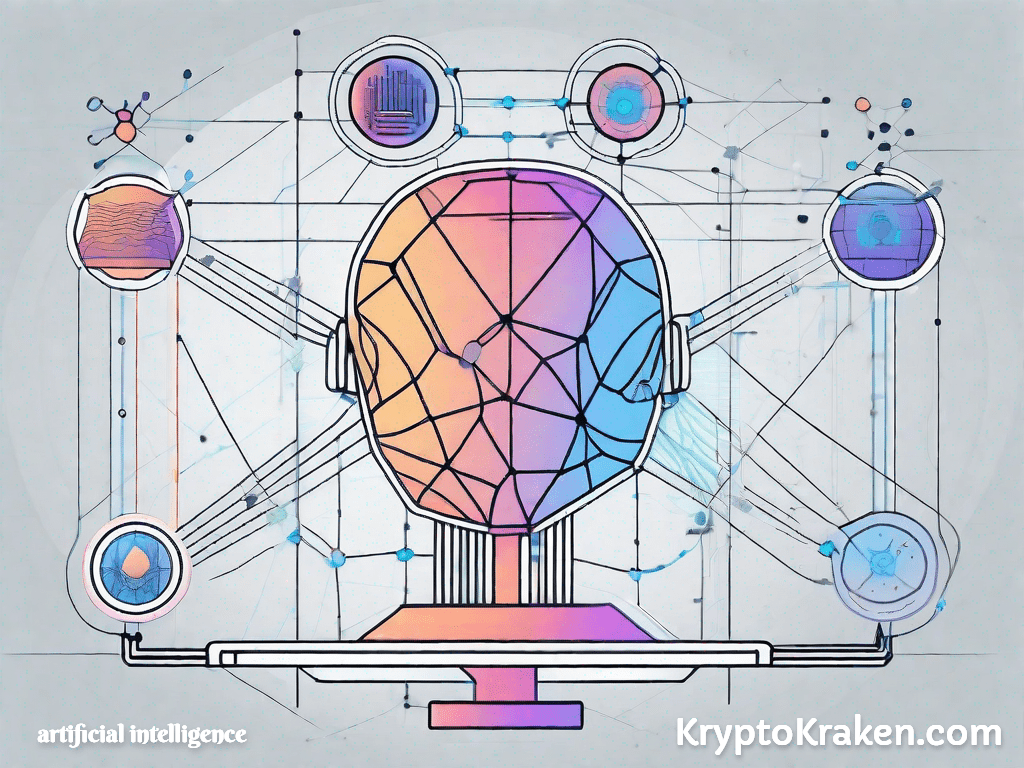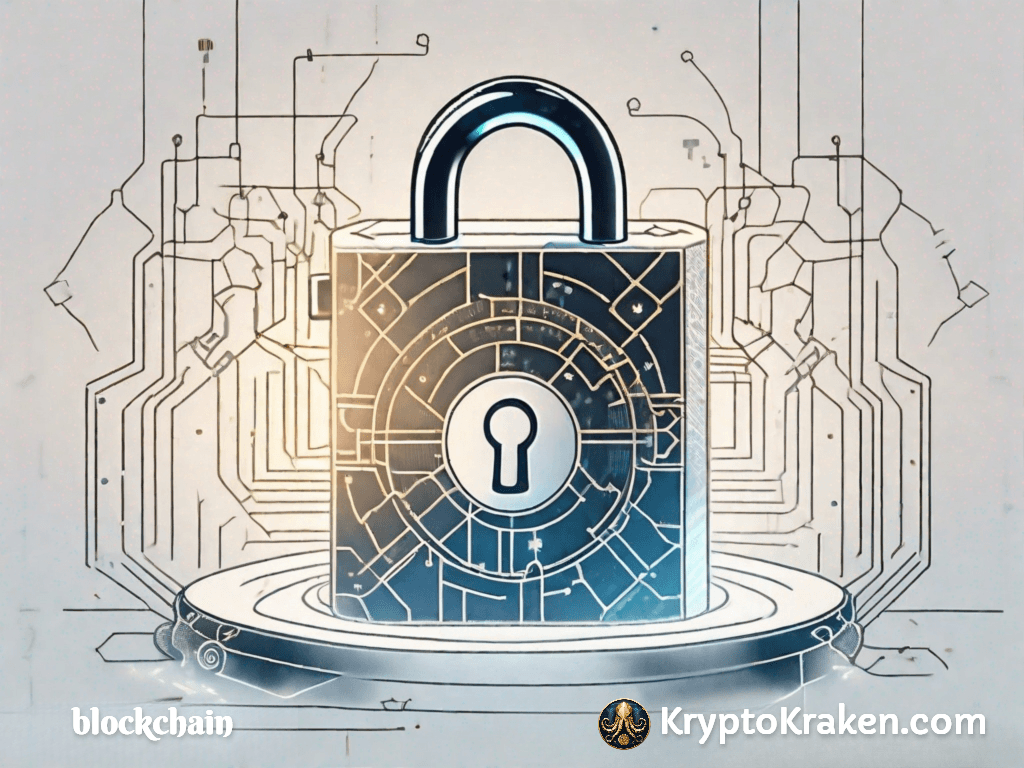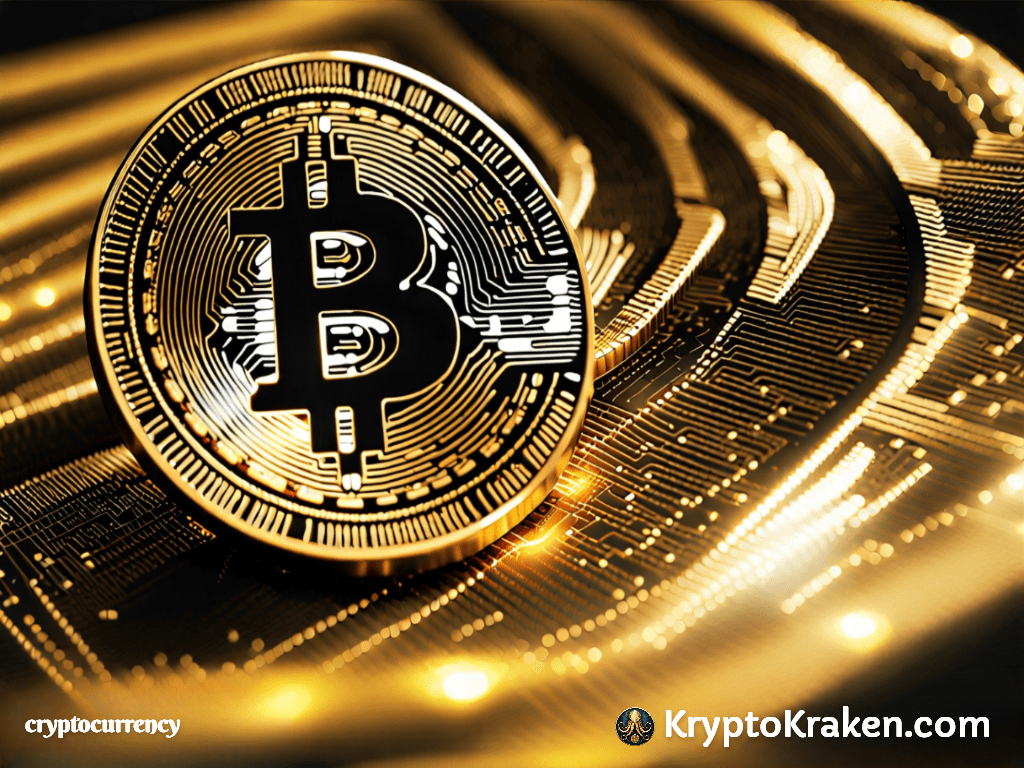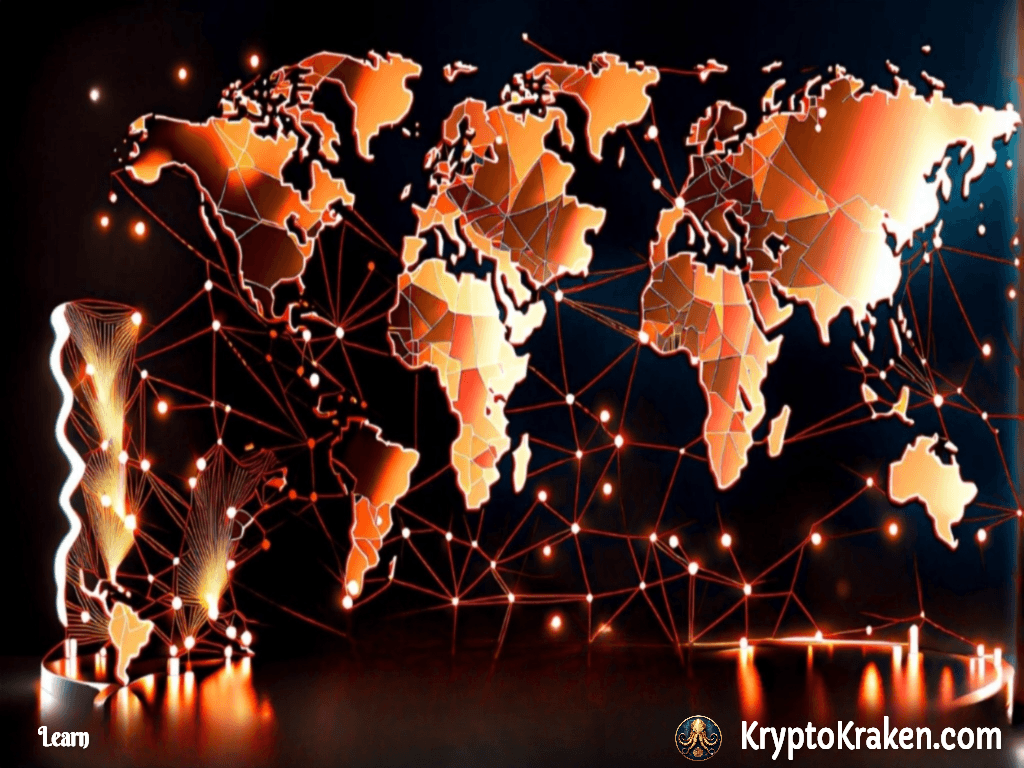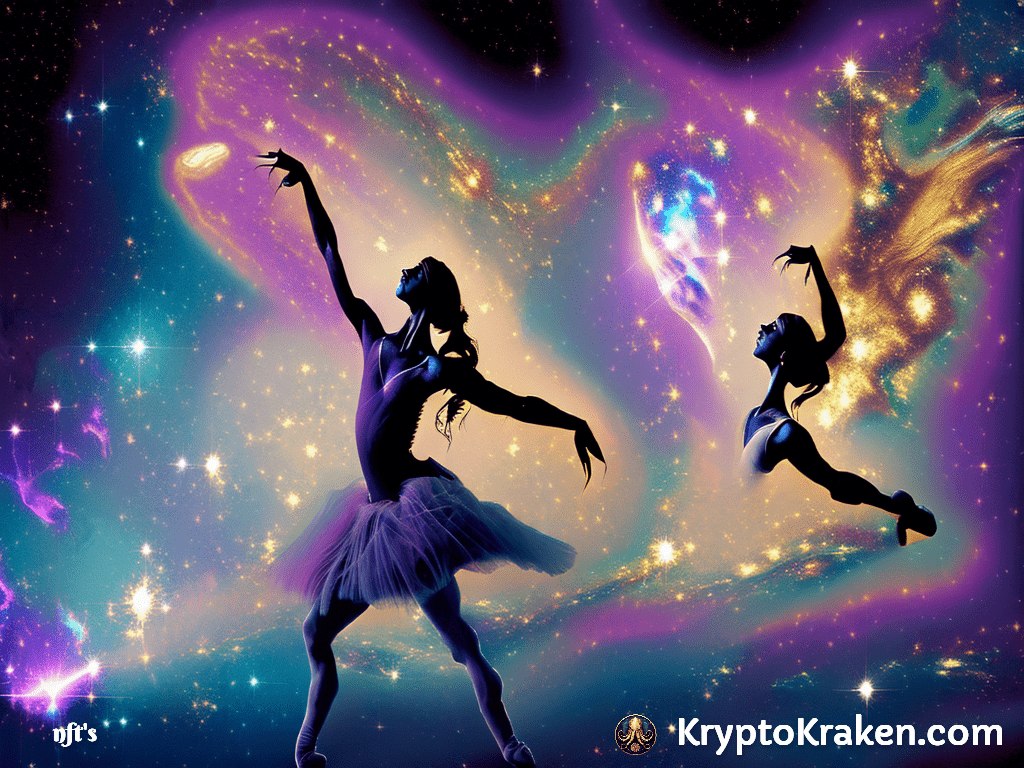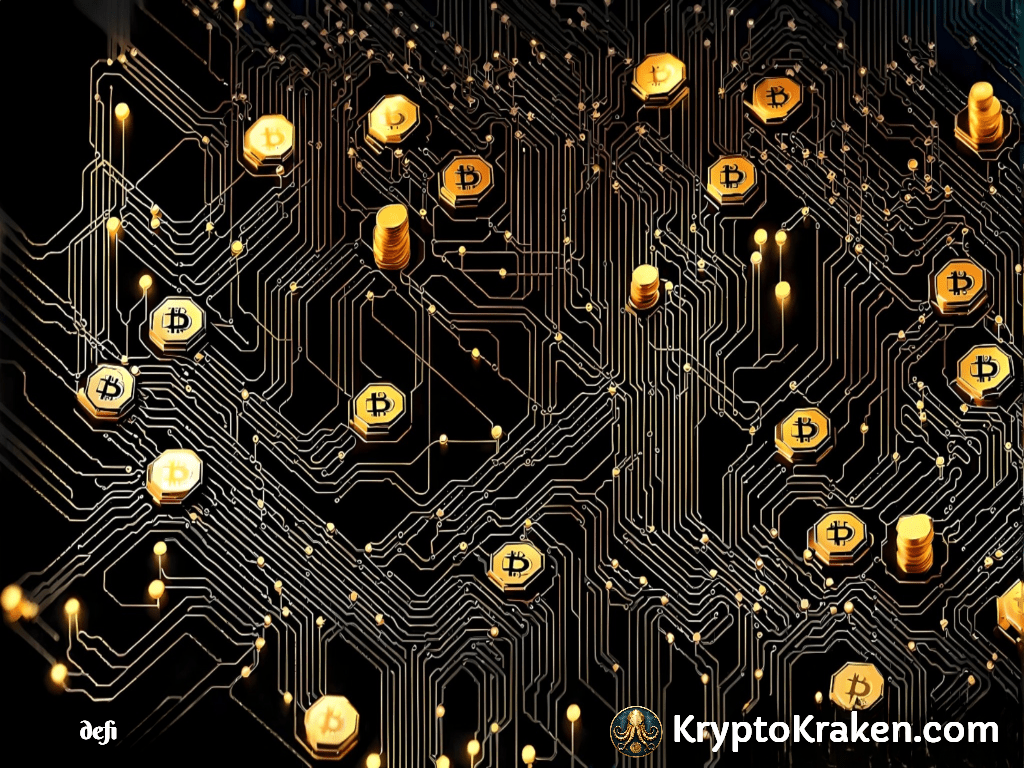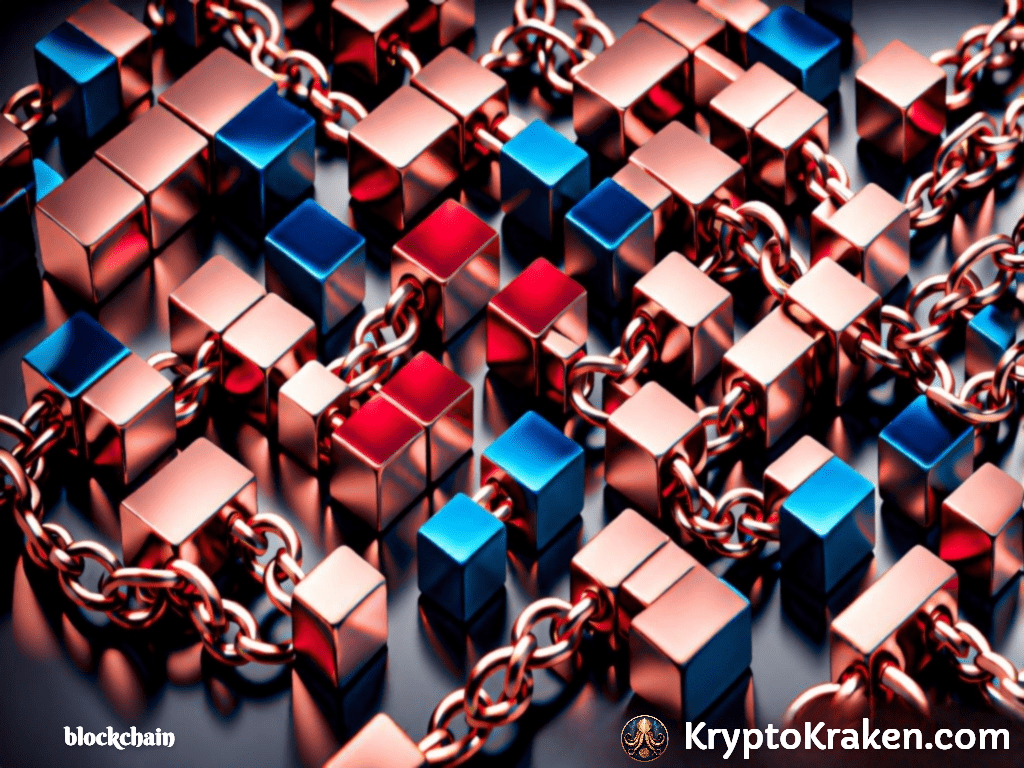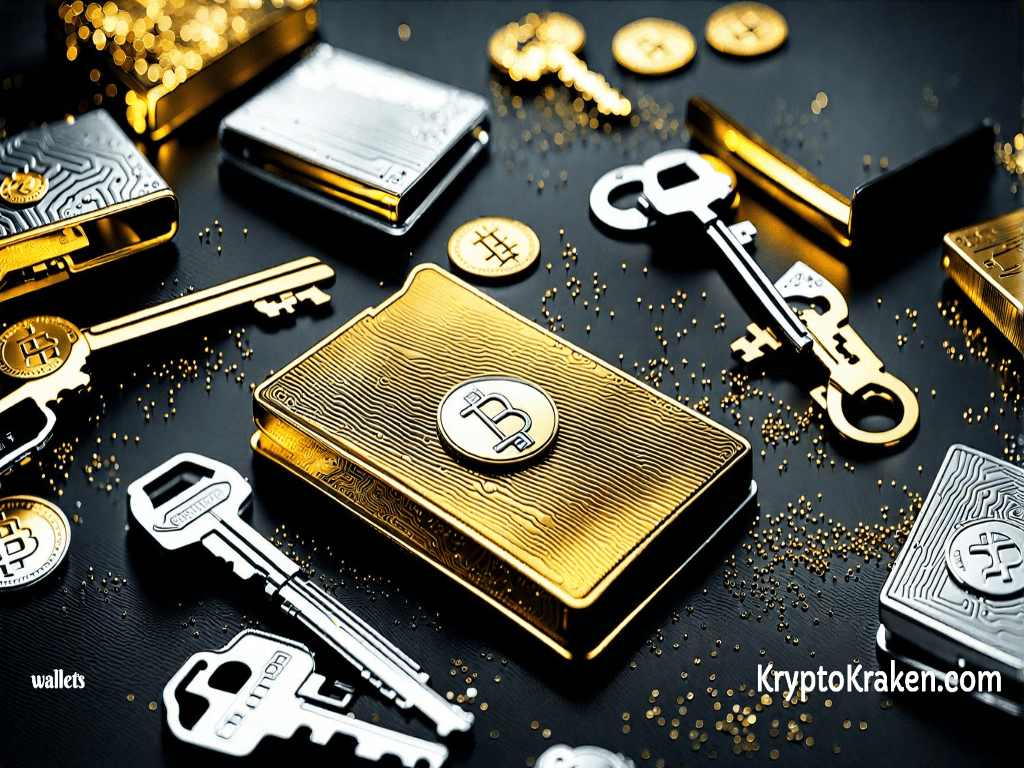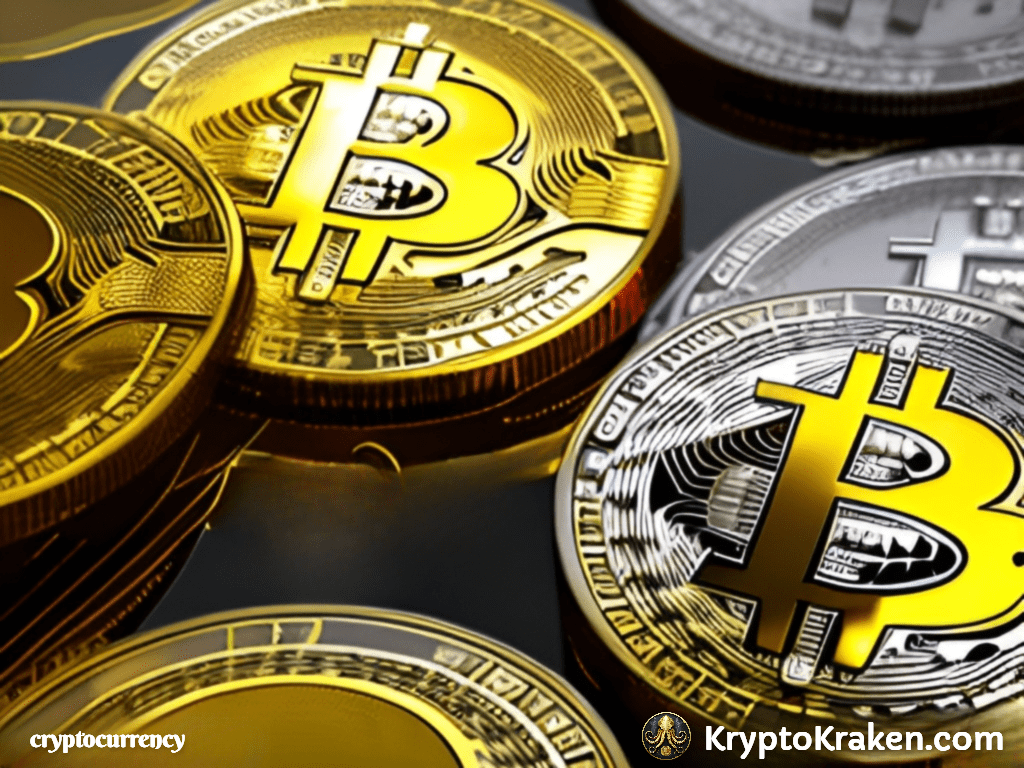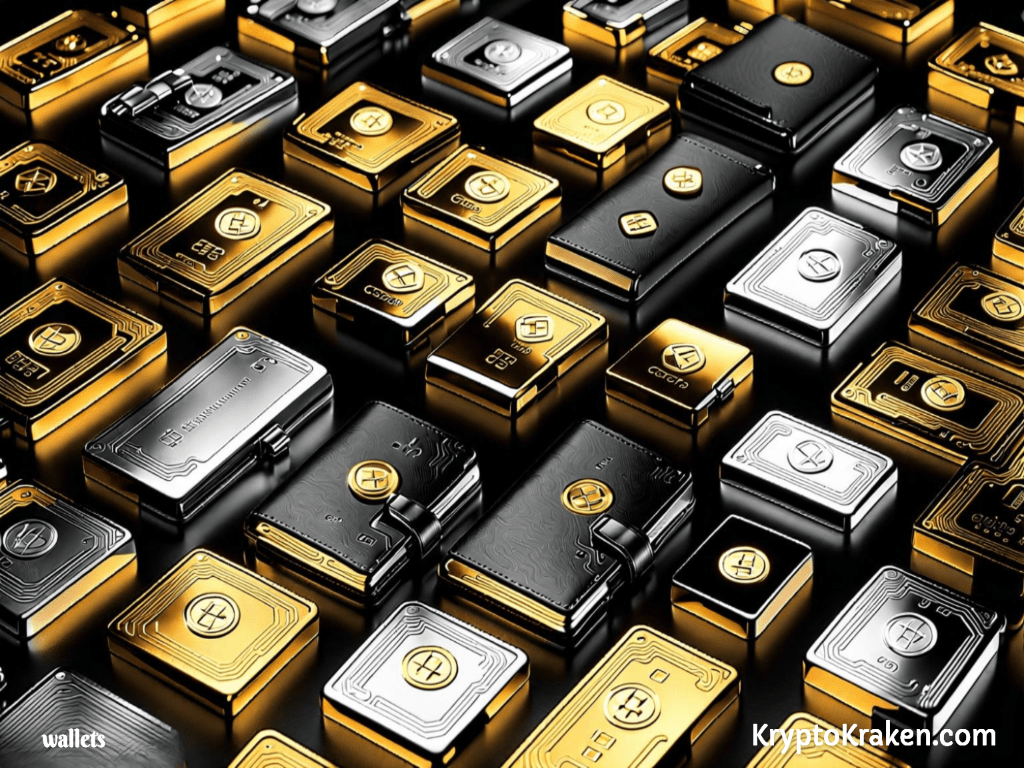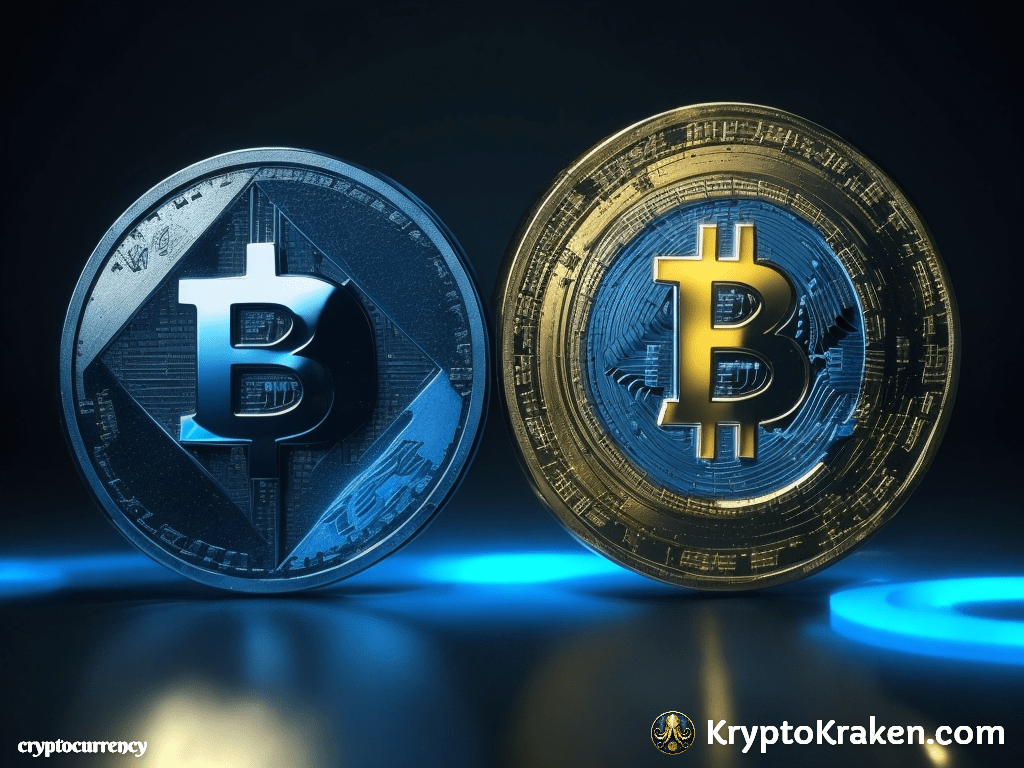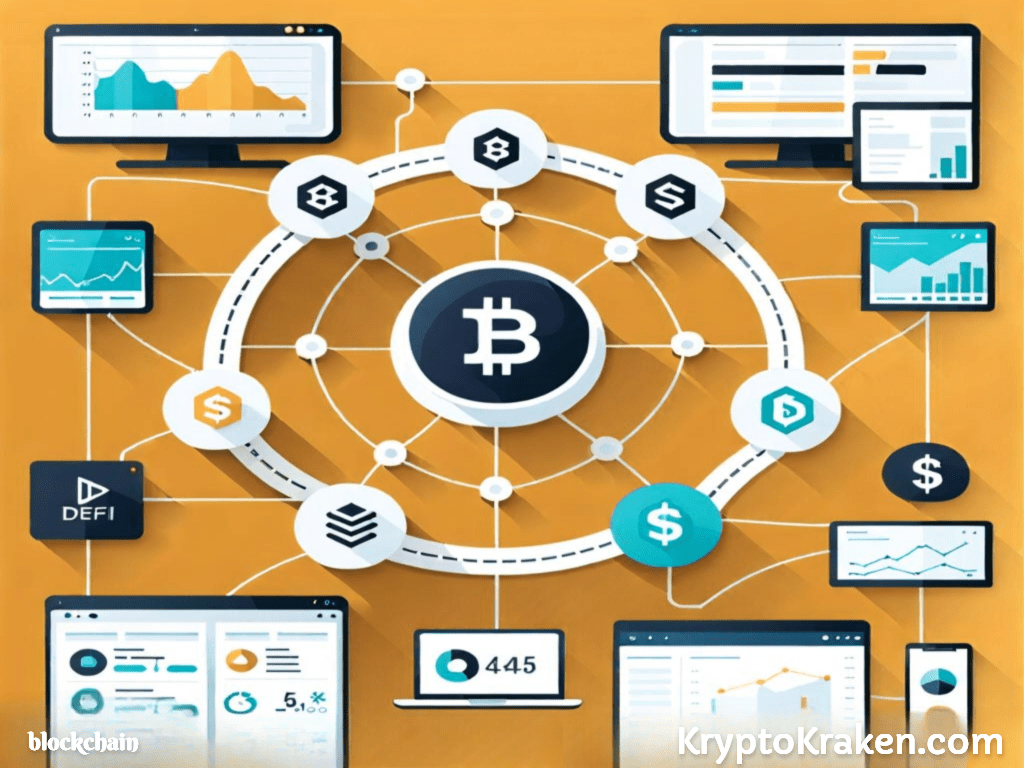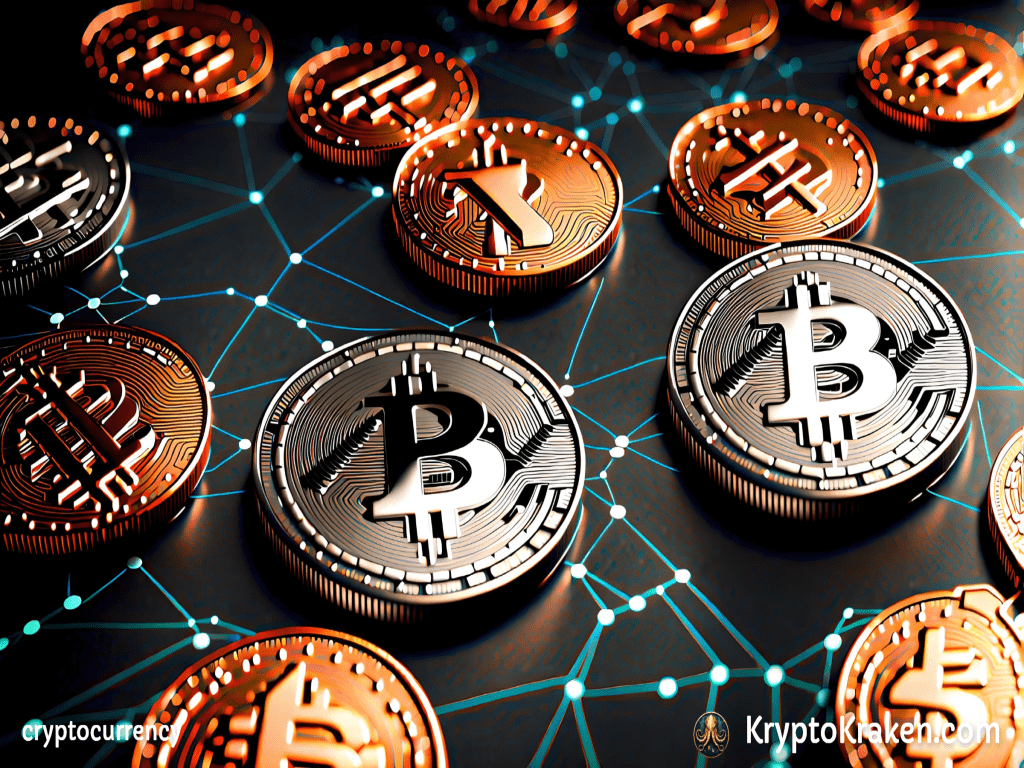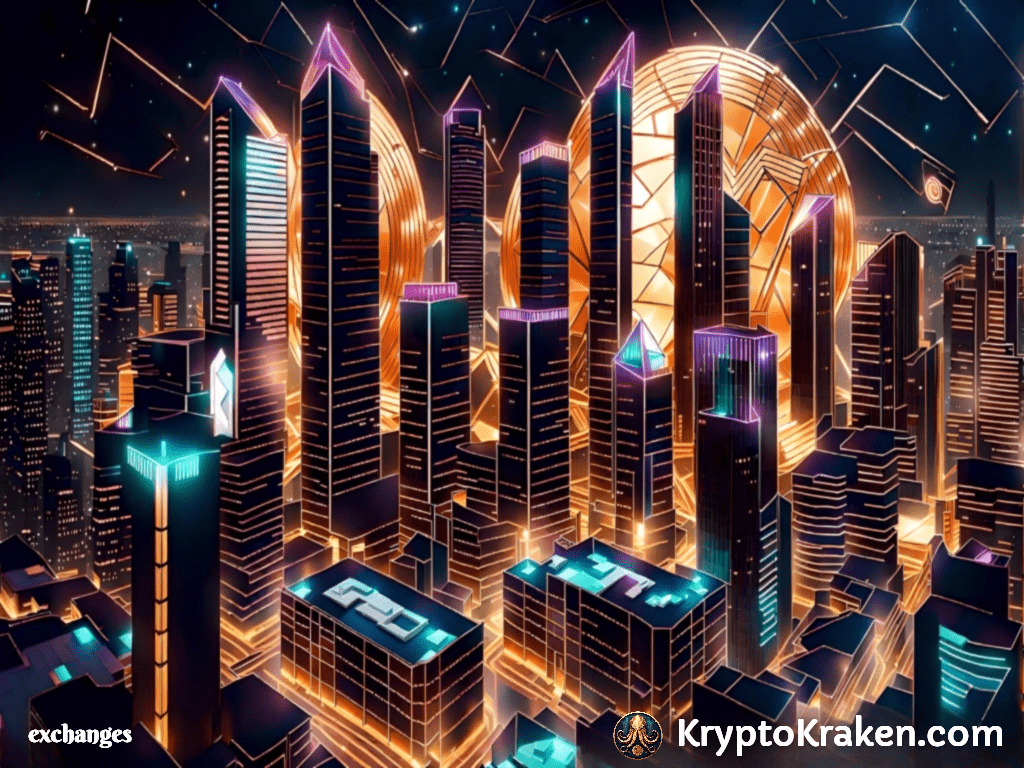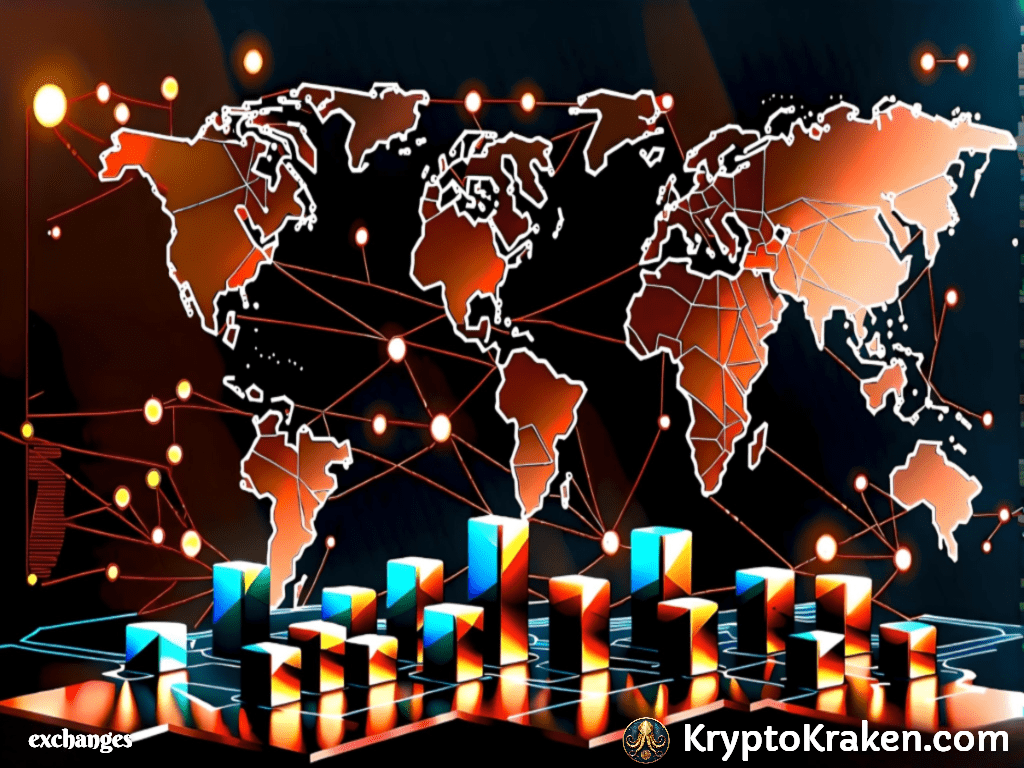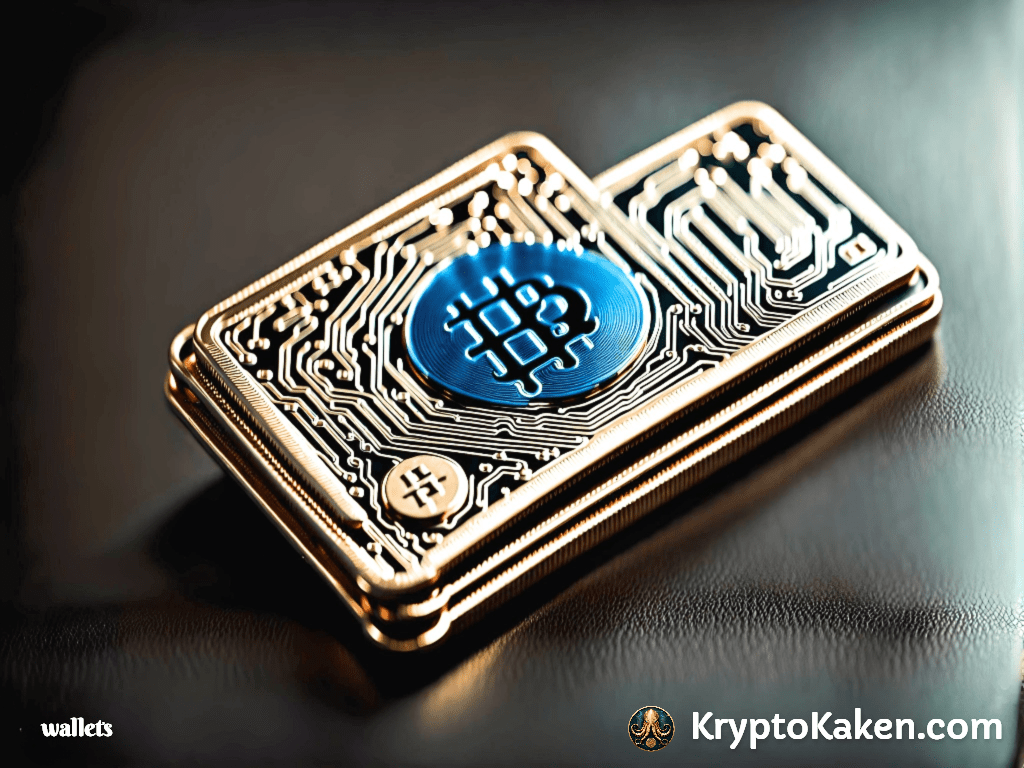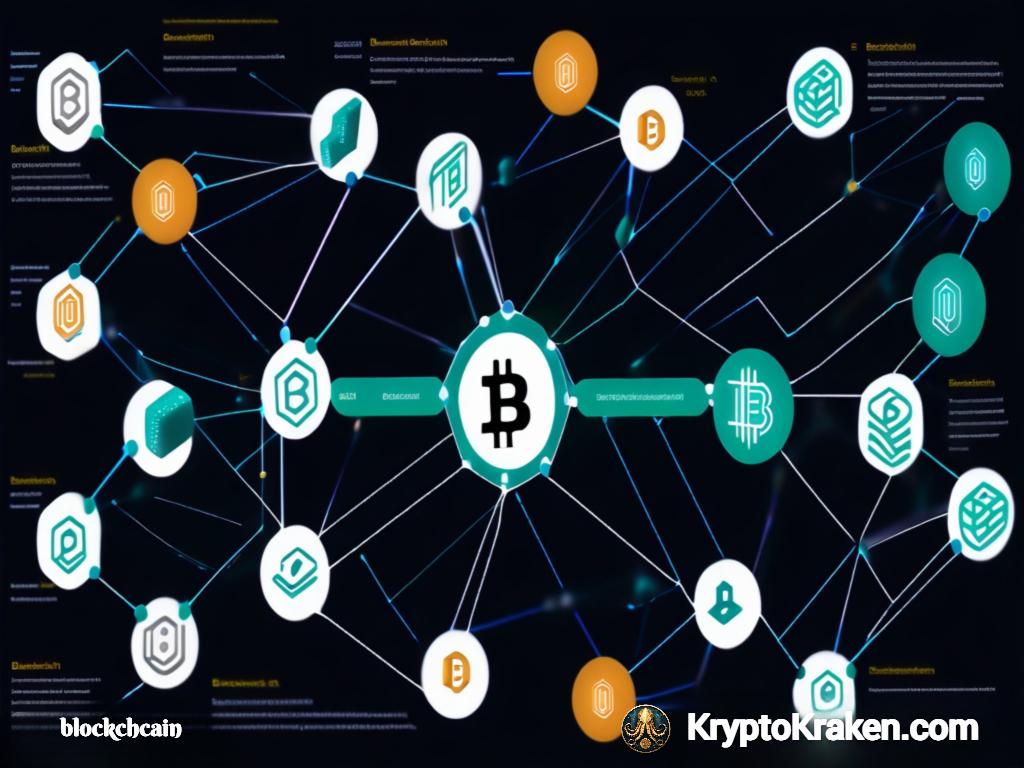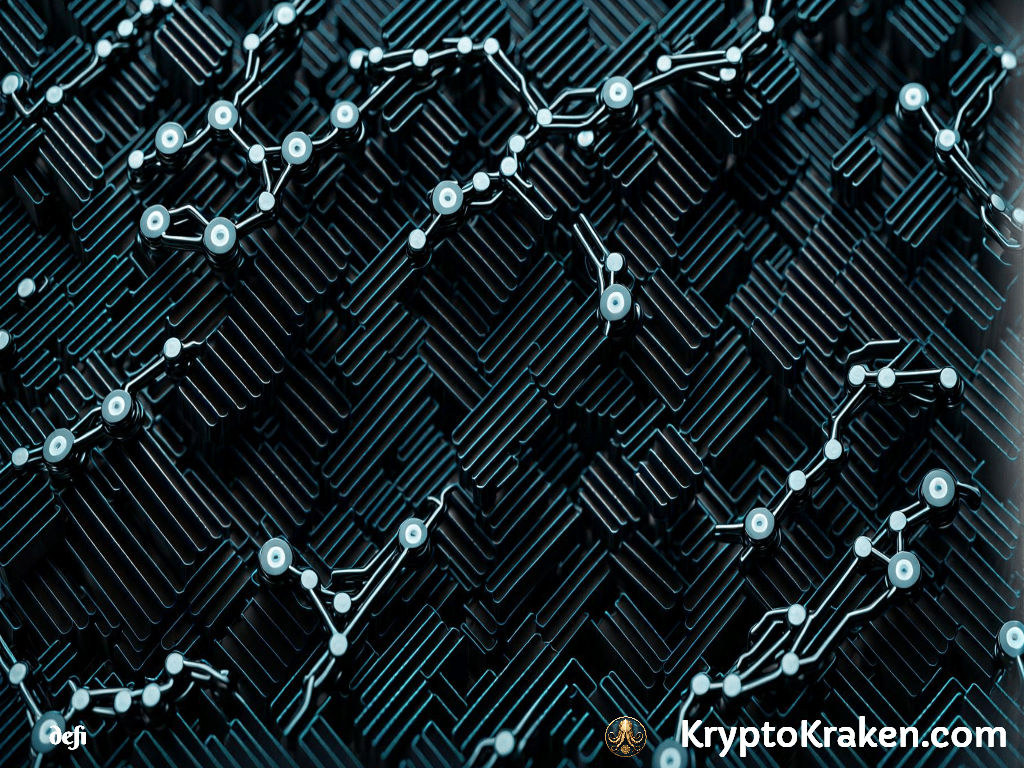
- August 24, 2023
- Dennis Frank
- 0
Table of Contents
The Top DeFi Projects to Invest in
Decentralized Finance (DeFi) has been rapidly gaining popularity in the financial market, revolutionizing traditional finance by leveraging smart contracts and blockchain technology. With the increasing demand for more decentralized, transparent, and accessible financial systems, DeFi has become one of the most promising sectors within the cryptocurrency ecosystem.
Understanding Decentralized Finance (DeFi)
What is Decentralized Finance?
Decentralized Finance, commonly known as DeFi, refers to a financial system built on decentralized blockchain technology. DeFi aims to create an open, transparent, and permissionless financial system that is accessible to everyone, without the need for intermediaries, such as banks or other financial institutions.
DeFi is a new and rapidly evolving field, and it has the potential to revolutionize the way we think about finance. By leveraging blockchain technology, DeFi enables users to transact directly with each other, without the need for a middleman. This not only reduces costs but also increases transparency and security.
The Evolution of DeFi
DeFi started with the creation of Bitcoin, a decentralized digital currency that enabled peer-to-peer transactions without the need for a central authority. Since then, several blockchain projects have emerged, each with its own unique features and use cases. Ethereum was among those projects that revolutionized DeFi by enabling the creation of smart contracts and decentralized applications (dApps).
Today, the DeFi ecosystem is rapidly expanding, with new projects and platforms being launched every day. These projects are creating innovative solutions to long-standing problems in the traditional financial system, such as high fees, slow transaction times, and limited access to financial services.
Key Components of DeFi Ecosystem
The DeFi ecosystem comprises several key components, including decentralized exchanges, lending and borrowing platforms, stablecoins, prediction markets, and insurance protocols. These components work together to create a financially inclusive ecosystem that provides users with a wide range of financial services.
Decentralized exchanges (DEXs) are one of the most popular components of the DeFi ecosystem. These platforms enable users to trade cryptocurrencies directly with each other, without the need for a central authority. This not only reduces costs but also increases transparency and security.
Lending and borrowing platforms are also an important component of the DeFi ecosystem. These platforms enable users to lend and borrow cryptocurrencies without the need for a middleman. This not only reduces costs but also increases access to credit for users who may not have access to traditional financial services.
Stablecoins are another important component of the DeFi ecosystem. These are cryptocurrencies that are designed to maintain a stable value, typically pegged to a fiat currency such as the US dollar. Stablecoins enable users to transact in cryptocurrencies without the volatility that is typically associated with other cryptocurrencies such as Bitcoin.
Prediction markets are a relatively new addition to the DeFi ecosystem. These platforms enable users to bet on the outcome of future events, such as elections or sporting events. This not only provides users with a new way to engage with the world but also creates a decentralized alternative to traditional betting platforms.
Insurance protocols are another important component of the DeFi ecosystem. These platforms enable users to purchase insurance against various risks, such as smart contract failures or hacks. This not only provides users with greater security but also reduces the risk of catastrophic losses in the event of a major security breach.
Overall, the DeFi ecosystem is rapidly evolving, and it has the potential to revolutionize the way we think about finance. By leveraging blockchain technology, DeFi enables users to transact directly with each other, without the need for a middleman. This not only reduces costs but also increases transparency and security. As the DeFi ecosystem continues to grow, we can expect to see even more innovative solutions to long-standing problems in the traditional financial system.
Evaluating DeFi Projects for Investment
Decentralized Finance (DeFi) is revolutionizing the traditional financial system by providing a more open, transparent, and accessible financial system. As the DeFi ecosystem continues to grow, new projects are emerging, offering unique solutions to various financial problems. However, not all DeFi projects are created equal, and investors must evaluate them carefully before investing their money. In this article, we will discuss the key factors to consider when evaluating DeFi projects for investment.
Market Capitalization and Tokenomics
Market capitalization and tokenomics are the first considerations when evaluating DeFi projects for investment. Market capitalization refers to the total market value of a cryptocurrency, which indicates the overall popularity of the project. A high market capitalization indicates that the project has a large user base, which can provide liquidity and stability to the token’s price. On the other hand, a low market capitalization indicates that the project is still in its early stages, and investing in it can be riskier.
Tokenomics refers to the token’s utility and its distribution model. A token with high utility can be used for various purposes within the DeFi ecosystem, such as staking, governance, and liquidity provision. A well-designed distribution model can ensure that the token is distributed fairly and that the project has a robust and engaged community. Read more about tokenomics in the article What are the Basics of Tokenomics? What You Need to Know
Project Utility and Use Cases
Another critical factor to consider when evaluating DeFi projects is their utility and use cases. A DeFi project’s utility determines its real-world value and adoption potential, while its use cases determine where and how it can be used in the DeFi ecosystem. For example, a project that provides a decentralized exchange (DEX) solution can have a high utility value, as it can enable users to trade cryptocurrencies without relying on centralized exchanges. Similarly, a project that offers a lending and borrowing solution can have a high adoption potential, as it can provide users with access to credit without relying on traditional financial institutions.
Team and Community Support
The team behind a DeFi project is crucial to its success. This includes the developers, advisory board, and investors. A strong team with extensive experience in the cryptocurrency industry is more likely to deliver a robust and successful project. Investors should look for projects that have a clear roadmap, a transparent development process, and a strong community of supporters. Community support is also essential, as it can help increase the project’s adoption, liquidity, and market value. A project with an active and engaged community is more likely to succeed than one without.
Security and Audits
Security is essential in any decentralized ecosystem, with DeFi being no exception. Investors should look for projects that have undergone multiple security audits to ensure that they are safe from potential hacks or attacks. Audits by reputable firms can help ensure transparency and credibility, which are critical for gaining investor trust. Additionally, investors should also consider the project’s smart contract architecture, as a well-designed architecture can minimize the risk of potential vulnerabilities.
In conclusion, evaluating DeFi projects for investment requires careful consideration of various factors, such as market capitalization, tokenomics, project utility and use cases, team and community support, and security and audits. By considering these factors, investors can make informed decisions and invest in projects that have the potential to deliver long-term value.
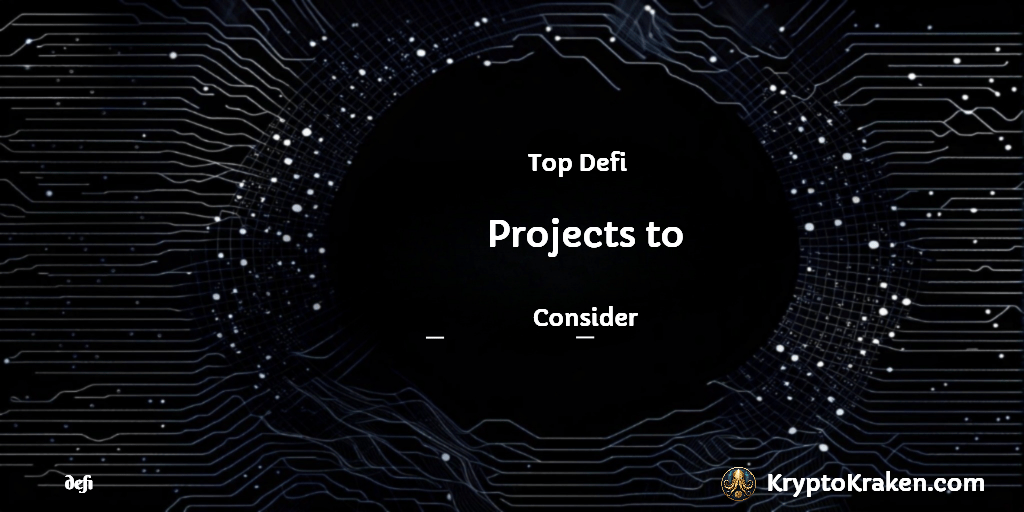
Top DeFi Projects to Consider
Decentralized Finance (DeFi) is a rapidly growing sector in the blockchain industry. DeFi projects aim to provide financial services without the need for intermediaries, such as banks or brokerages. The following are some of the top DeFi projects to consider:
Uniswap (UNI)
Uniswap is a decentralized exchange built on the Ethereum blockchain. It enables users to swap Ethereum-based tokens with no intermediaries, enabling fast, low-cost transactions. Uniswap’s innovative Automated Market Maker (AMM) system allows market prices to be determined by the ratio of tokens present in the liquidity pool.
Uniswap has quickly become one of the most popular DeFi projects, with a daily trading volume of over $1 billion. The platform’s user-friendly interface and low fees have made it a favorite among traders and investors.
Aave (AAVE)
Aave is a decentralized lending and borrowing protocol built on the Ethereum blockchain. It enables users to borrow Ethereum-based assets, as well as deposit them to earn interest. Aave utilizes a unique collateral swapping feature that allows users to switch between different collateral types, making it more flexible and accessible to users.
Aave has been gaining popularity in the DeFi space due to its innovative features and user-friendly interface. The platform has over $3 billion in total value locked, making it one of the largest DeFi projects in the industry.
Compound (COMP)
Compound is a decentralized lending and borrowing protocol built on the Ethereum blockchain. It enables users to earn interest on deposited assets and borrow other crypto assets. Compound’s governance token, COMP, gives holders voting rights in the protocol’s governance. It is one of the most popular DeFi projects, with its user base growing rapidly since its launch.
Compound has over $9 billion in total value locked, making it one of the largest DeFi projects in the industry. The platform’s unique interest rate model and governance structure have made it a popular choice for users and investors alike.
Yearn.Finance (YFI)
Yearn.Finance is a yield aggregator that enables users to optimize their returns through yield farming. Yield farming involves depositing cryptocurrency into a liquidity pool to earn returns. Yearn.Finance automates the process by finding the best available yields from various DeFi protocols, providing users with the highest returns possible.
Yearn.Finance has quickly become one of the most popular DeFi projects, with its governance token, YFI, reaching a price of over $40,000 in September 2020. The platform’s innovative yield optimization strategies have made it a favorite among investors seeking high returns.
MakerDAO (MKR)
MakerDAO is a decentralized lending platform built on the Ethereum blockchain. It enables users to borrow the platform’s native stablecoin, Dai, with ETH or other Ethereum-based assets as collateral. MakerDAO’s governance token, MKR, enables holders to have a say in the network’s decisions, including monetary policy, collateralization ratios, and debt ceilings.
MakerDAO has been a pioneer in the DeFi space, being one of the first projects to launch a stablecoin backed by collateral. The platform’s stablecoin, Dai, has become a popular choice for users seeking a stable cryptocurrency that is not tied to the volatility of traditional cryptocurrencies.
These are just a few of the many DeFi projects that are revolutionizing the financial industry. As the DeFi space continues to grow and evolve, we can expect to see more innovative projects emerge, providing users with new and exciting ways to access financial services.
Conclusion
The DeFi sector is rapidly evolving, with new projects launching almost every day. The above five DeFi projects are some of the most promising options for investors seeking to diversify their portfolios. However, investors should always do their own research and seek professional advice before investing in any cryptocurrency.



